Gubeikou ‘Panlongshan’ Great Wall
A collection of 90+ photos from various visits and hikes at the Gubeikou ‘Panlongshan’ Great Wall.
What’s in this post?
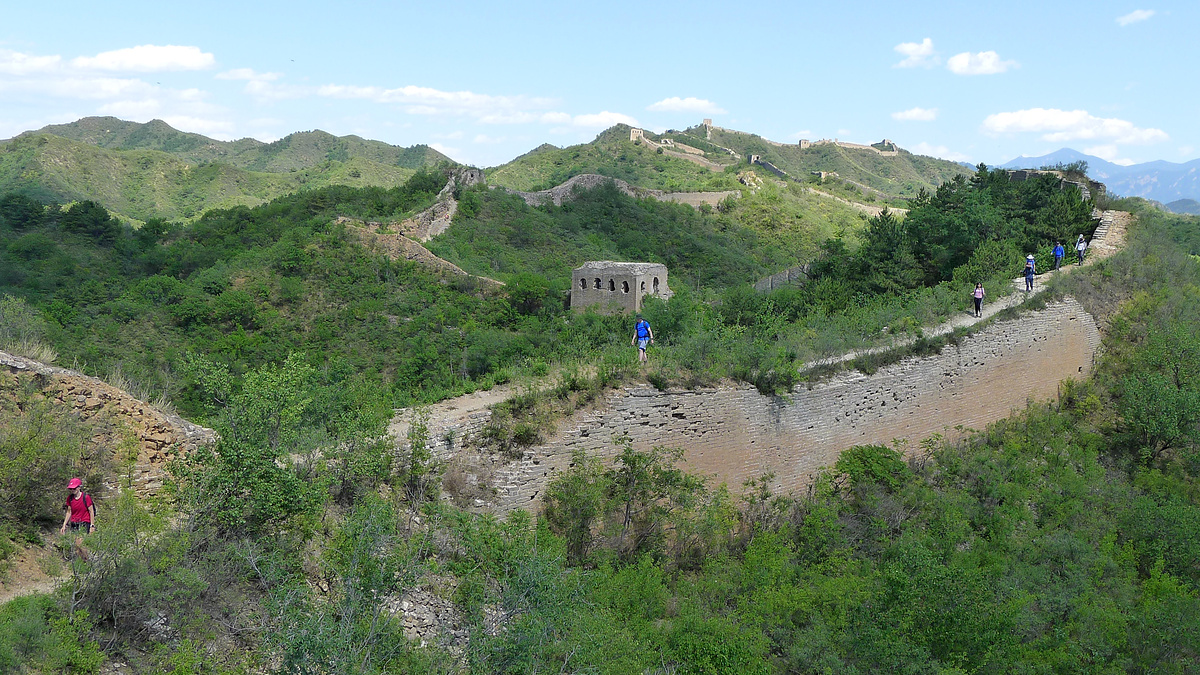
I’ve probably hiked this part of the Great Wall at least fifty times, and I actually don’t mind because there’s plenty for a curious person to look at—construction methods, additions and modifications, secret arches, etc., etc.
My first visit to Gubeikou was in 2007, before the Jingcheng Expressway was finished, when the only way to get here was to follow the old national road all the way out. Back then f.k.a. HJ and I had travelled out to try the hike from Gubeikou over to Jinshanling. (An aside about Jinshanling: I’d visited that part of the Great Wall two years earlier, in 2005, when I DJ’d at the infamous Great Wall party that resulted in China Daily articles titled “Wild orgies leave the Great Wall in mess, and tears”, and “No more rave parties at the Great Wall”.)
Anyways, I’ve borrowed some of f.k.a. HJ’s photos from that first visit and collected a bunch of photos that I’ve taken over the years on various hikes, and the photos in this post will cover pretty much all of the Gubeikou ‘Panlongshan’ Great Wall. I’ve included shots of some of the more unusual or interesting features of the wall here, and also some 1930s-era photos I found.
(This is part of a planned series of three Gubeikou posts—the others being one about the Wohushan Great Wall on the west side of Gubeikou, and another with general and historical info about the Gubeikou Great Wall. I’ll link to the other two posts when they’re finished.)
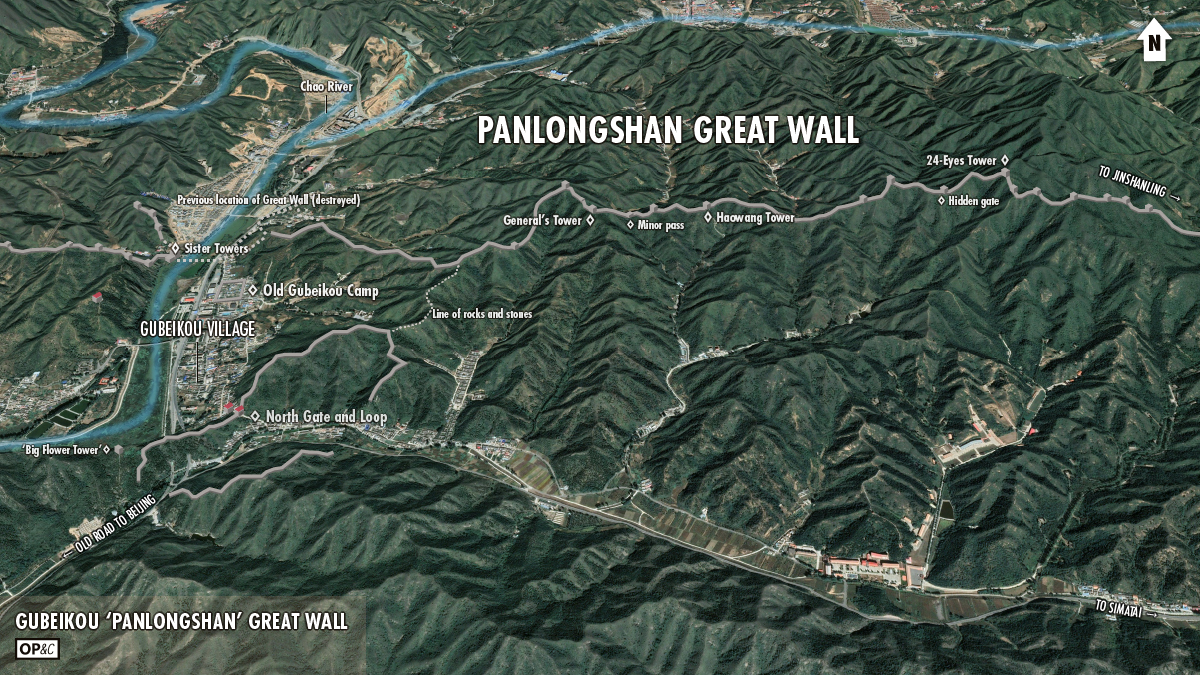
The photos in this post are separated into three sections: the General’s Tower part, the Haowang Tower area, and the Top Section. On the above map you’ll see labels for the General’s Tower, Haowang Tower, and 24-Eyes Tower, which is the highest tower on the top section.
The General’s Tower part
If you’re starting at the North Gate and middle loop of Great Wall at Gubeikou and heading for the Panlongshan section you’ll arrive at the main line of Great Wall not too far from the General’s Tower. The photos below are roughly in the order you’d see them if you were hiking through from Gubeikou’s North Gate.
A lot of the General’s Towers you find on the Great Wall were command posts for Ming Dynasty generals. The General’s Tower at Gubeikou is a bit different—named not for a Ming-era command post, but for a General of the Chinese army who was pulverised by a Japanese grenade in this tower during a close-quarters melee in the 1933 Battle of the Great Wall.
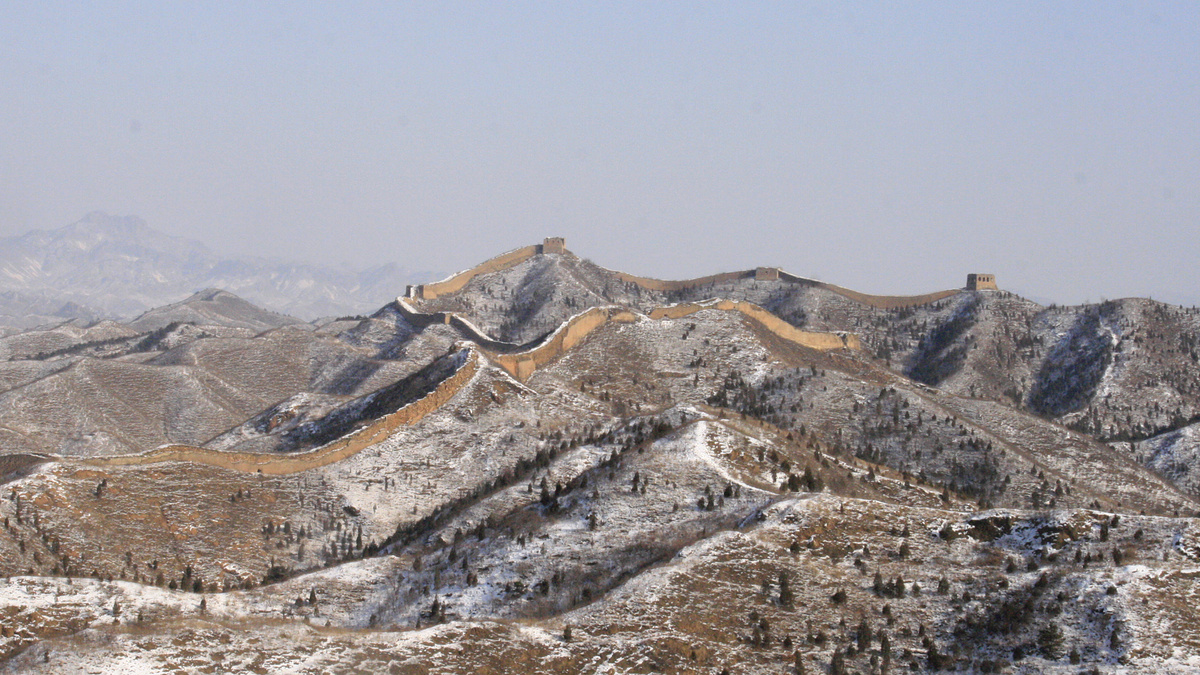
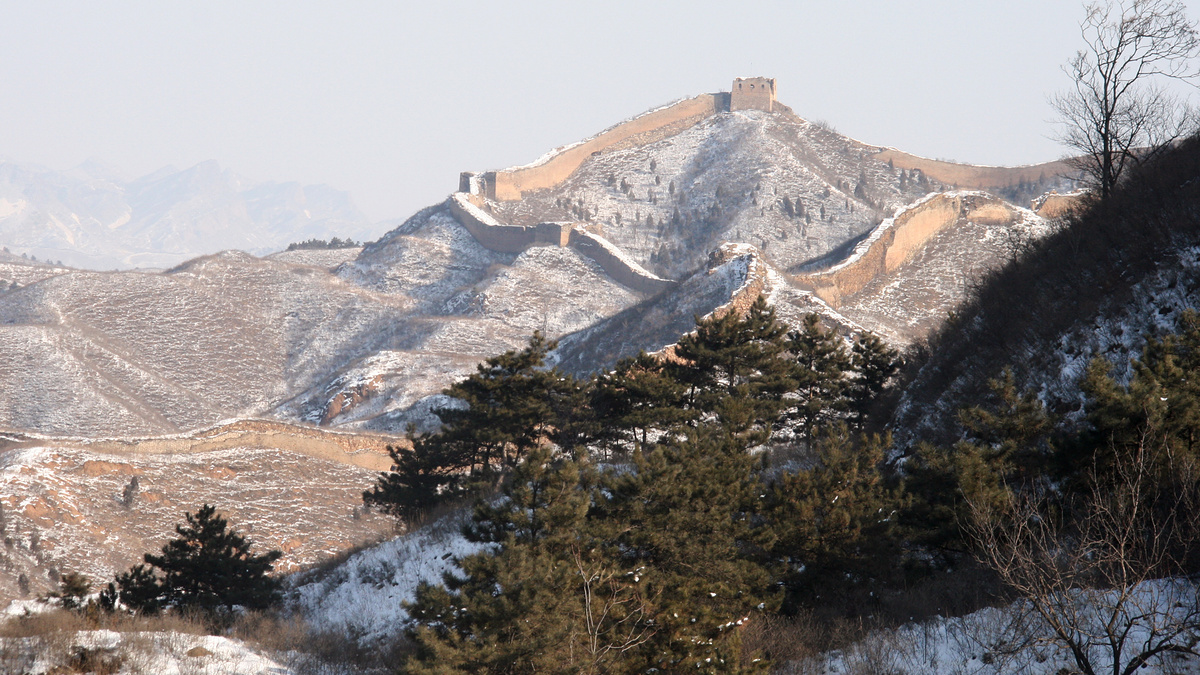
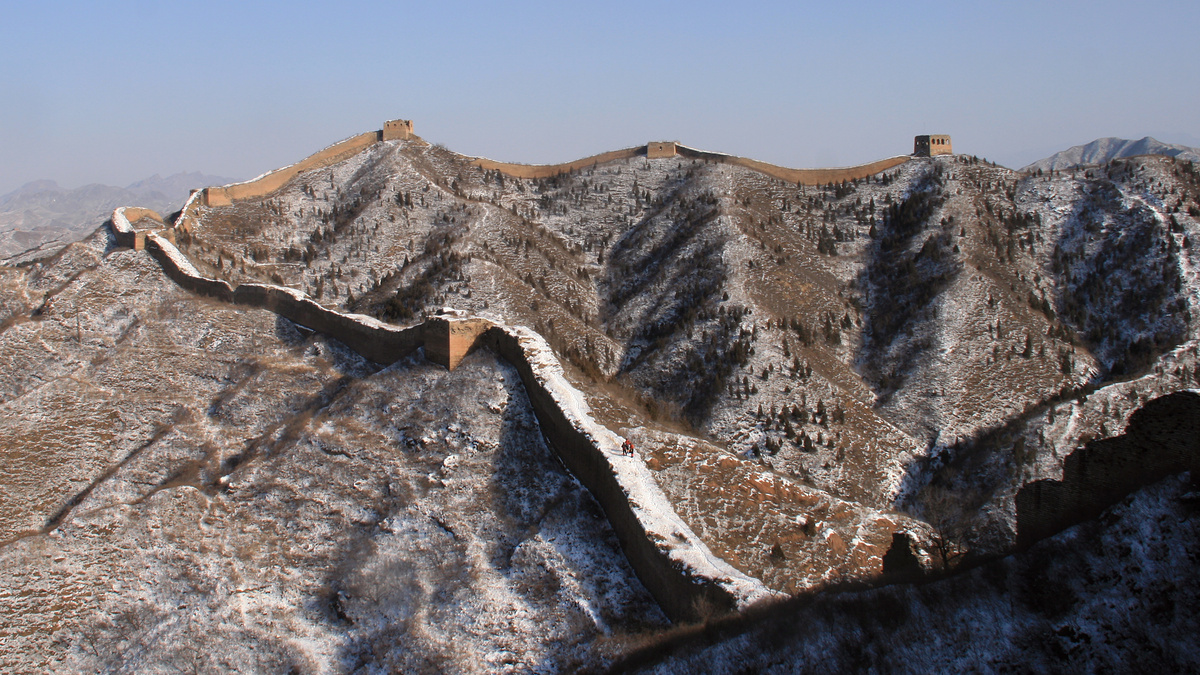
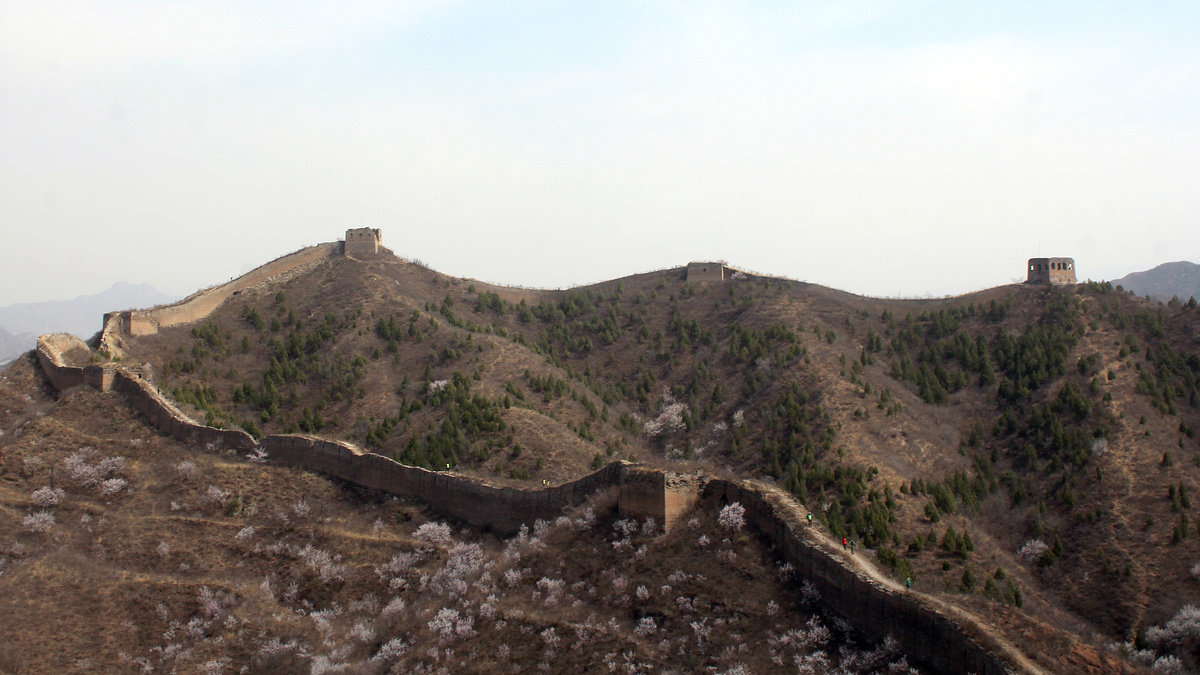
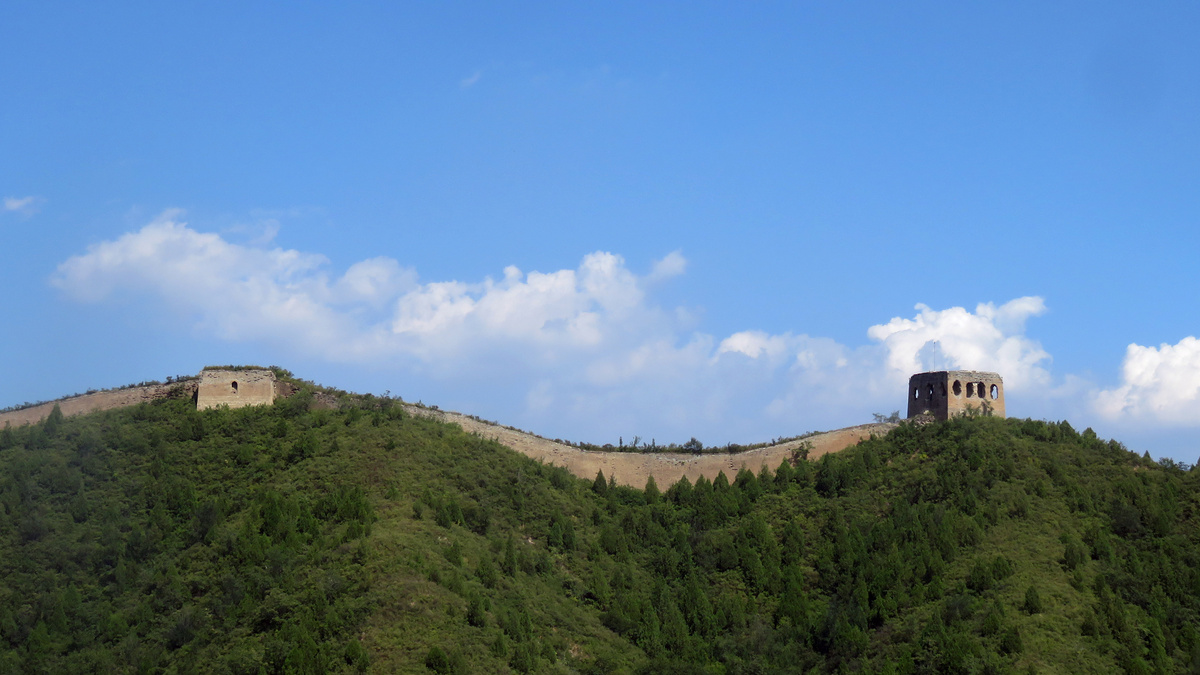
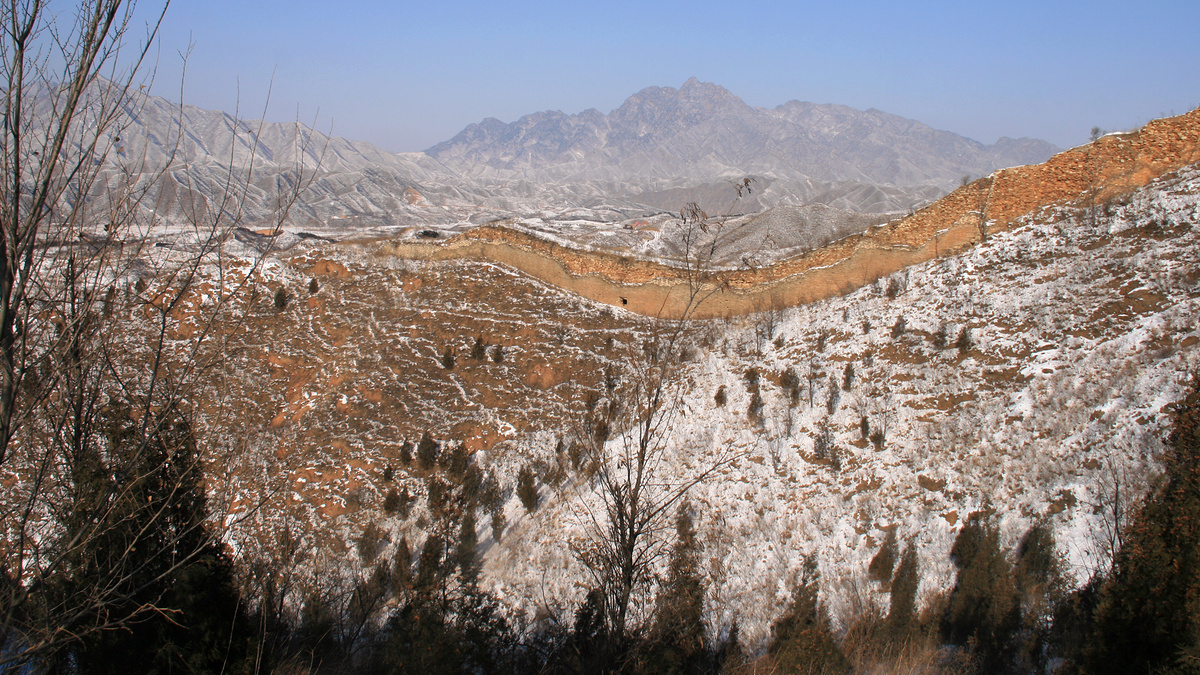
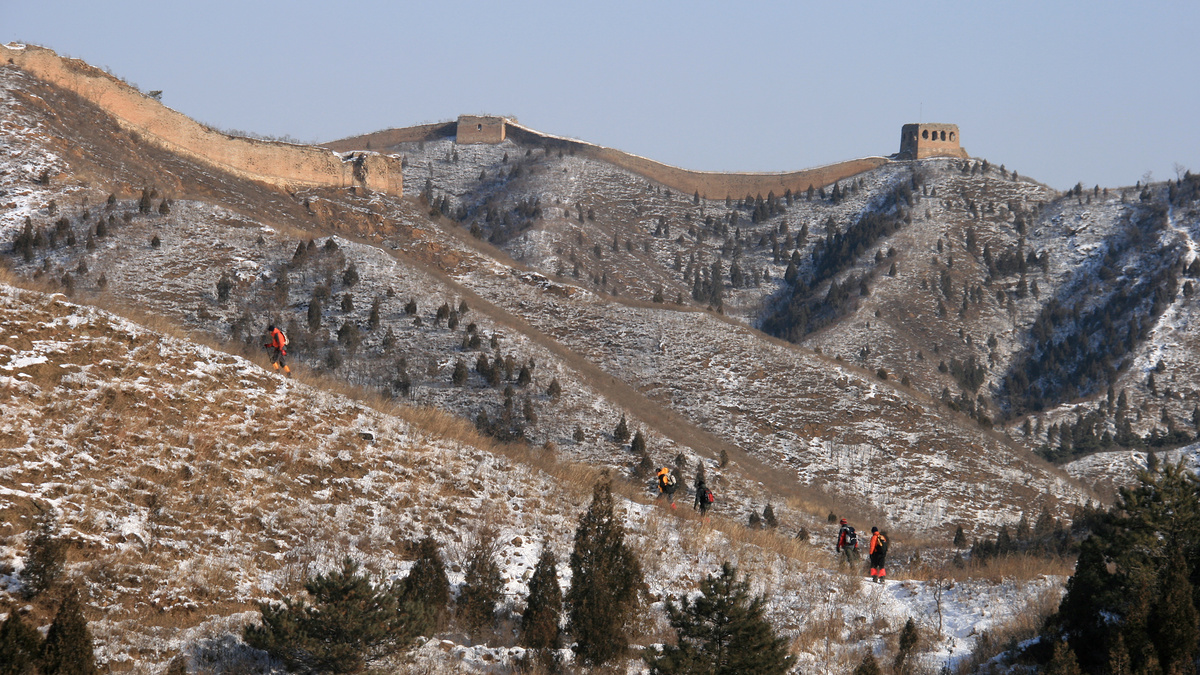
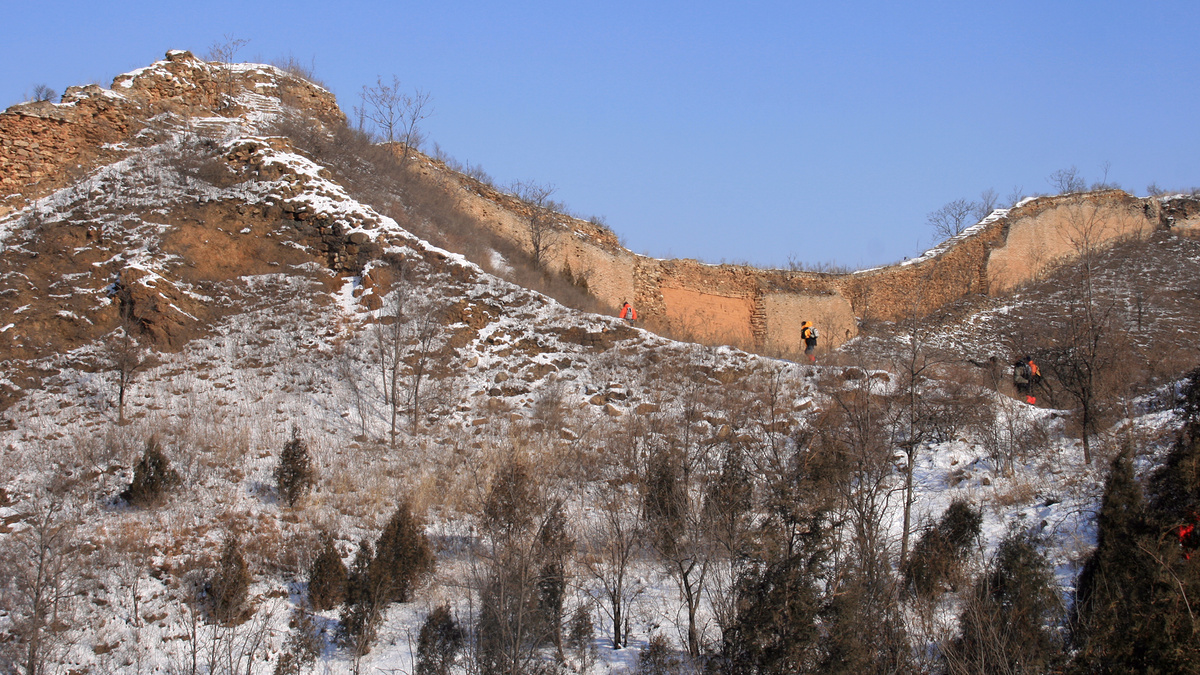
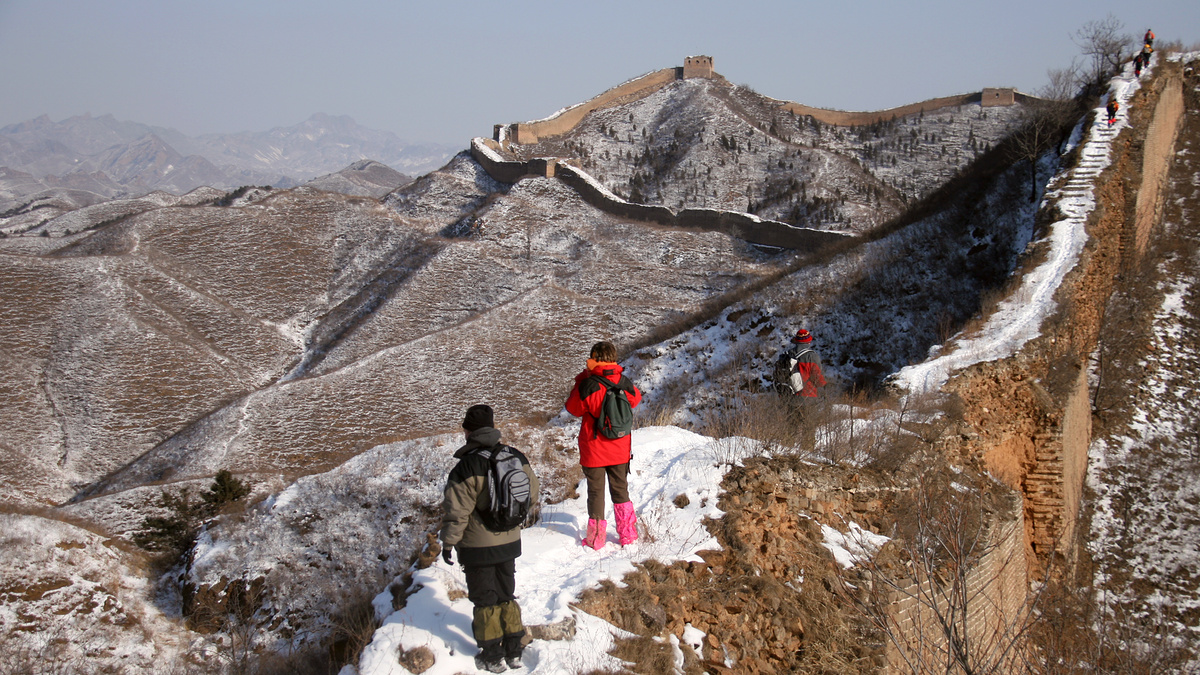
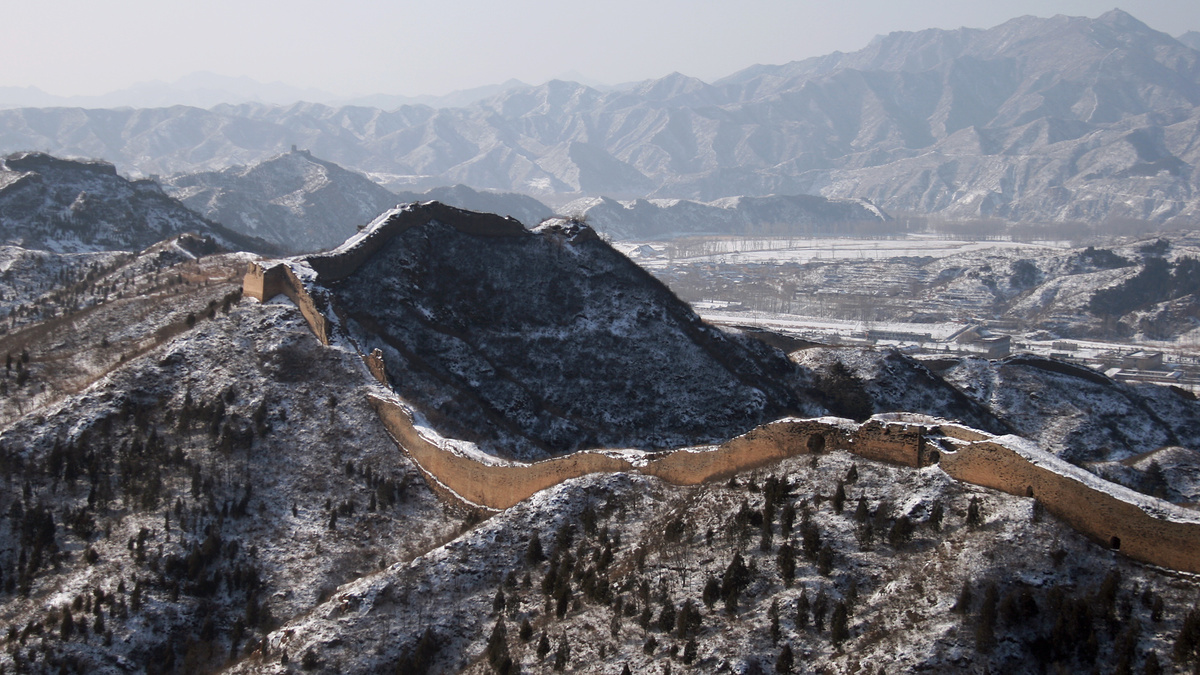
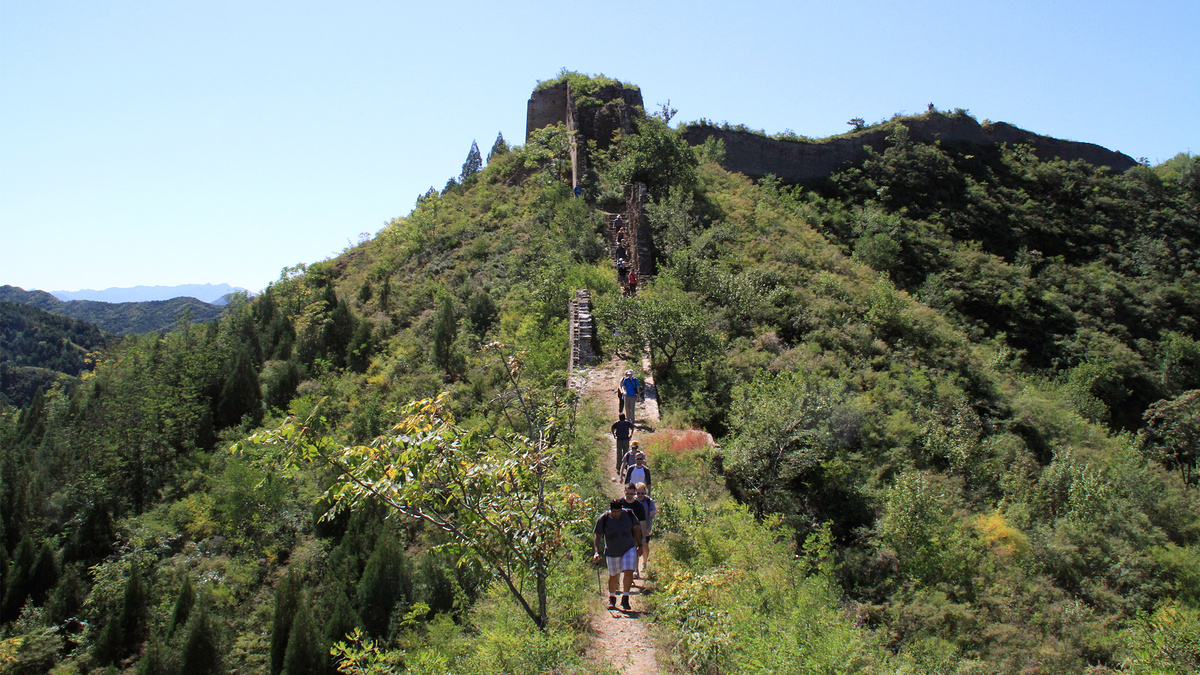
Interesting feature #1
There’s a circular bore in a square foundation block beside the tower in the above photo. It looks like it collects water. But it could also have been the base for a narrow pillar?
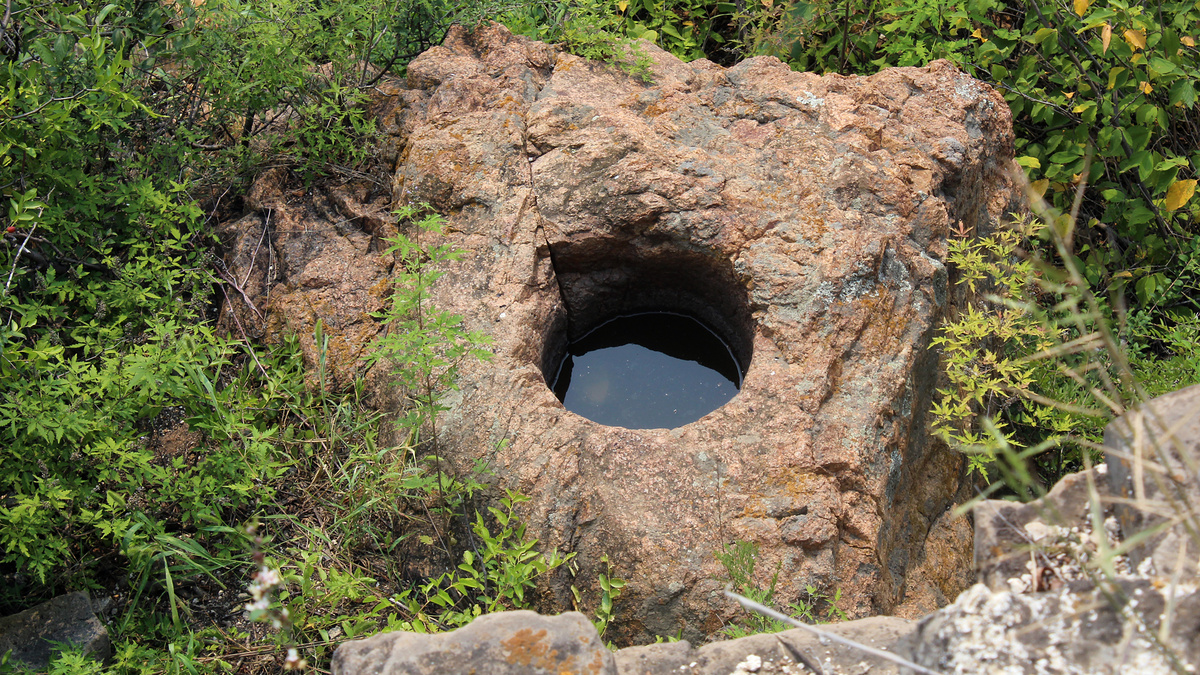

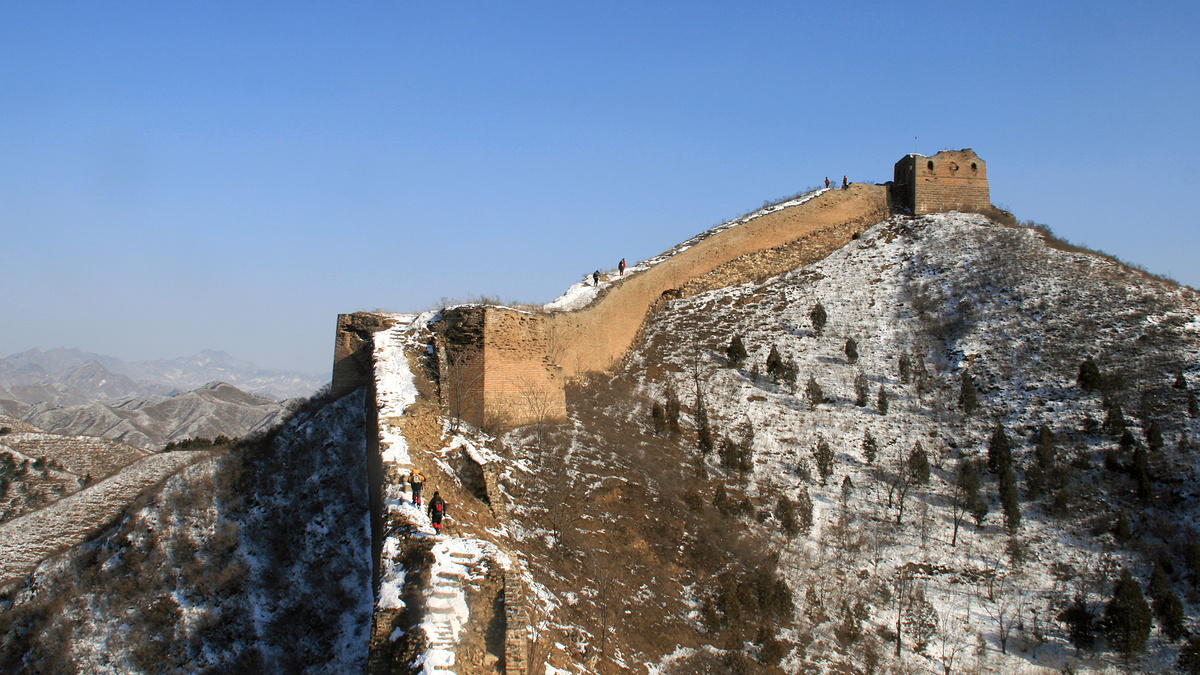
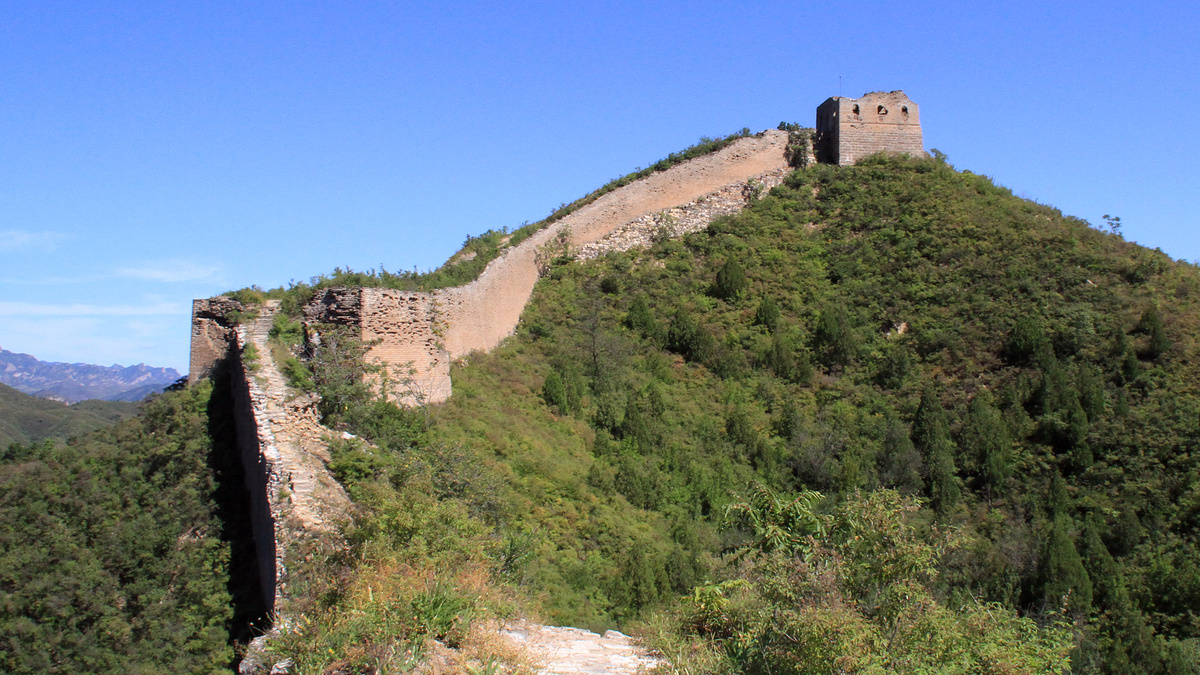
Interesting feature #2
Very close to where I was standing to take the preceding two photos are several holes knocked out of the battlements, used as makeshift firing holes during the 1933 Battle of the Great Wall. There’s another larger firing hole by the Exploded Tower, too. This demonstrates how the wall and towers were placed to view and control the approaches on nearby hills, useful in both ancient and more modern times.
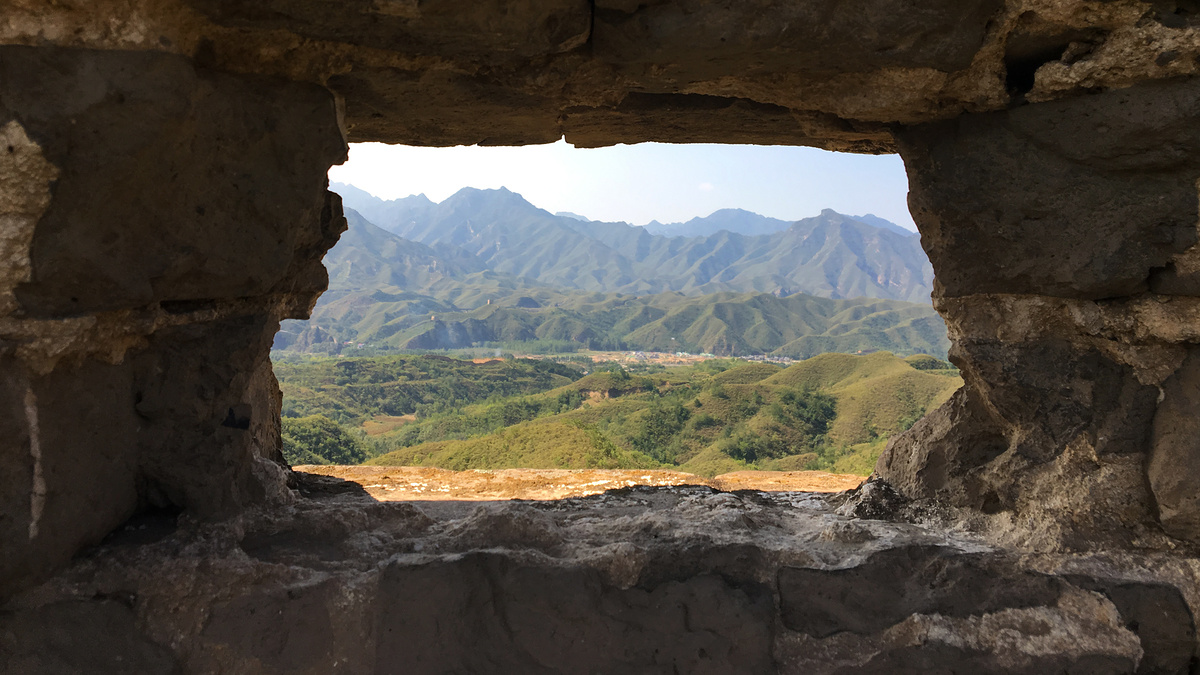
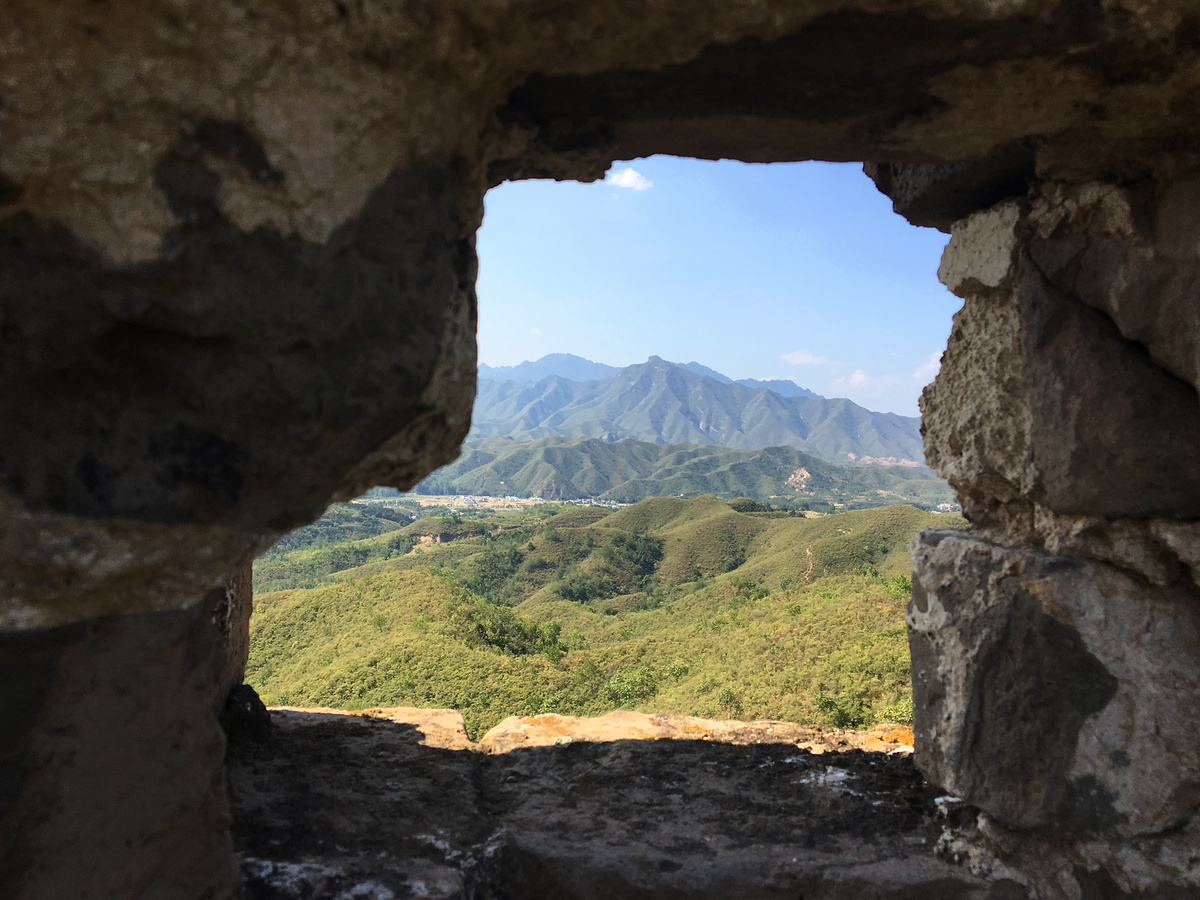
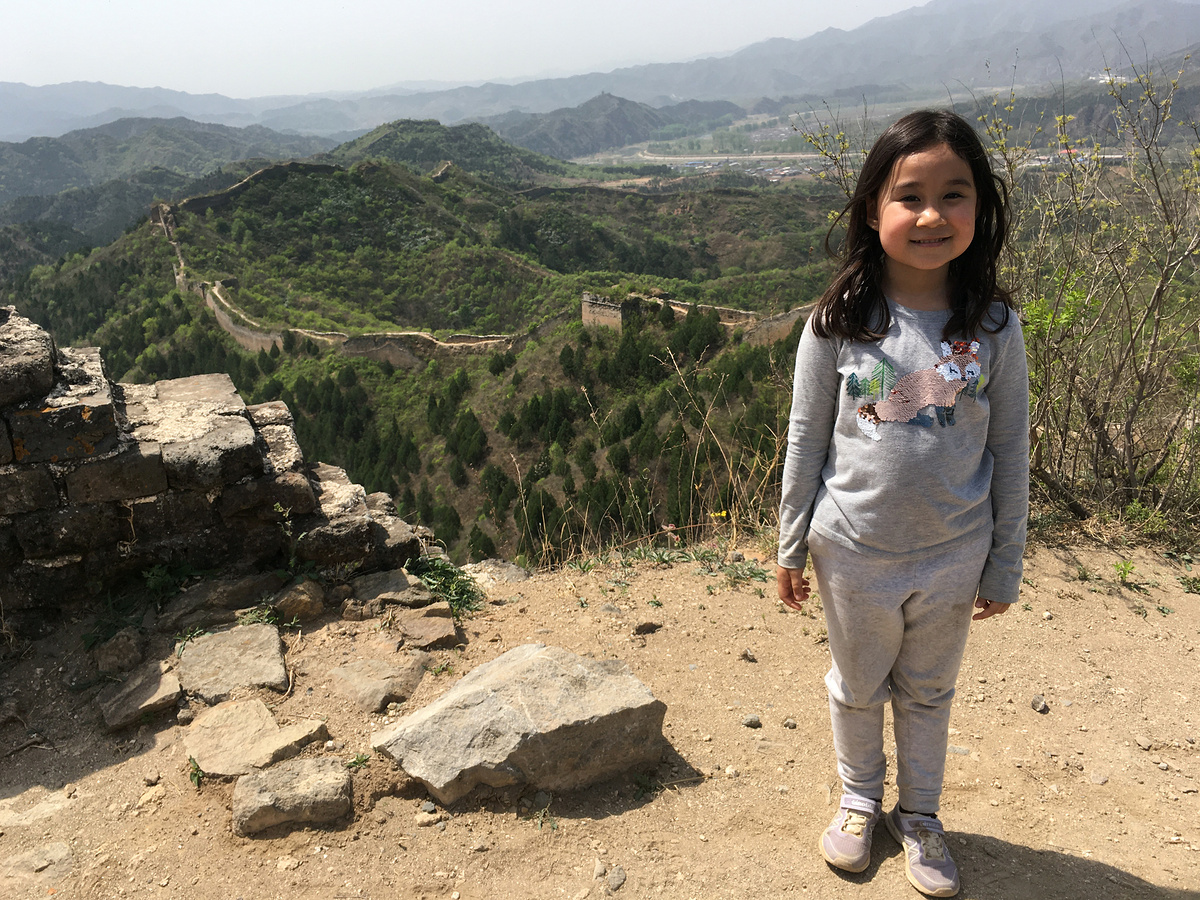
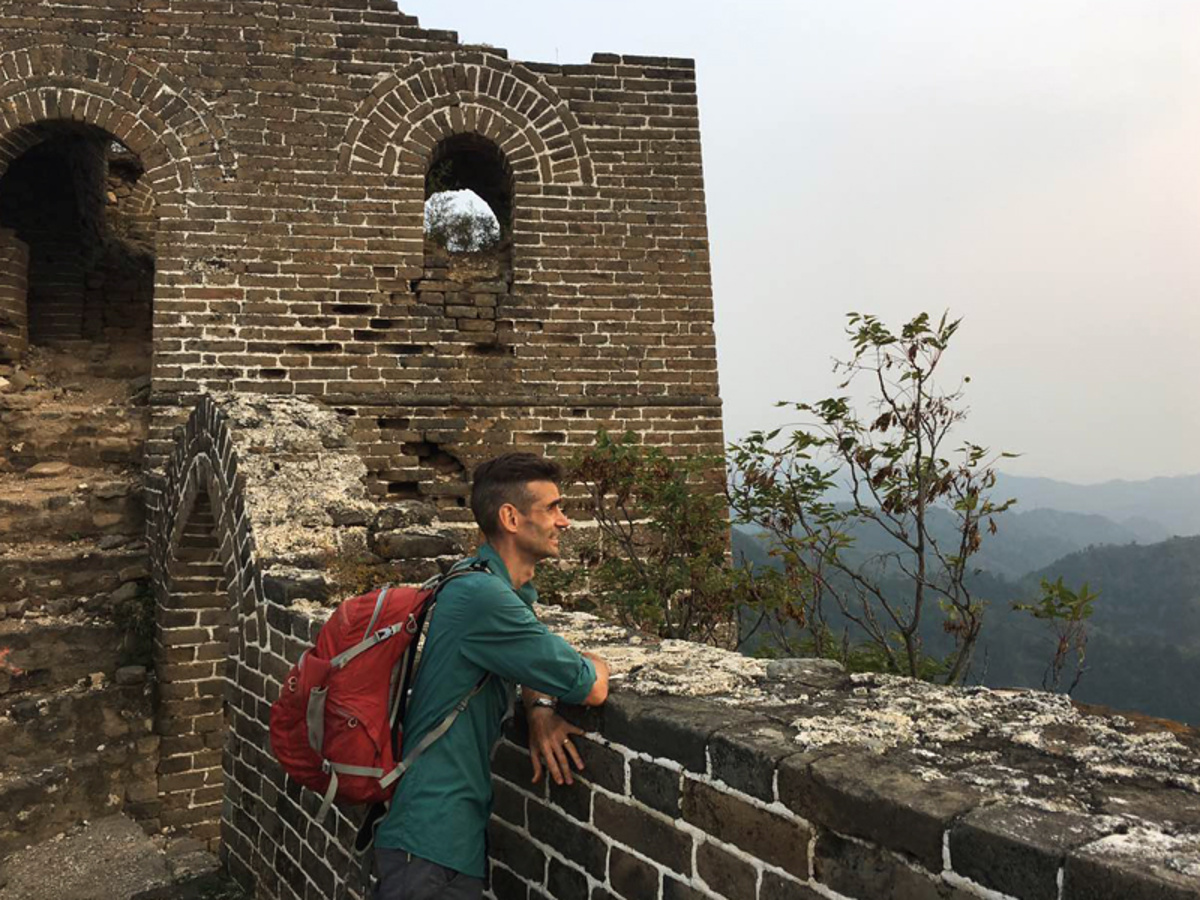
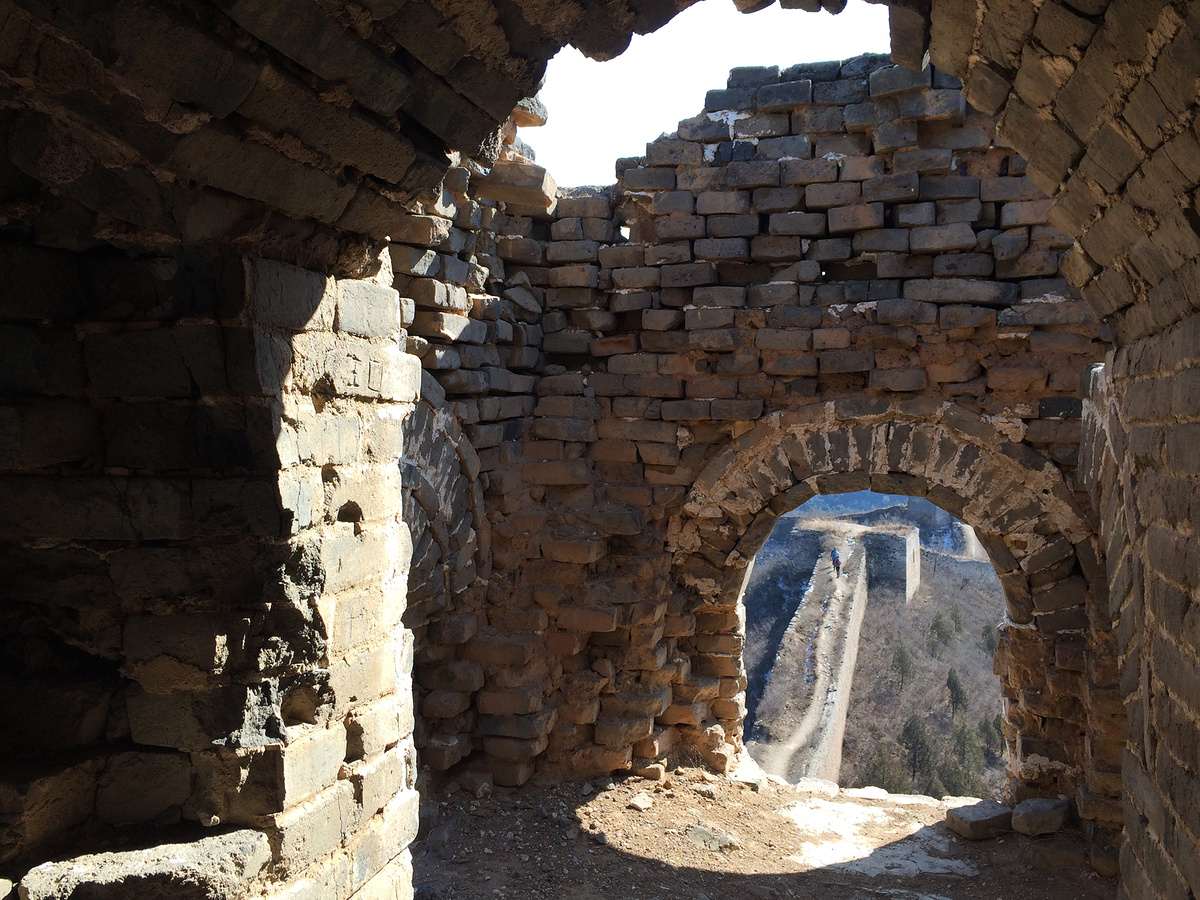
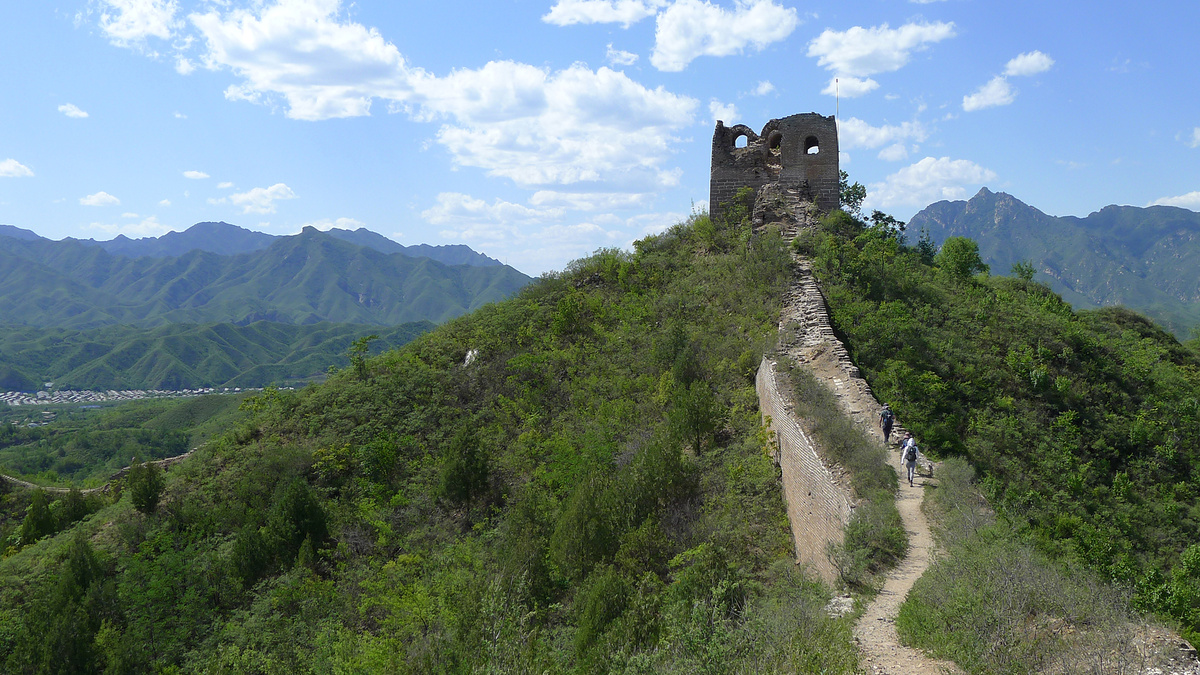
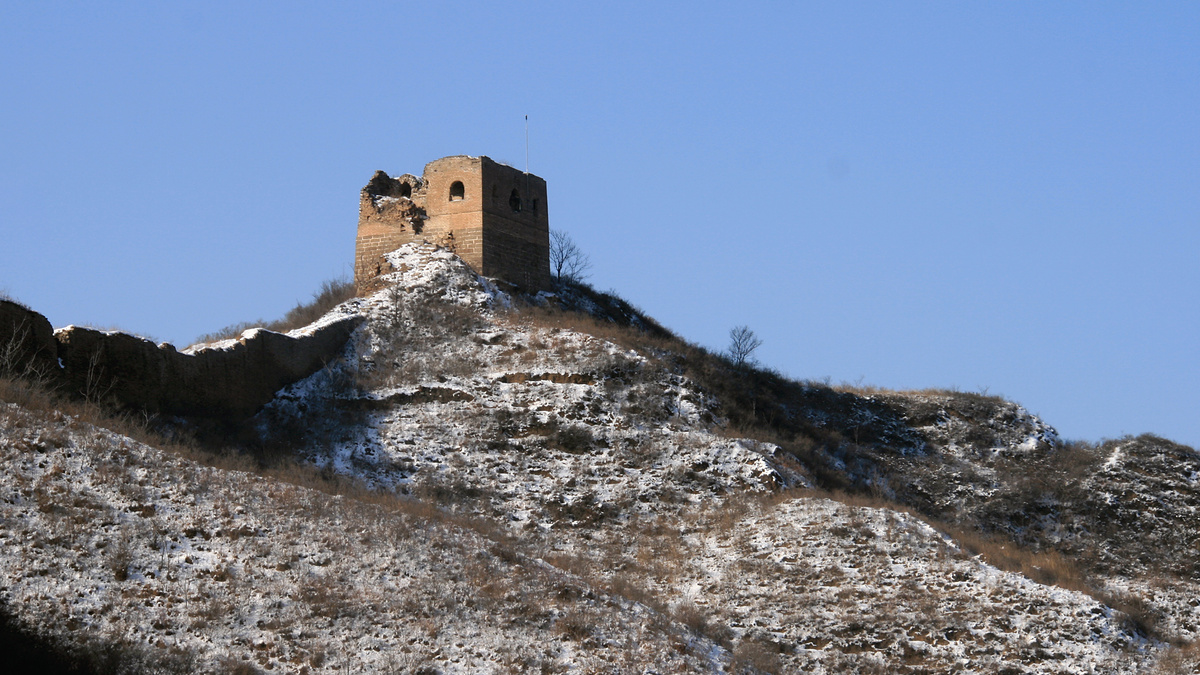
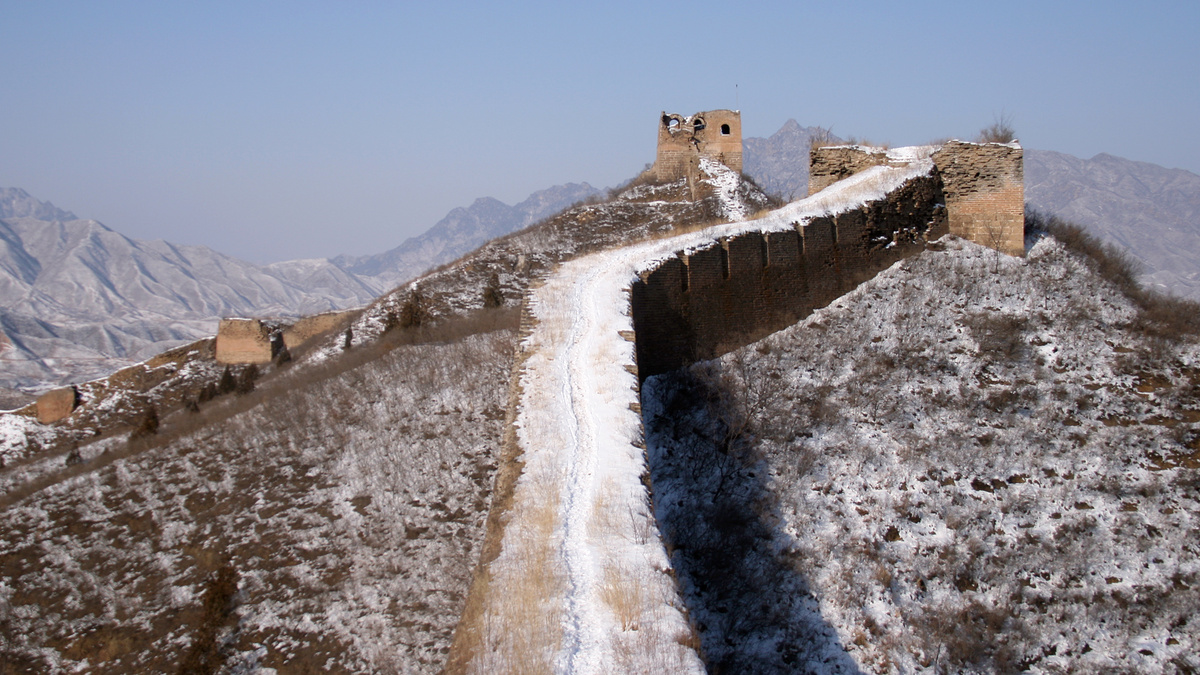
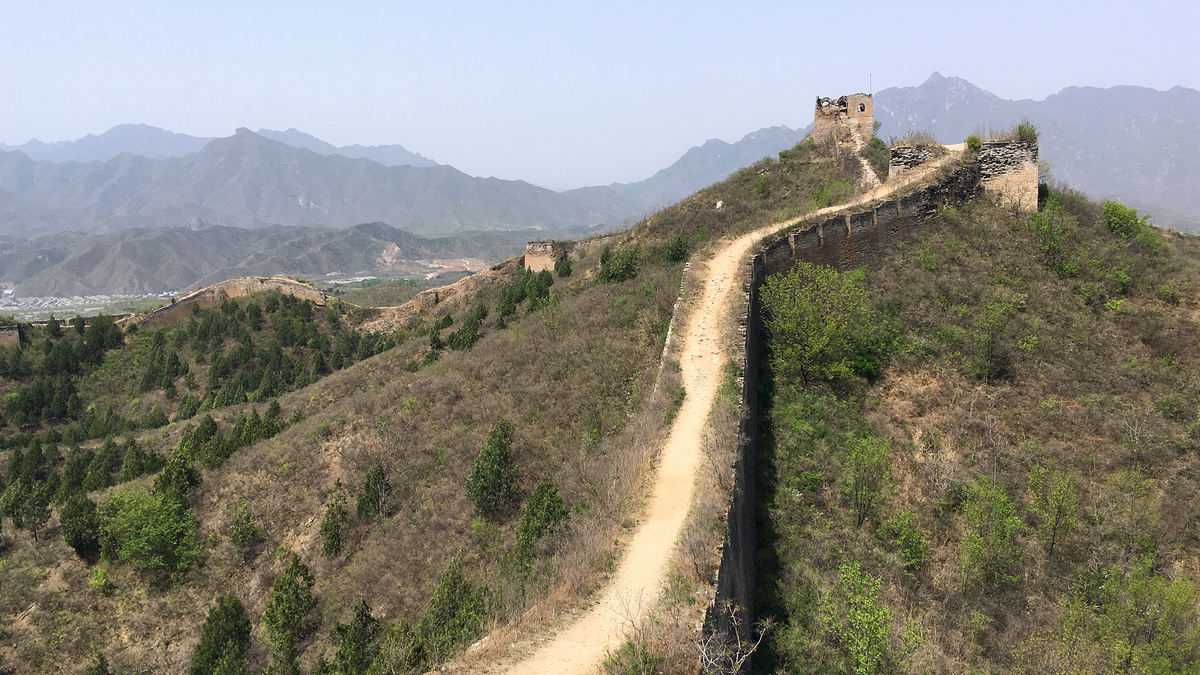
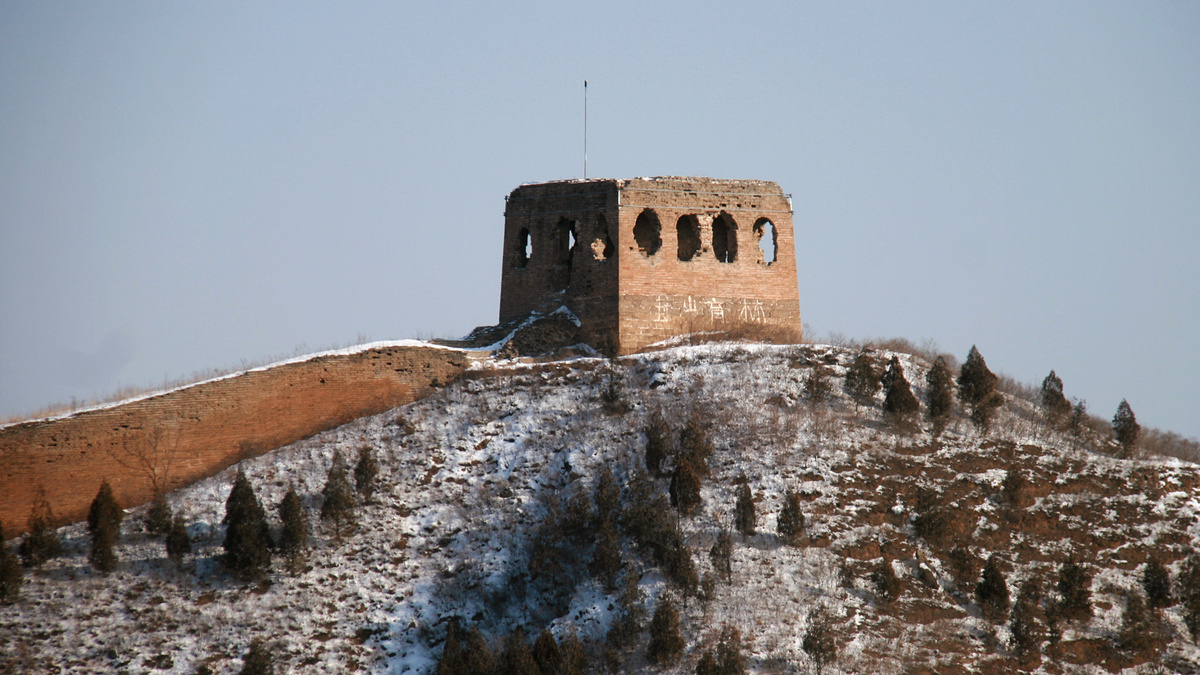
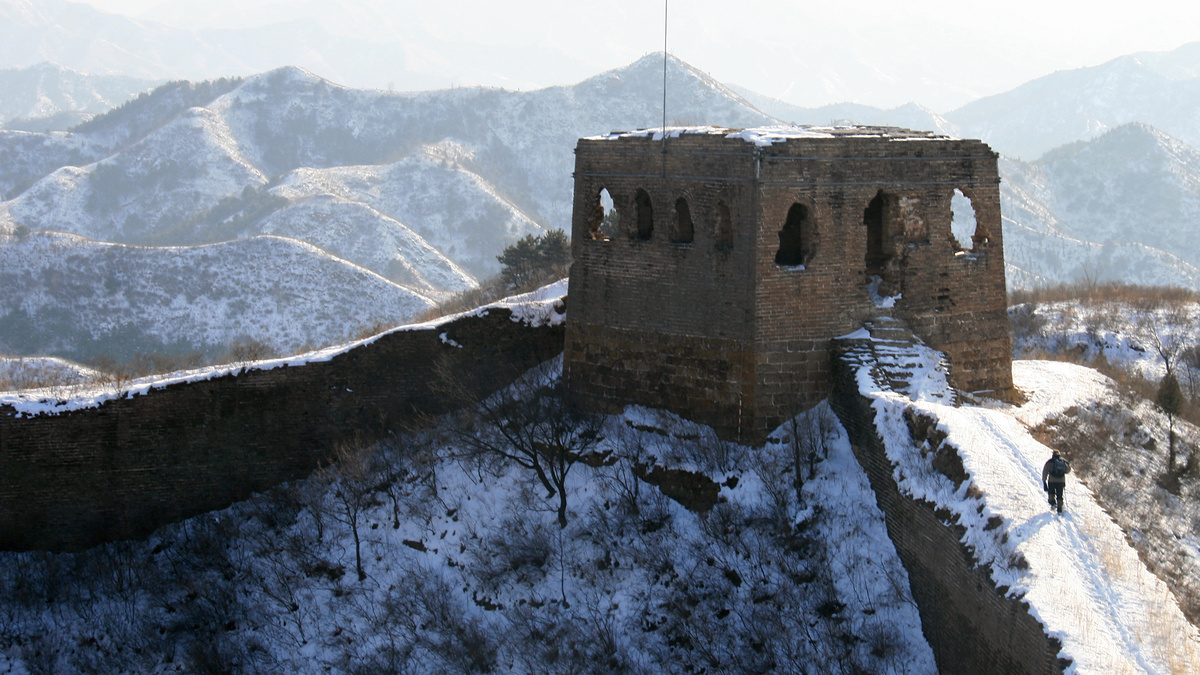

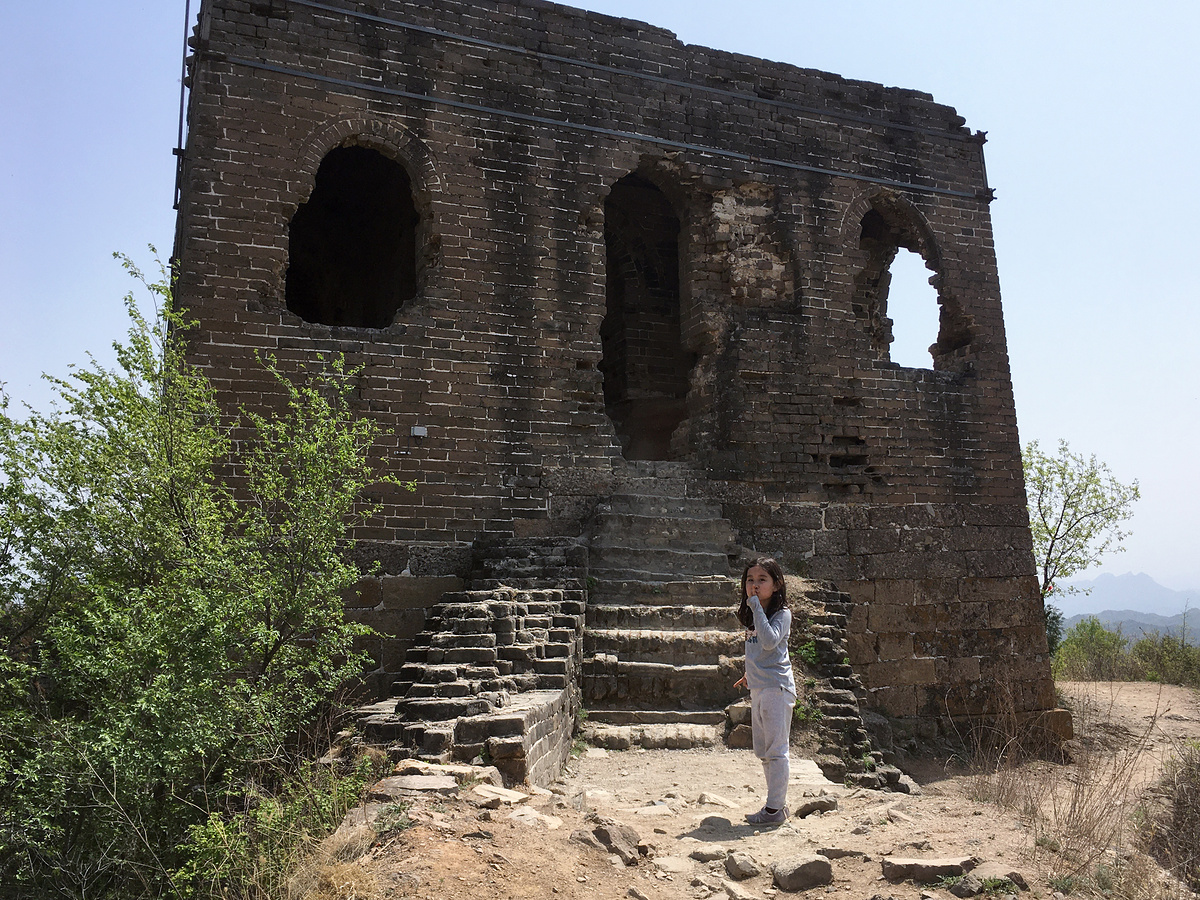
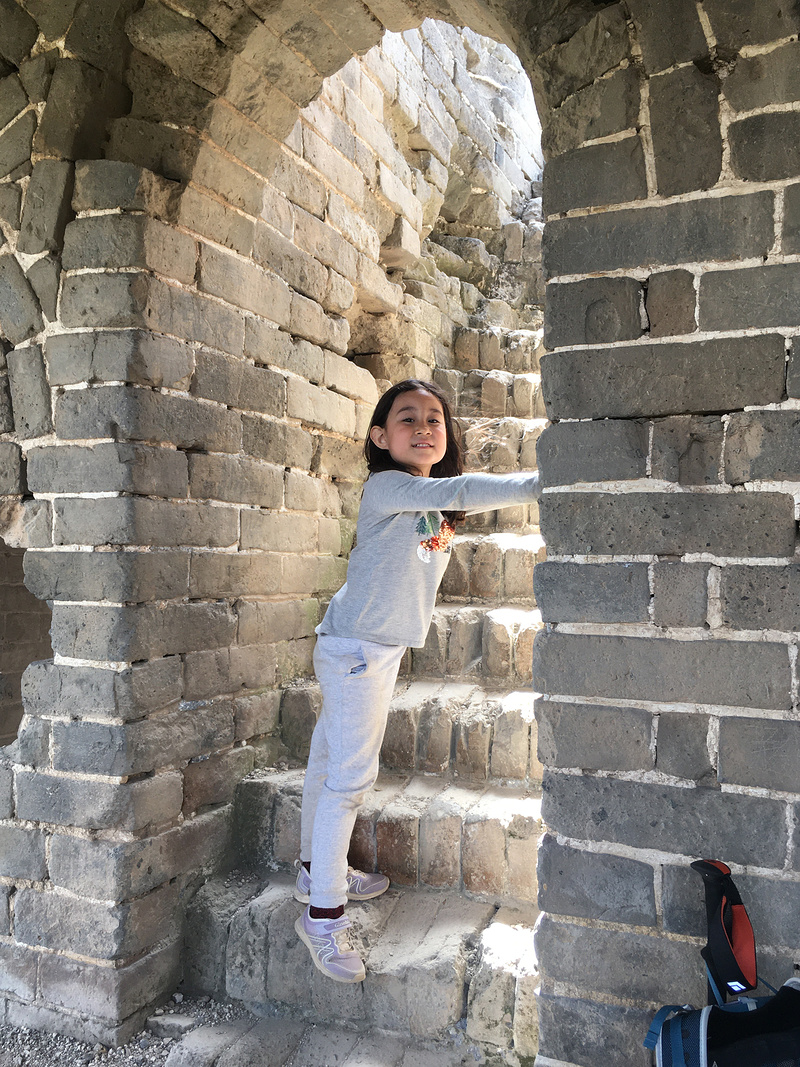
Interesting feature #3
The General’s Tower has an octagonal inner chamber, a uncommon design.

Interesting feature #4
Stamps in the bricks used to build the wall sometimes served as a ‘makers mark’ for quality control and in some cases can also be used to date the construction. At Gubeikou—especially in and around the General’s Tower—there are bricks with various imprints. One reads “Seventh Year of the Wanli Emperor”, which was 1578 AD. (Internet points are available if you can help me translate any of the other stamps.)
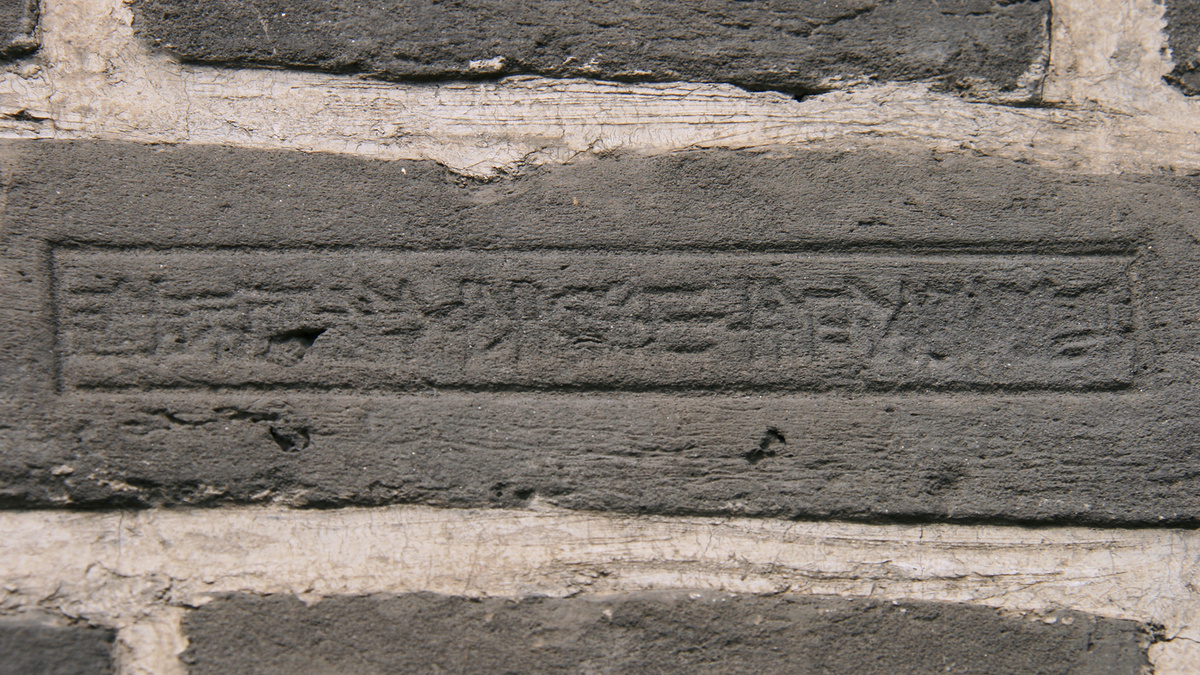
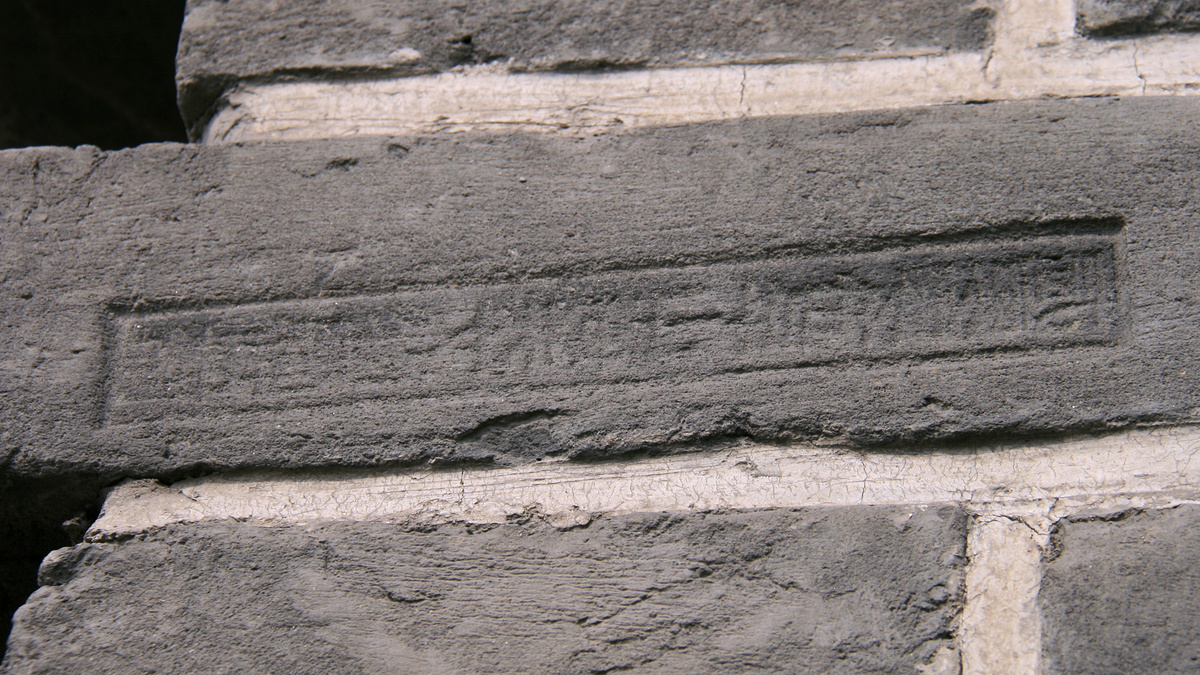

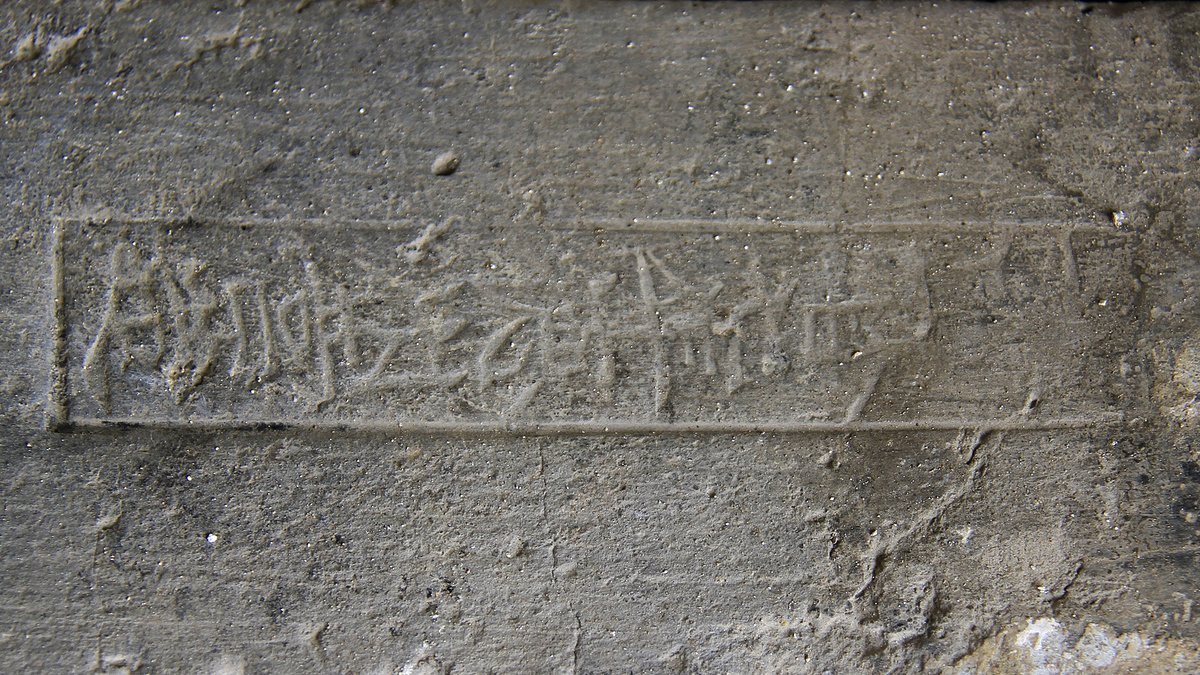

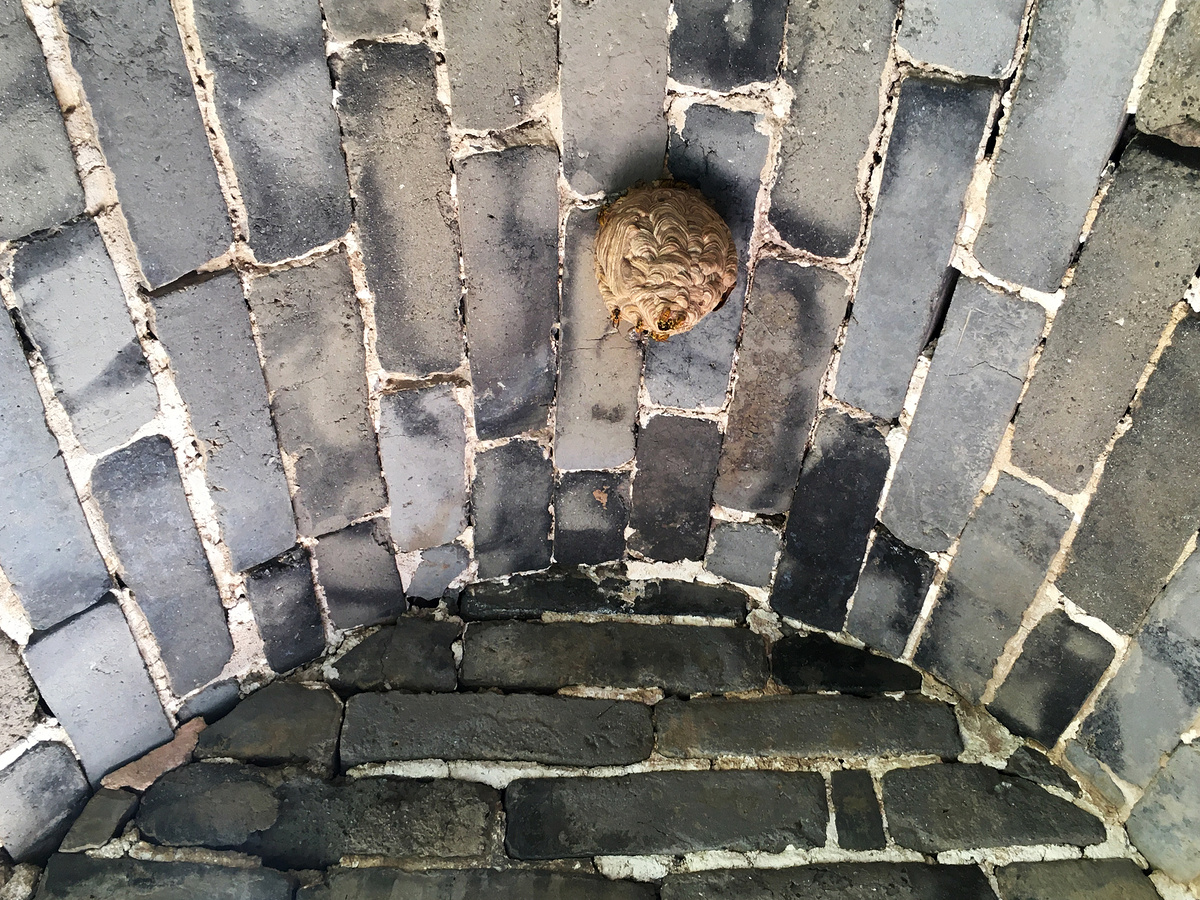

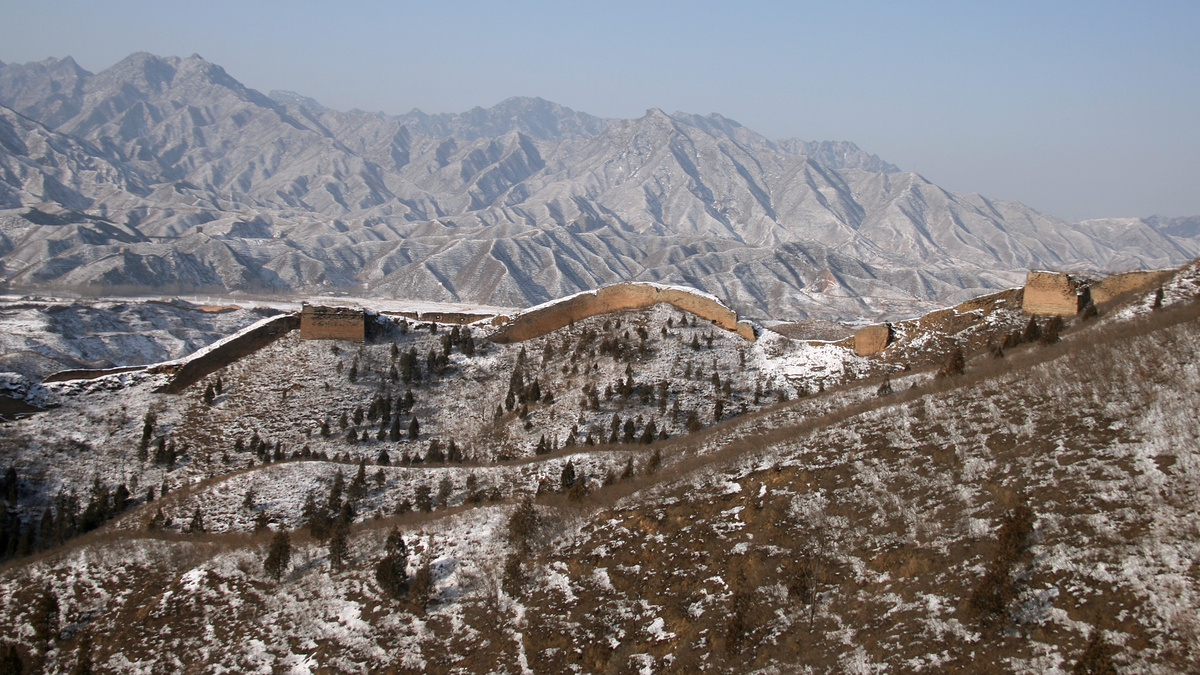
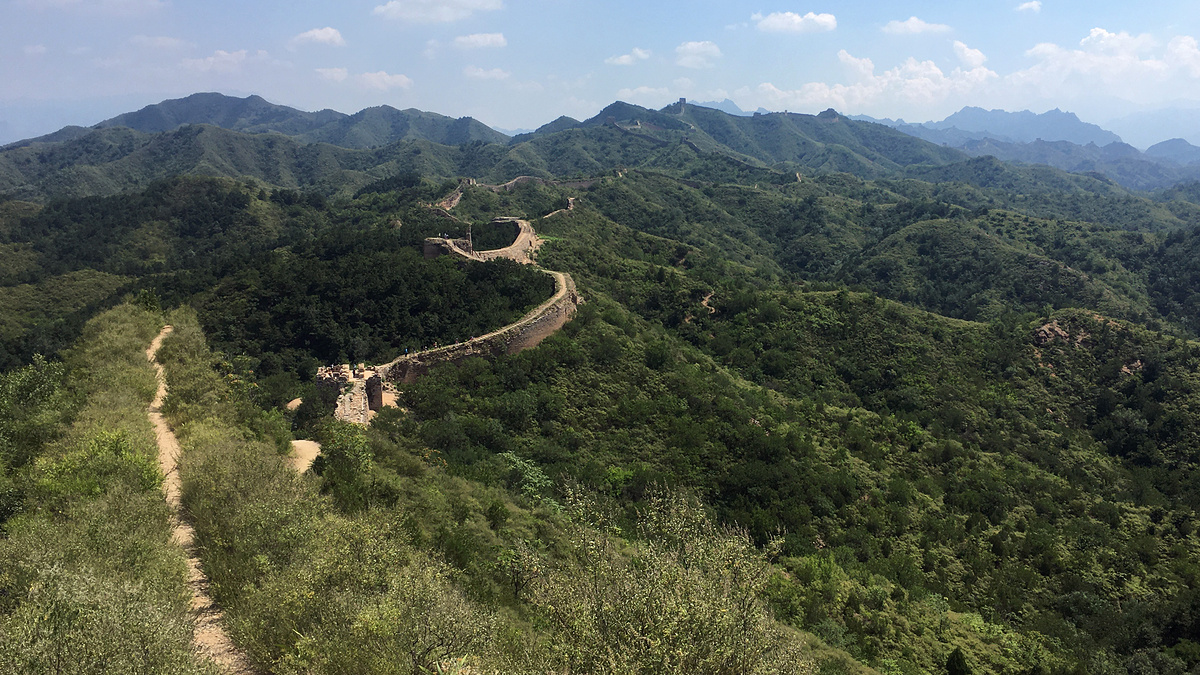
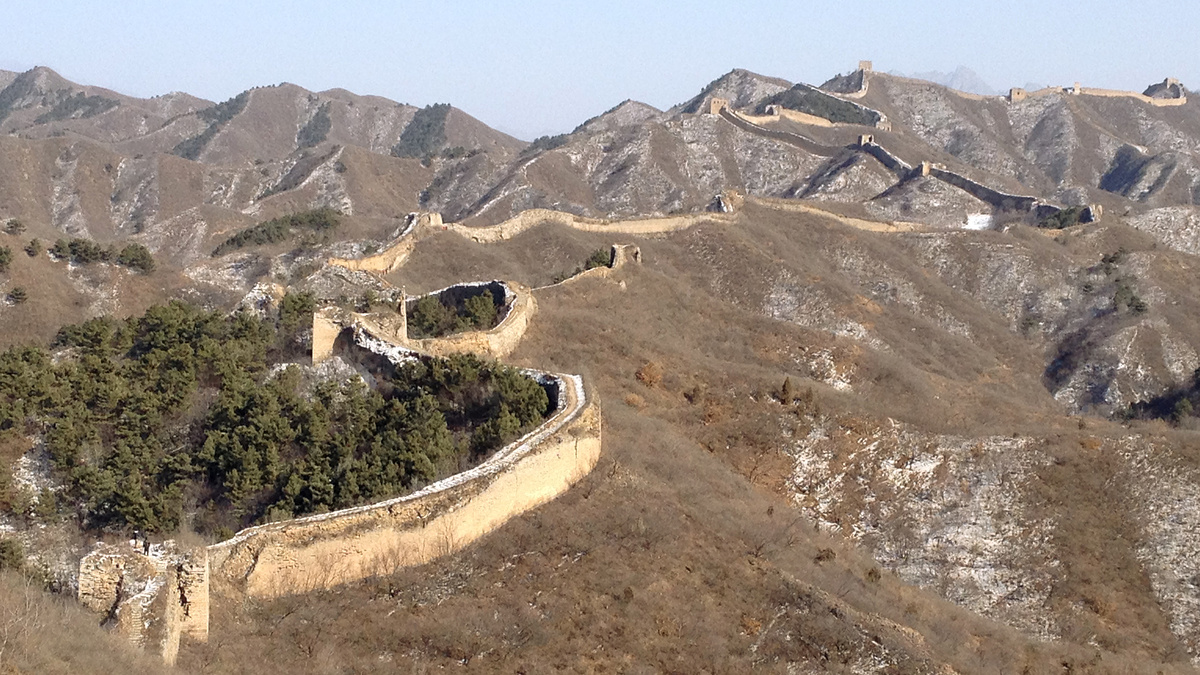

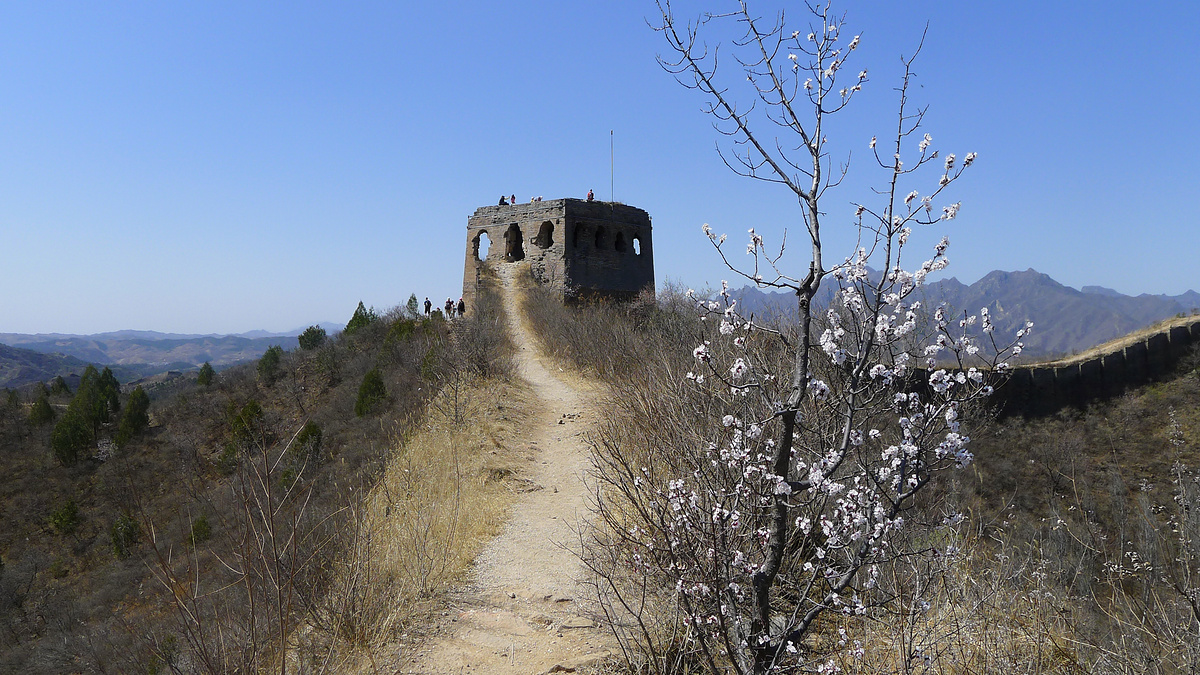
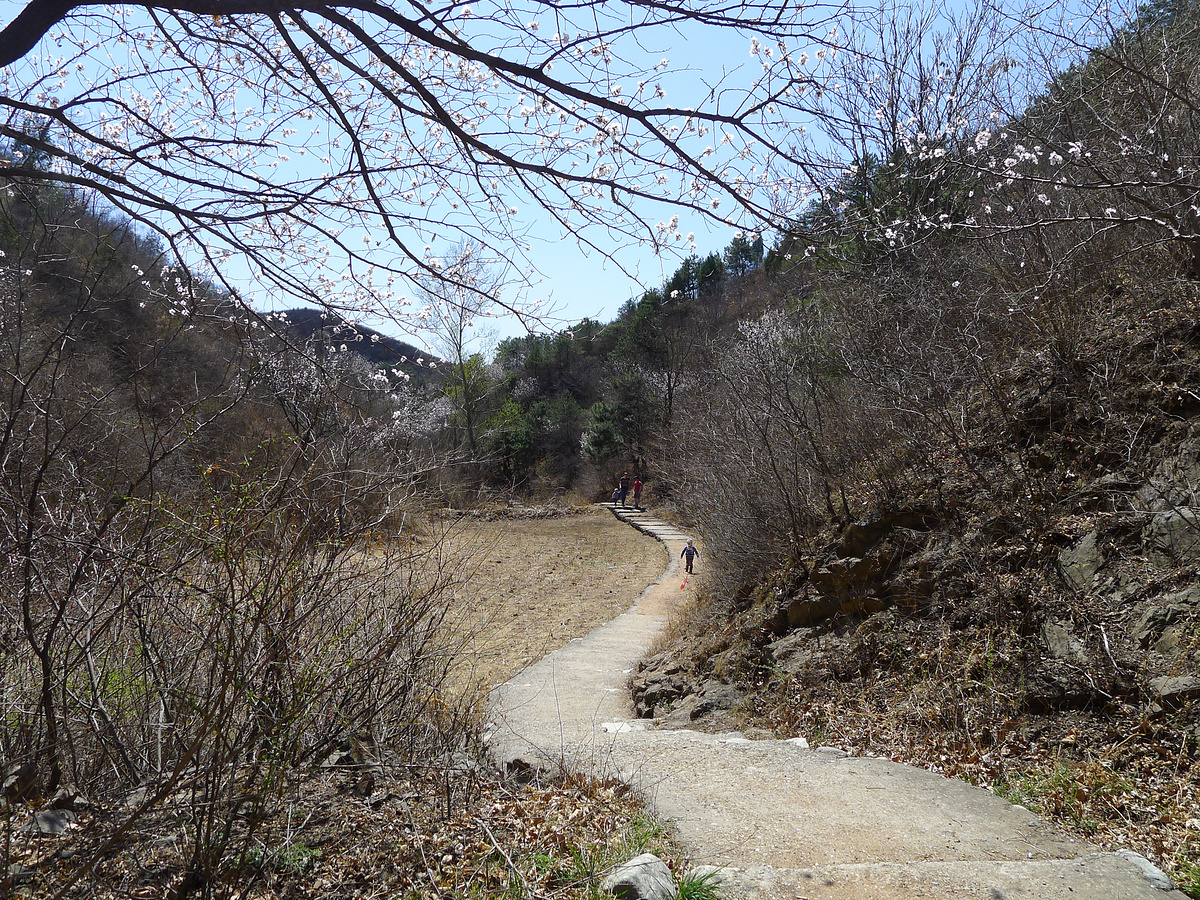
Interesting feature #5
I found some old photos of the Gubeikou Great Wall that were taken during the 1933 Battle of the Great Wall, and then I found some re-photography of those photos, and then I did my own re-photography of the re-photography after I figured out the locations near the General’s Tower.

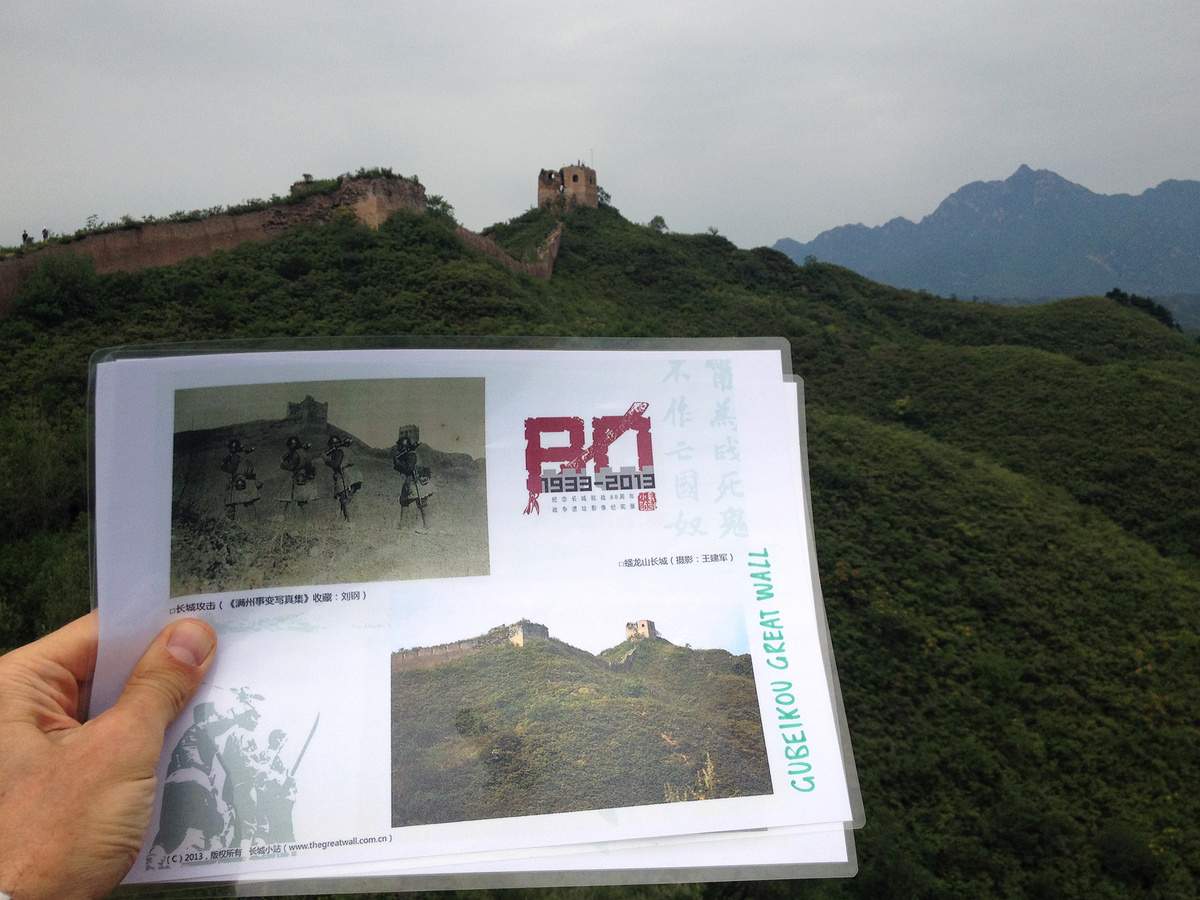
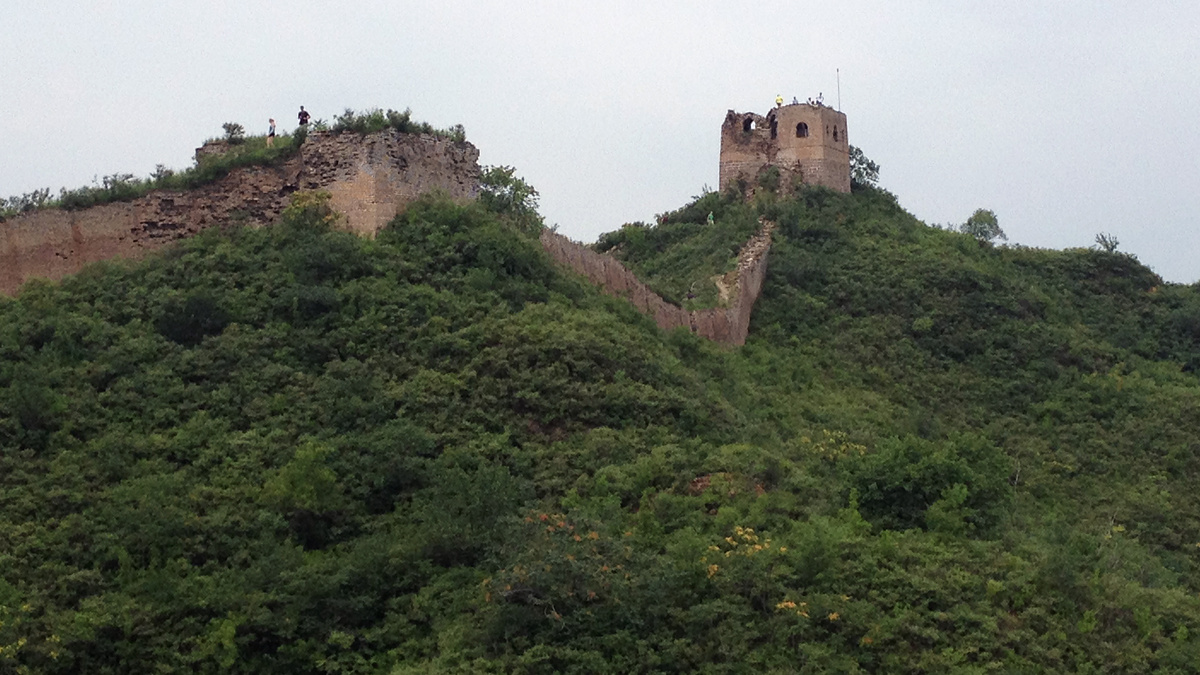
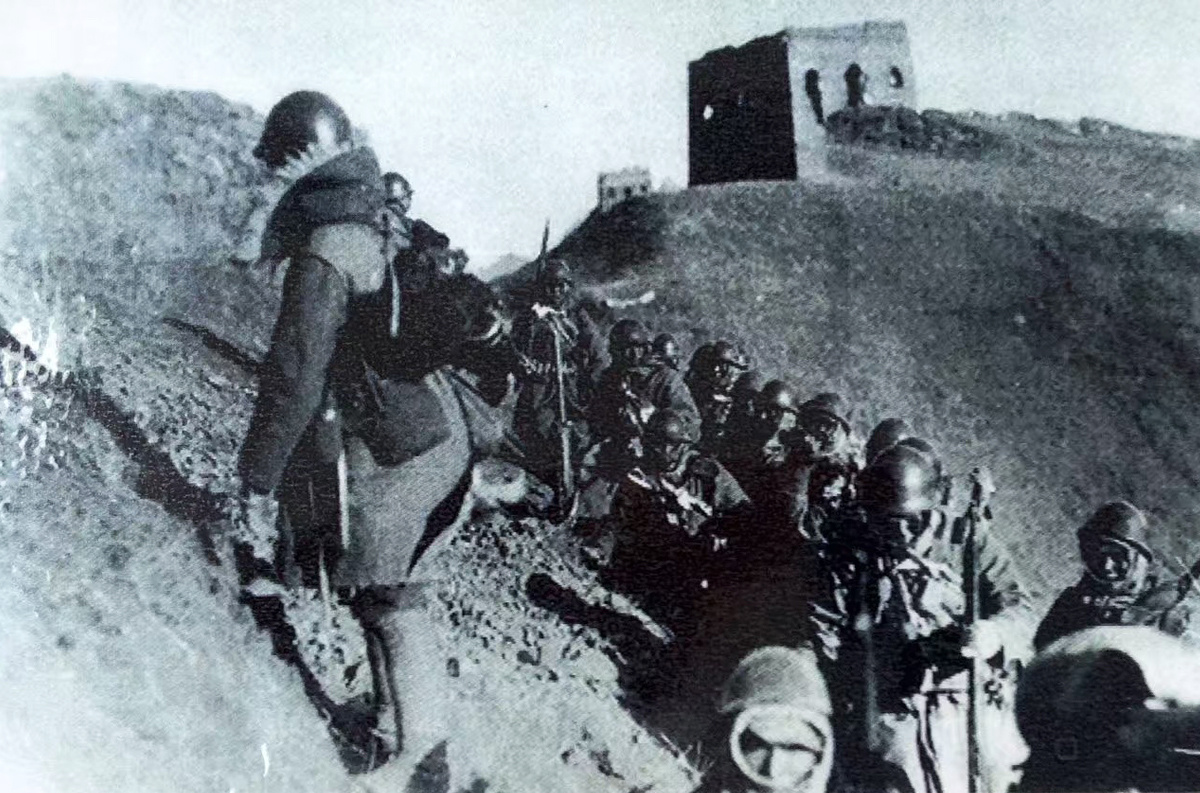

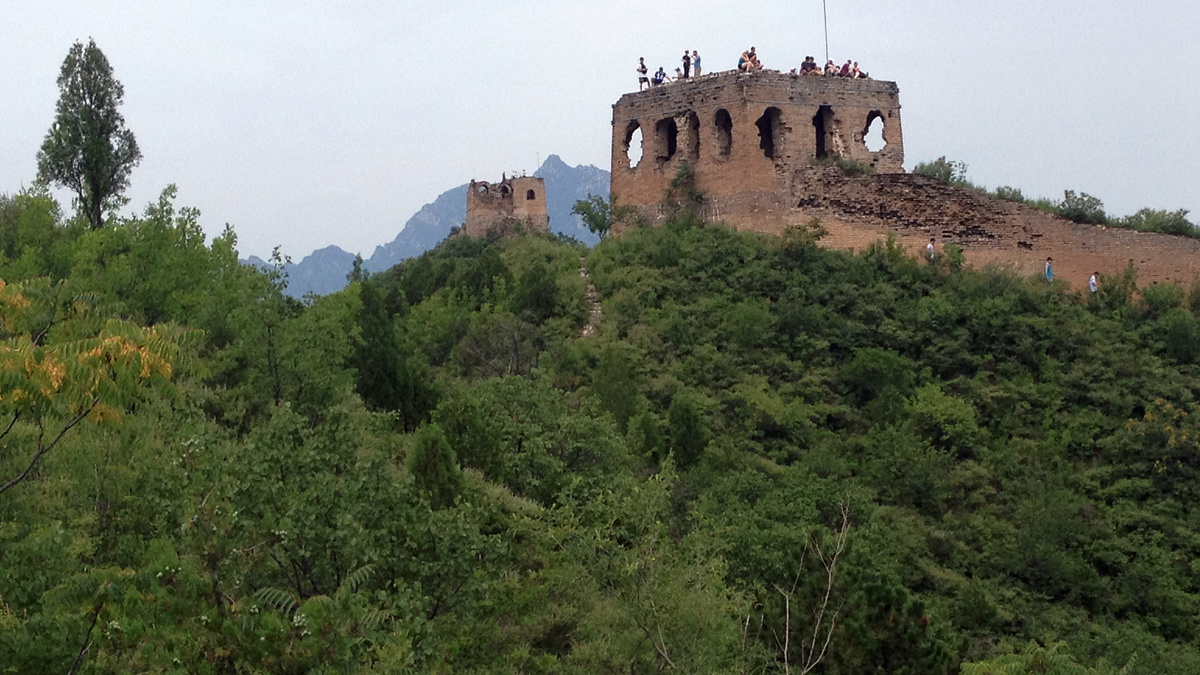
Just past the General’s Tower is a pass in the wall. Repairs and a general clean up in 2023 (or thereabouts) revealed the remains of a large tower and small gate that were previously obscured by the foliage. Getting some better photos of this pass is on the to-do list.

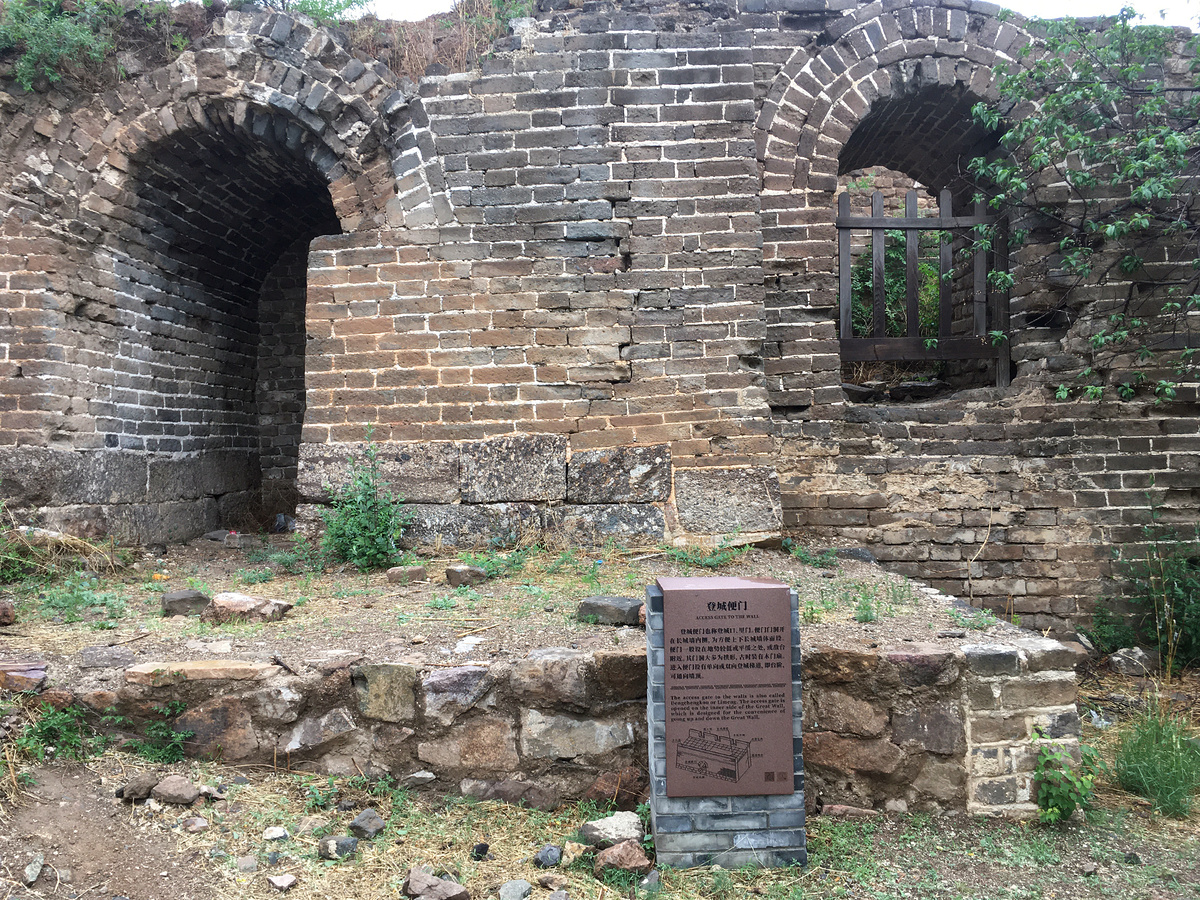
Haowang Tower area
After getting on to the main line of Great Wall you can follow it all the way up to 24-Eyes Tower. On the way you’ll pass Haowang Tower. Haowang Tower is at the top of the other main park trail here.
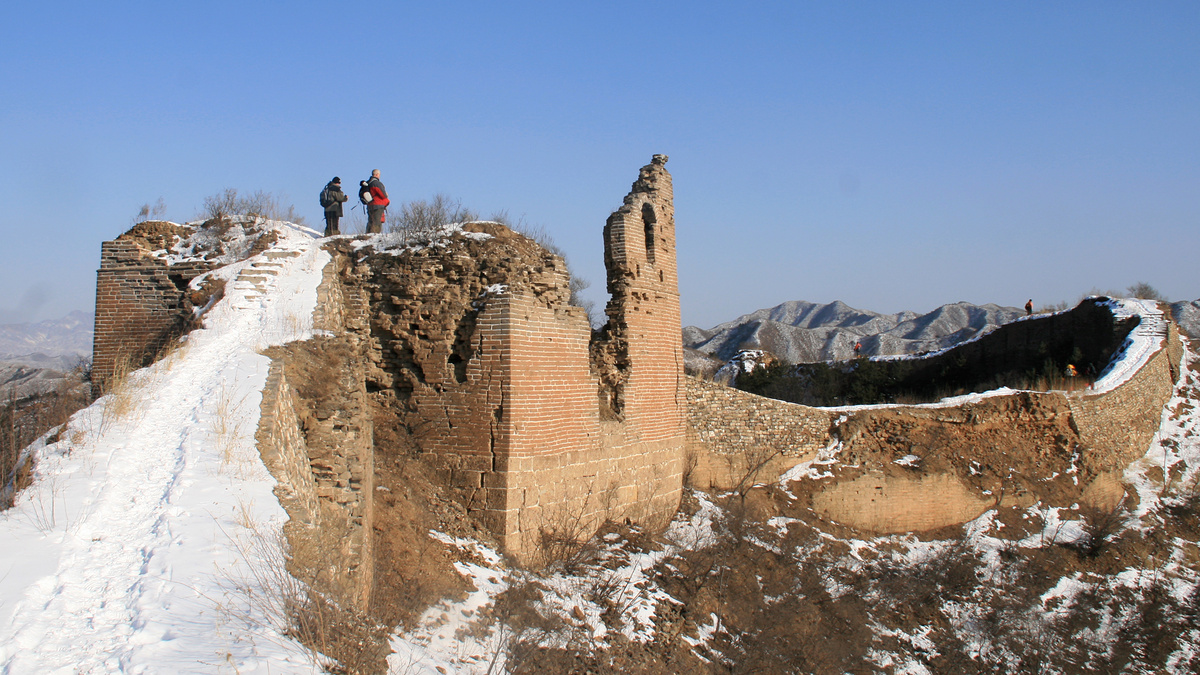
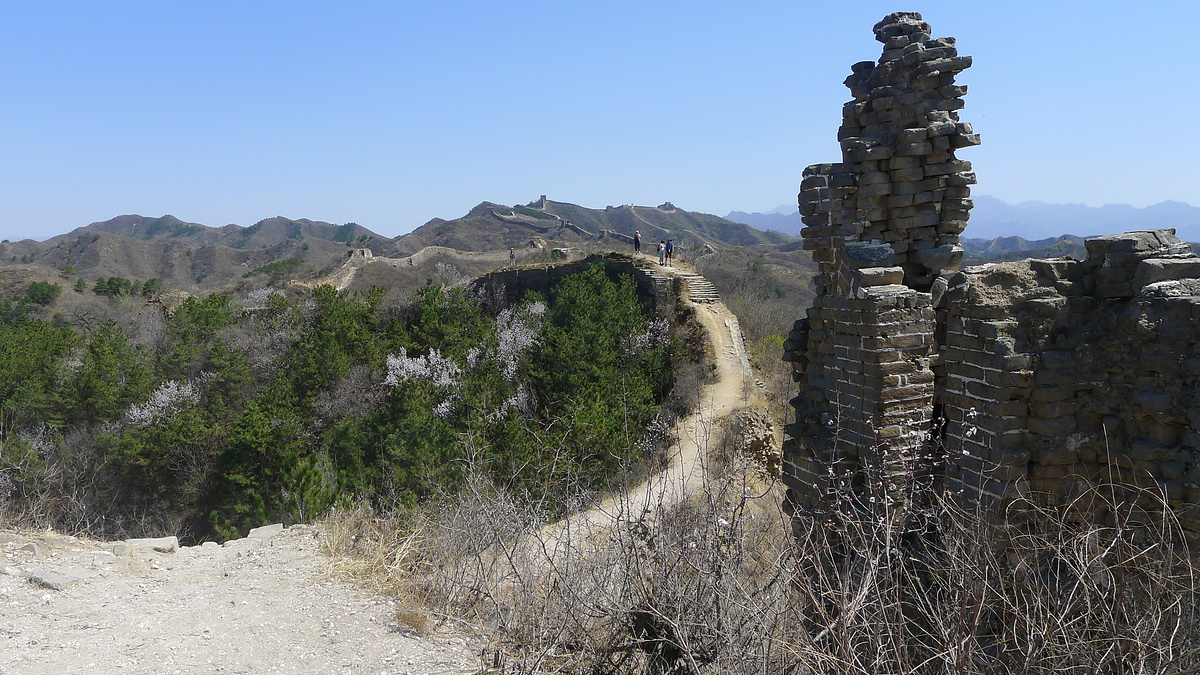


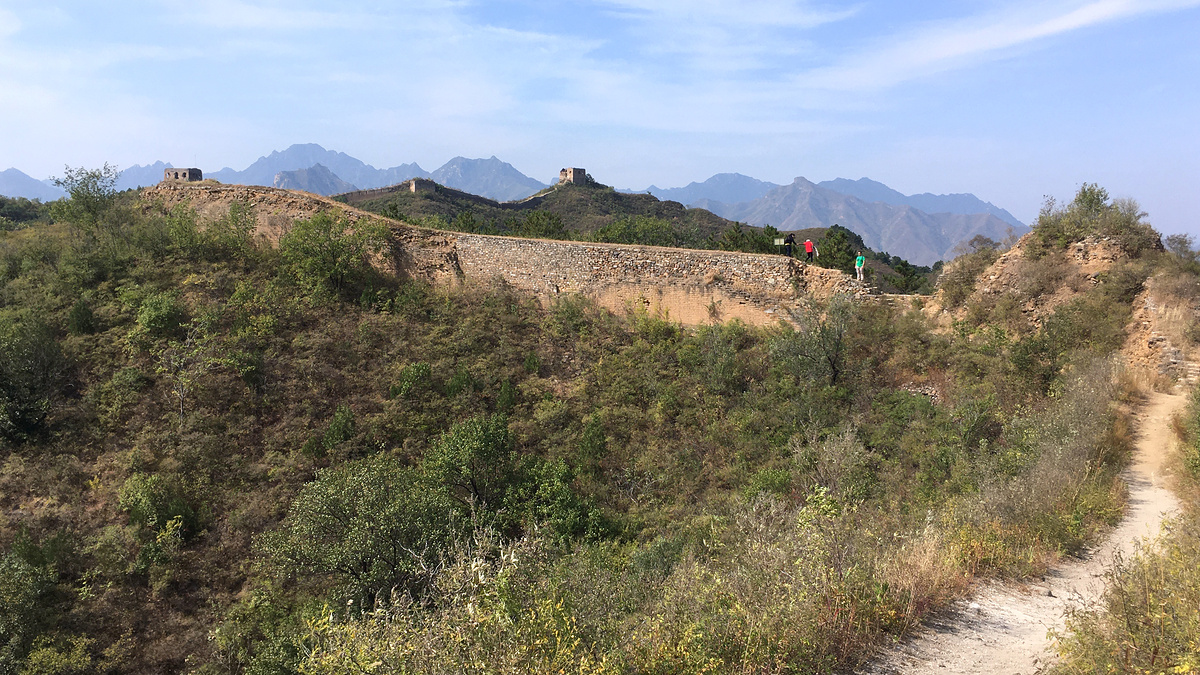
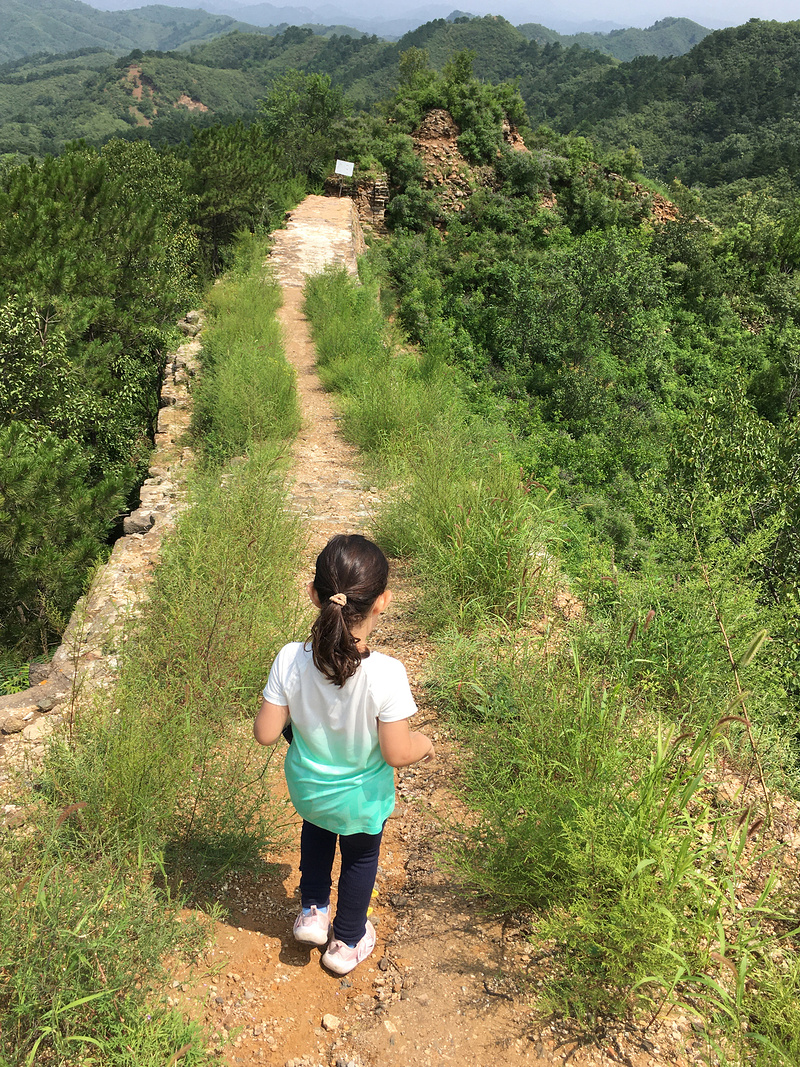
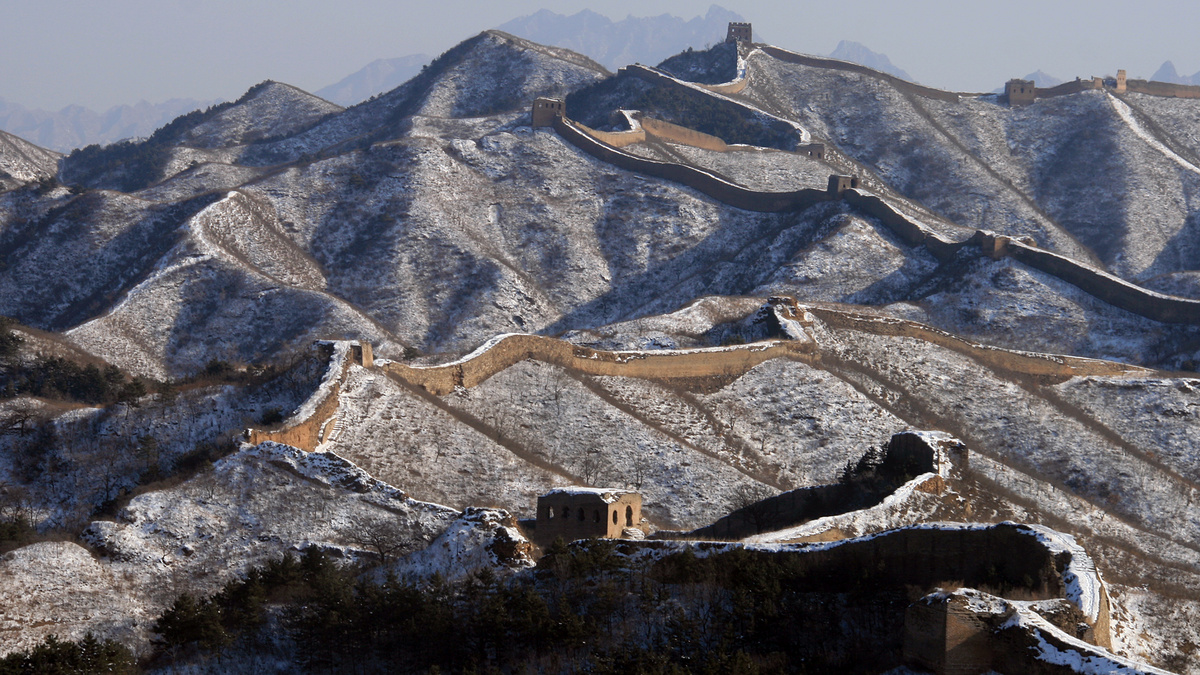
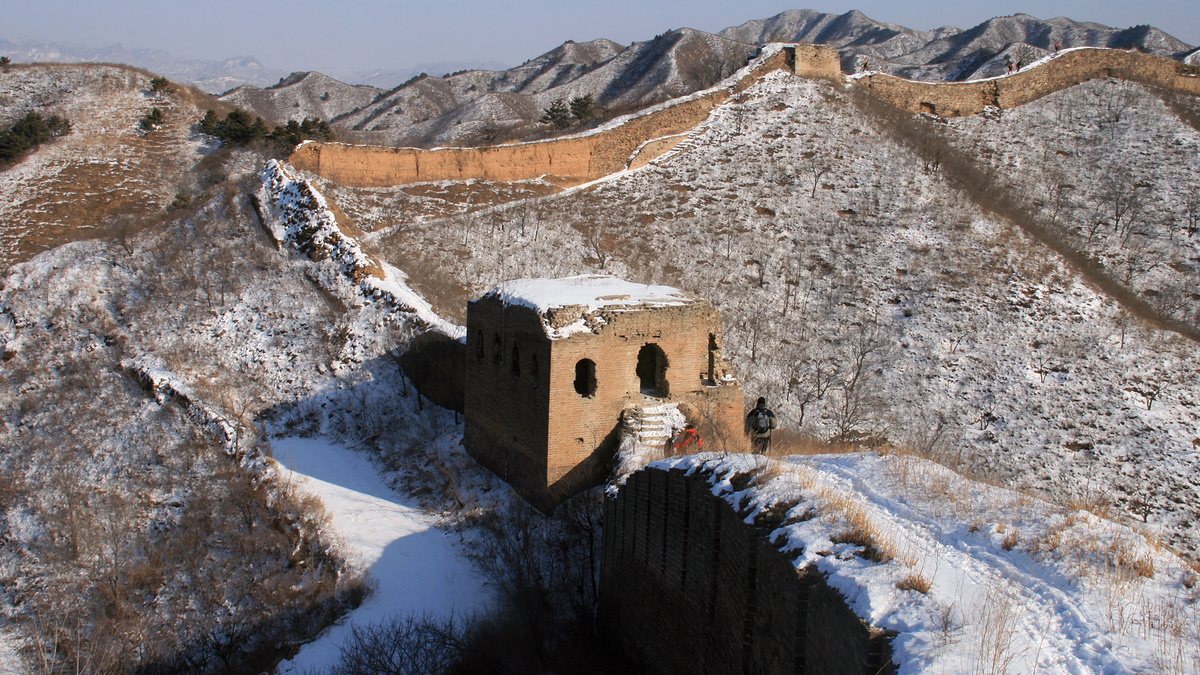
Here come some of the photos from that first visit in 2007.

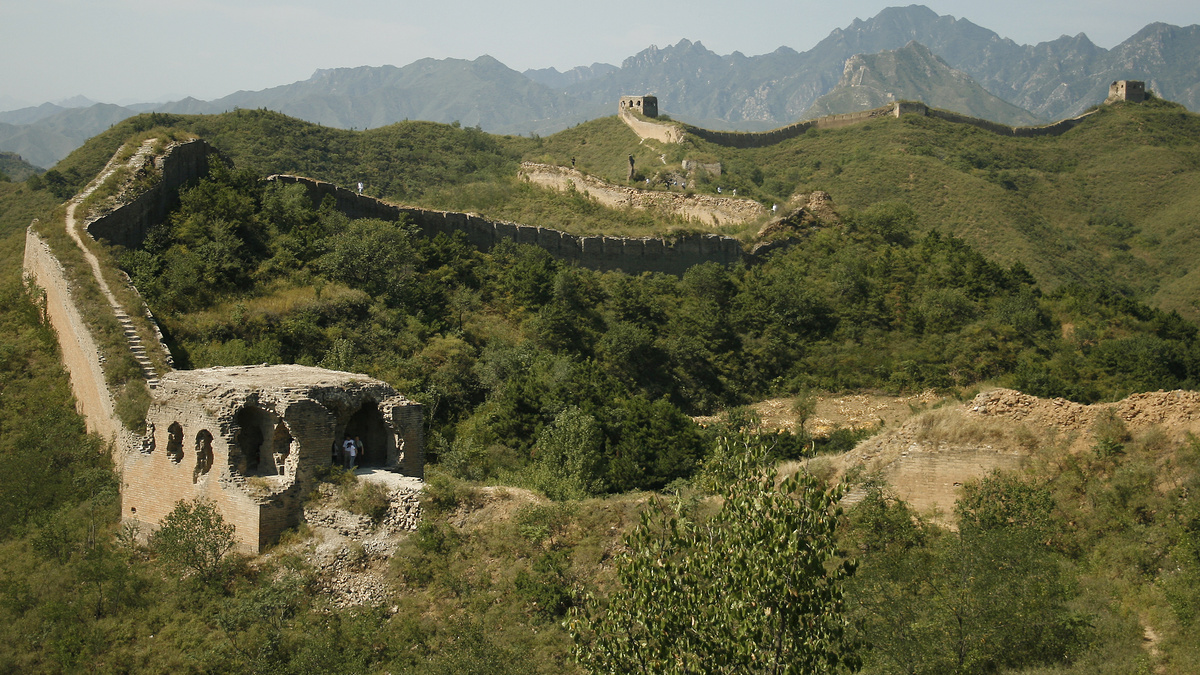
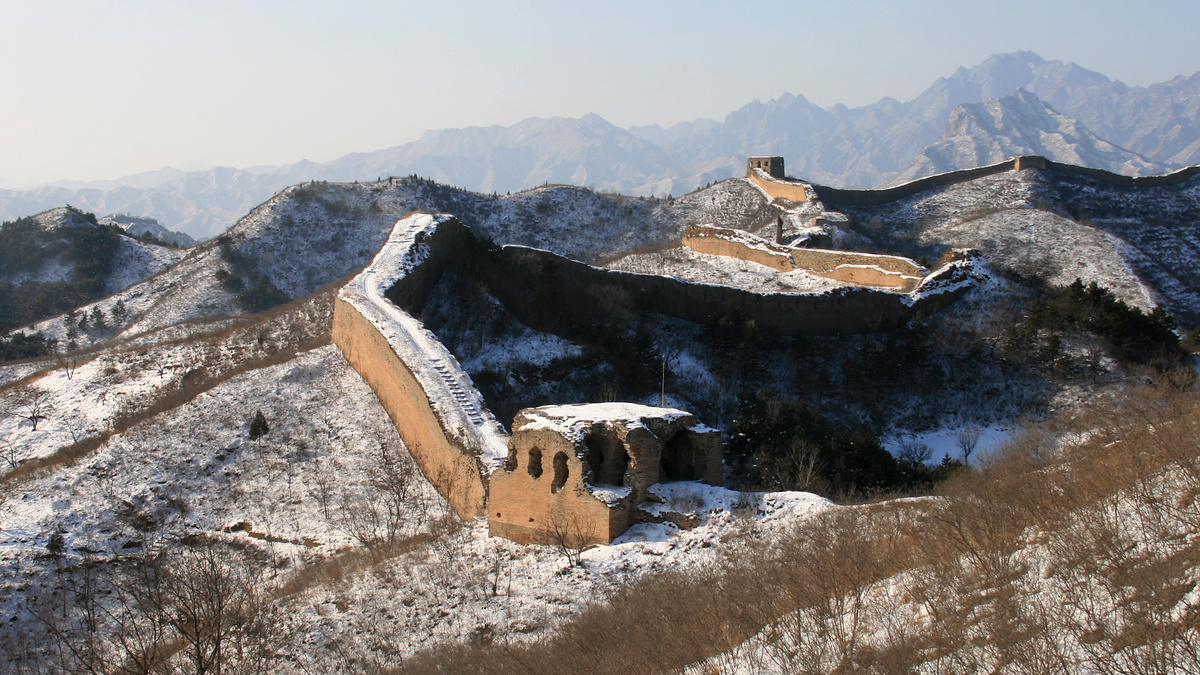
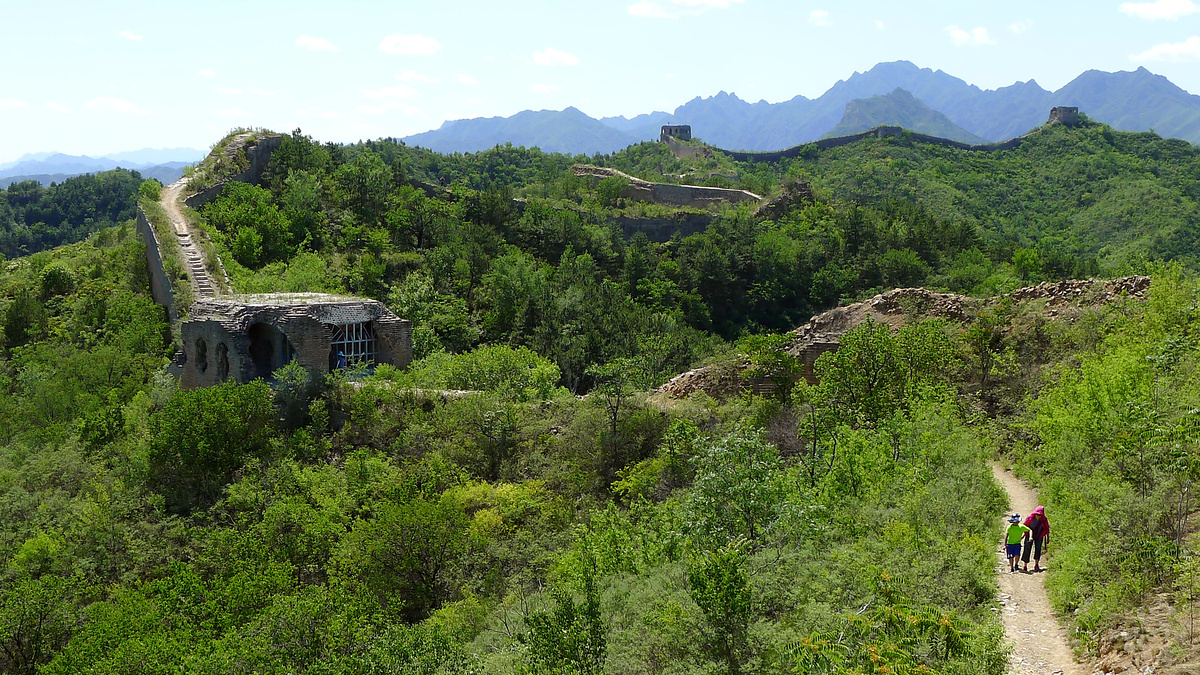
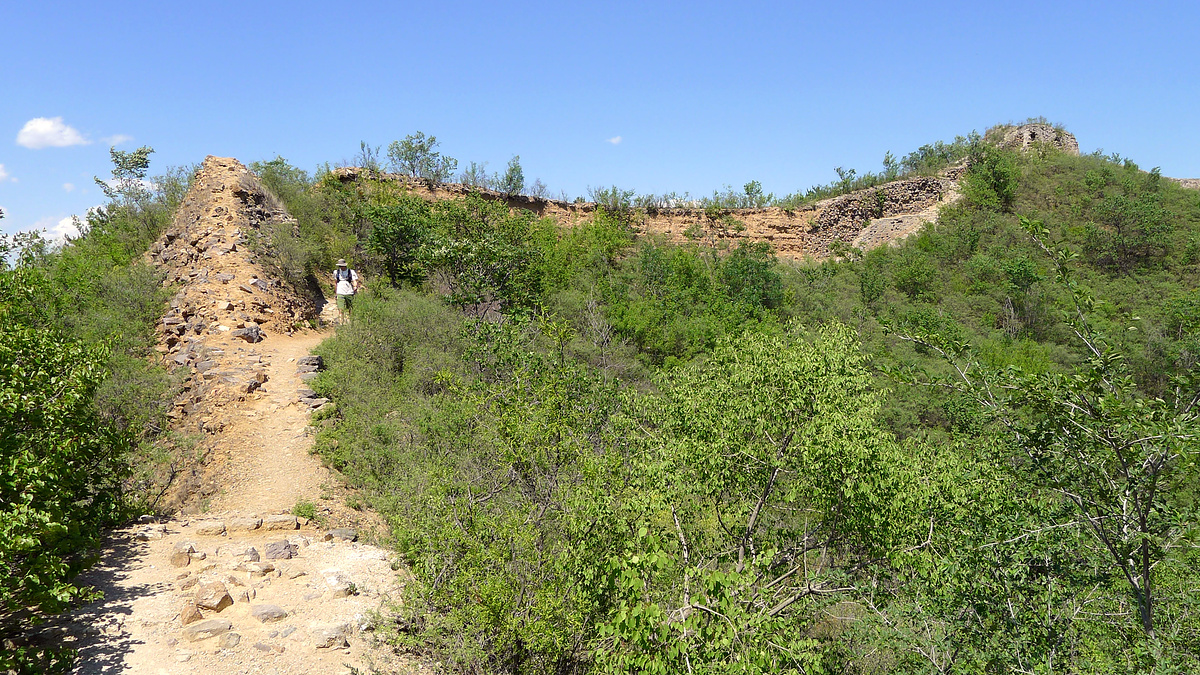
Interesting feature #6
Just past Haowang Tower is a short stretch of wall where the outer casing of bricks has fallen away to reveal a section of rammed earth and rubble fill in the base of the wall. Interesting if you’re curious about Great Wall construction techniques I guess. Or if you’re looking for proof that Great Wall workers were buried inside if they died in a construction accident. (I’ve never found any human bones, so …)
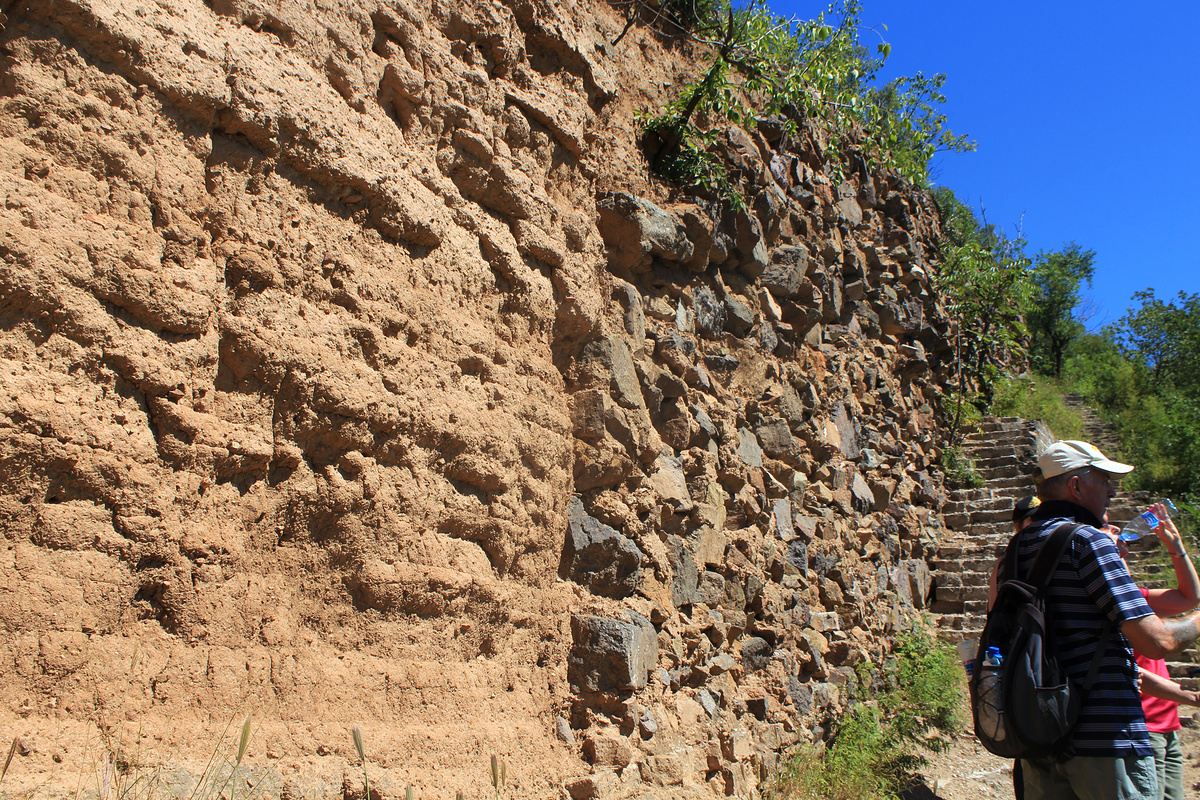
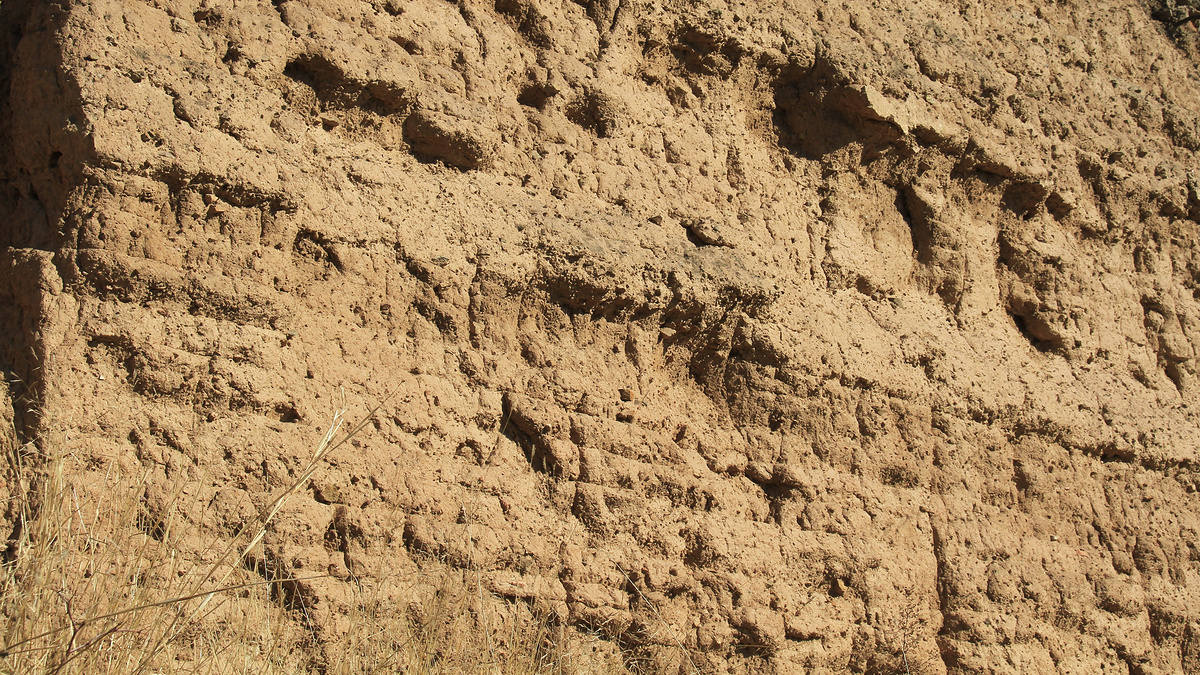
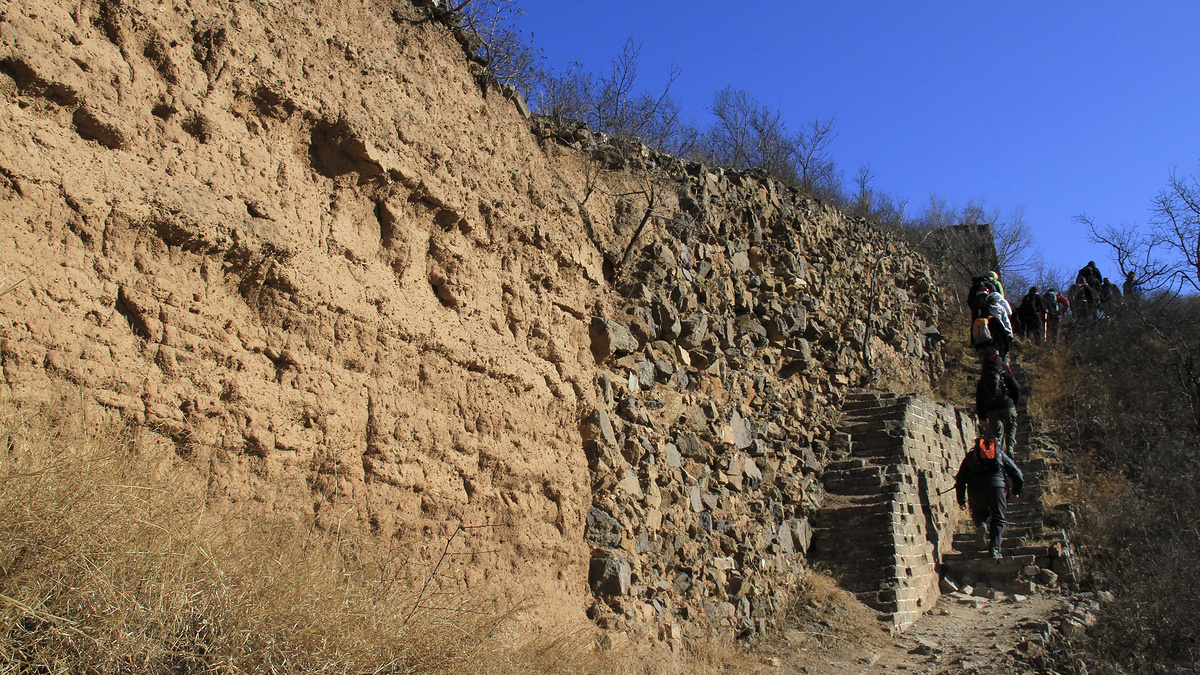
Panlongshan Great Wall top section
The highest tower on the Panlongshan Great Wall is 24-Eyes Tower (elevation approx. 450m). The wall continues along the ridges to the Jinshanling Great Wall and the Simatai Great Wall. Between 24-Eyes Tower and Jinshanling the path along the wall is blocked due to a neighbouring military area.
The top section is where you find most of the intact towers on this part of the Great Wall.
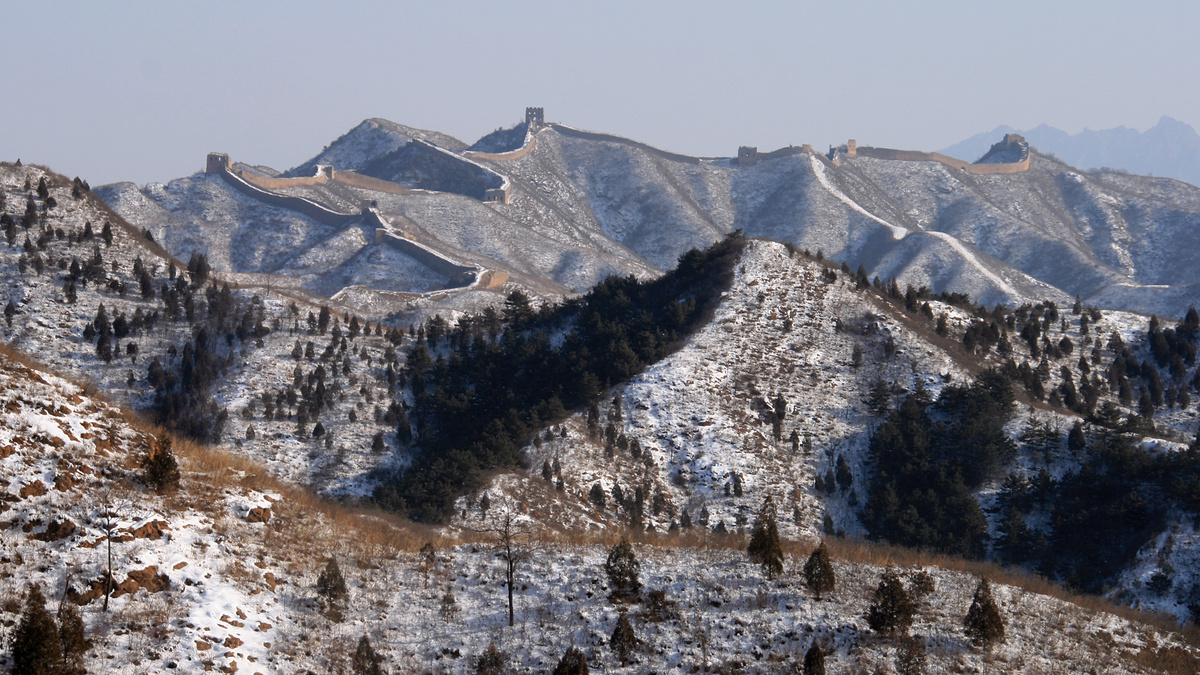
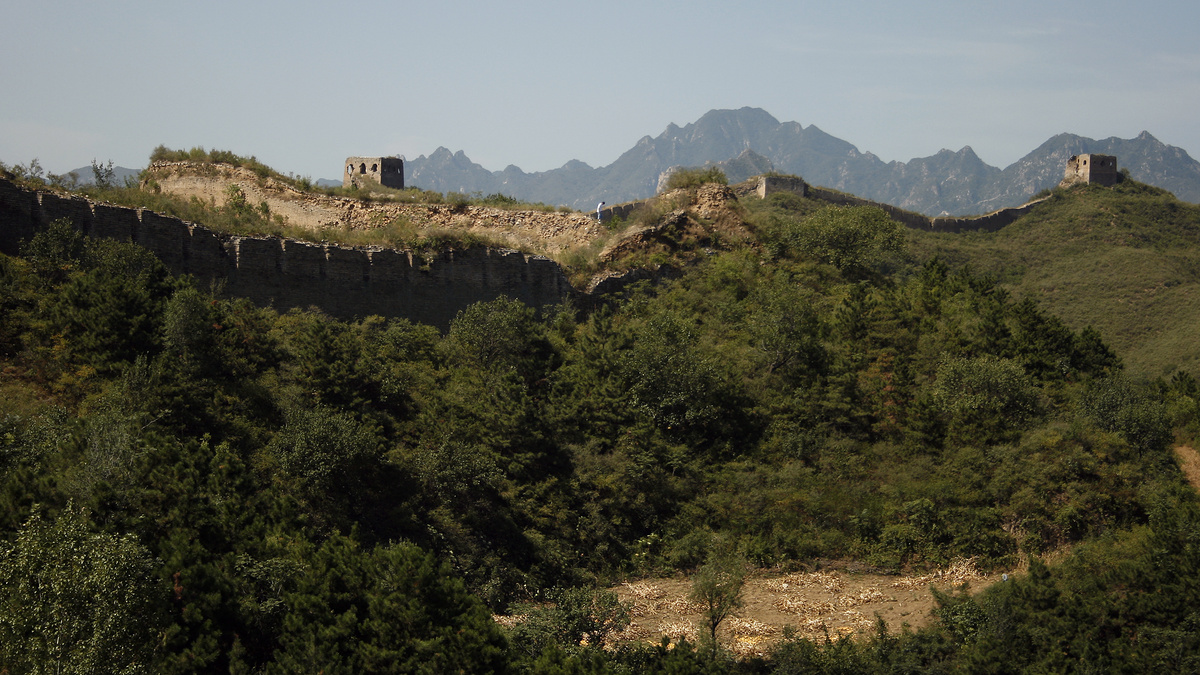
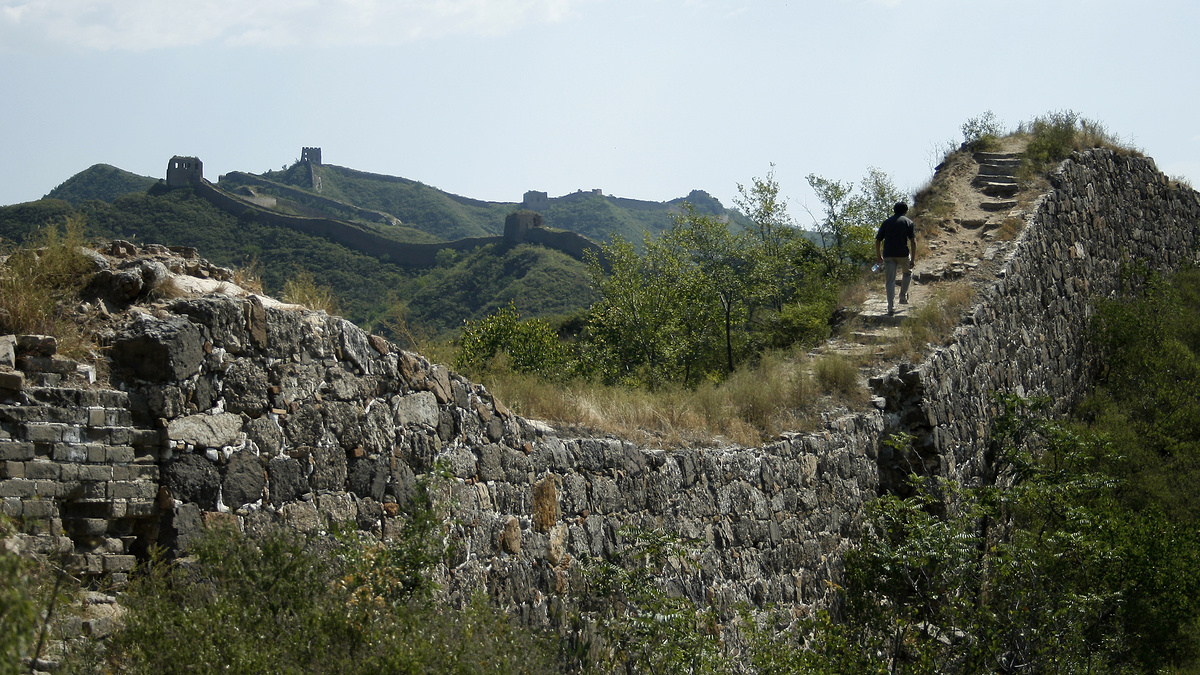
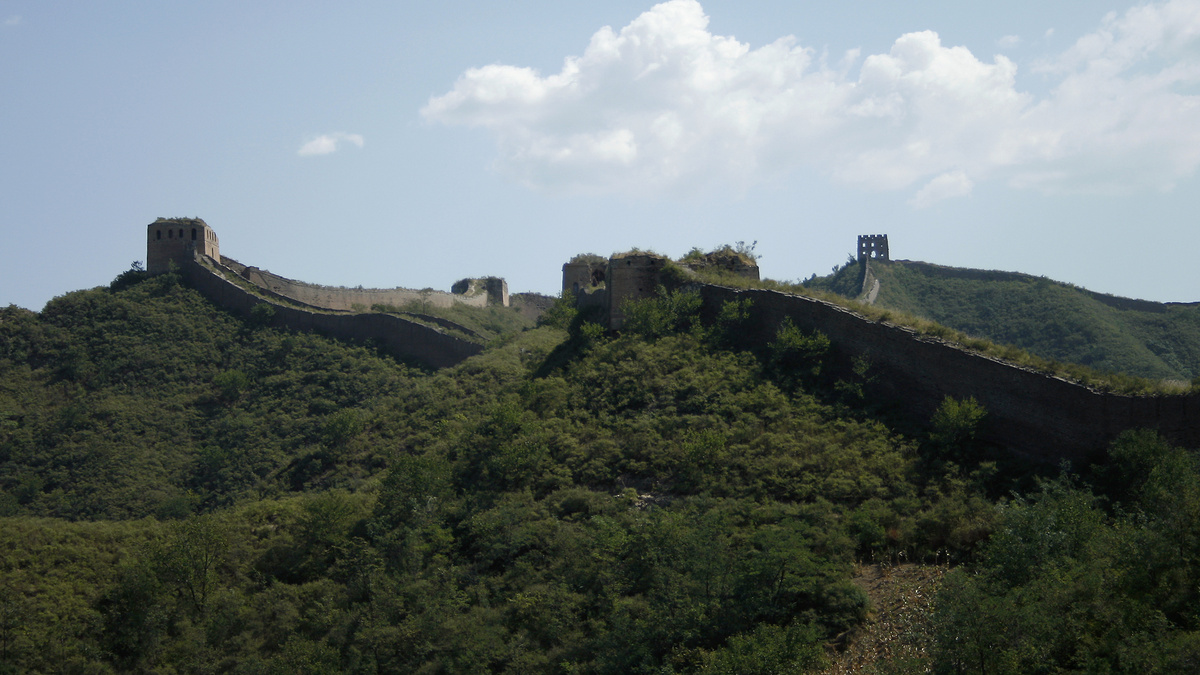
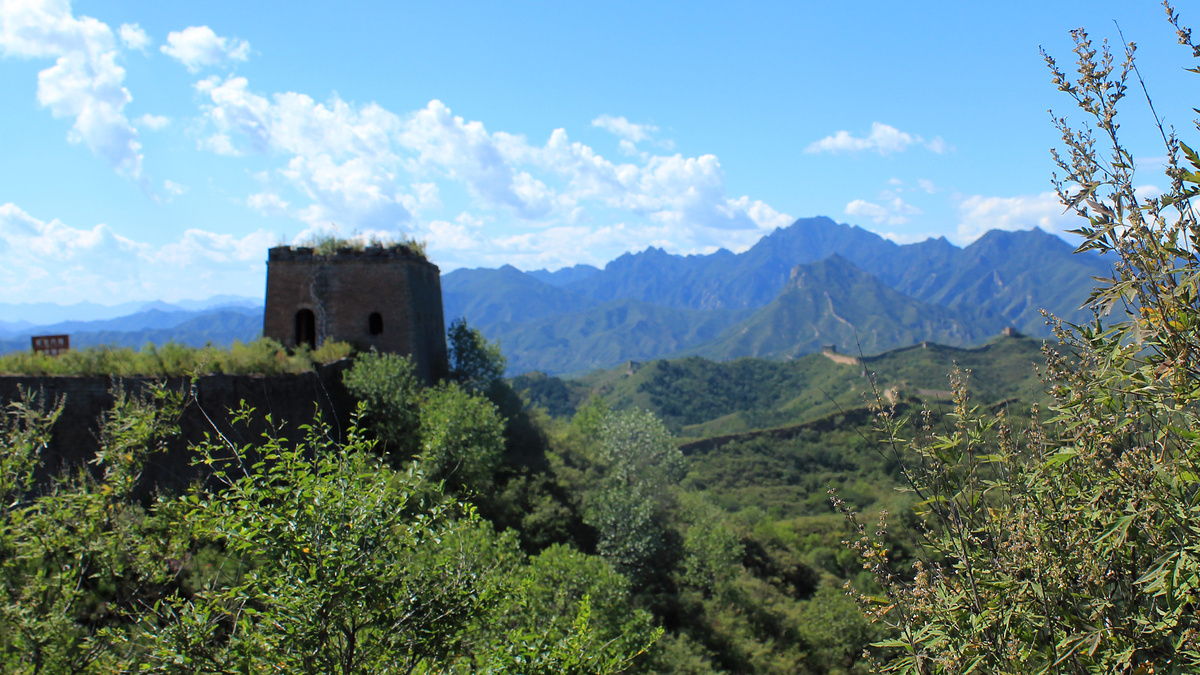
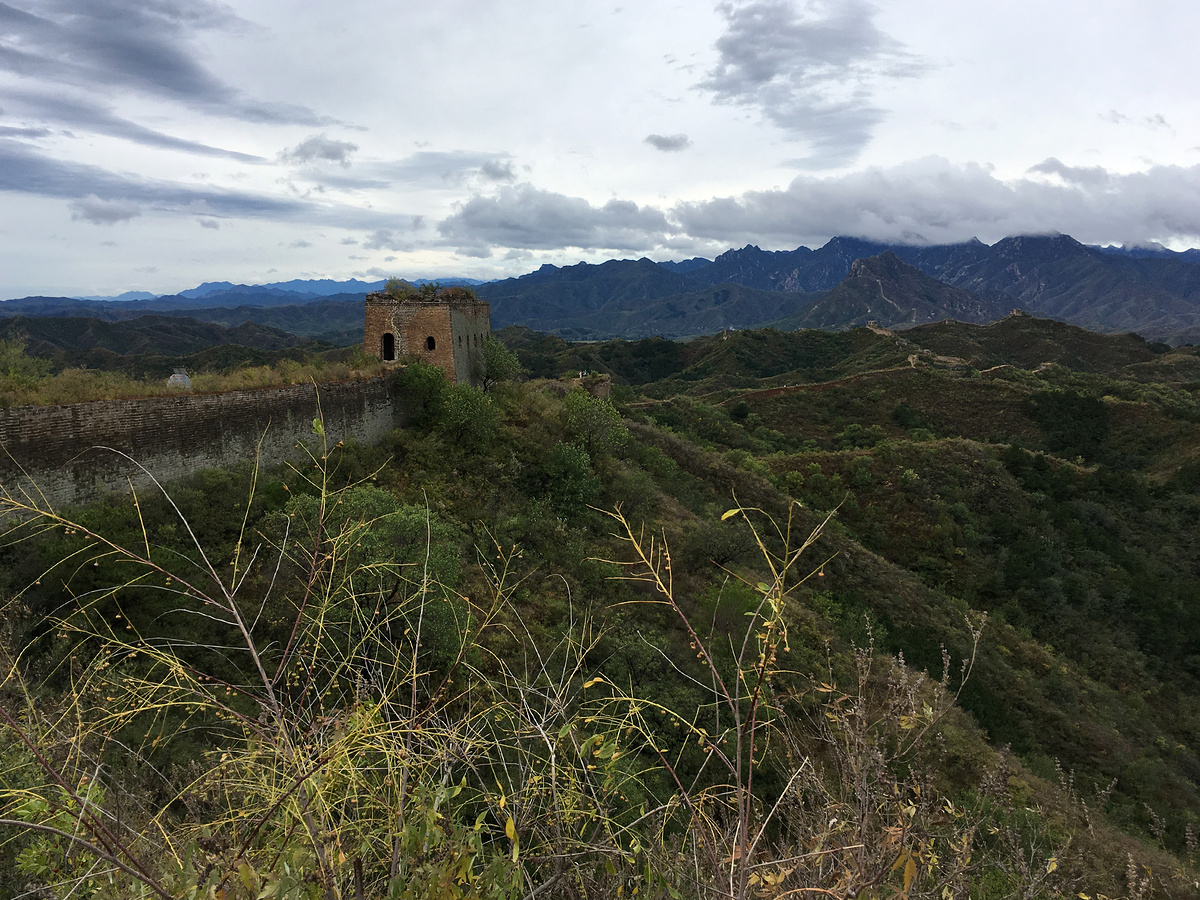

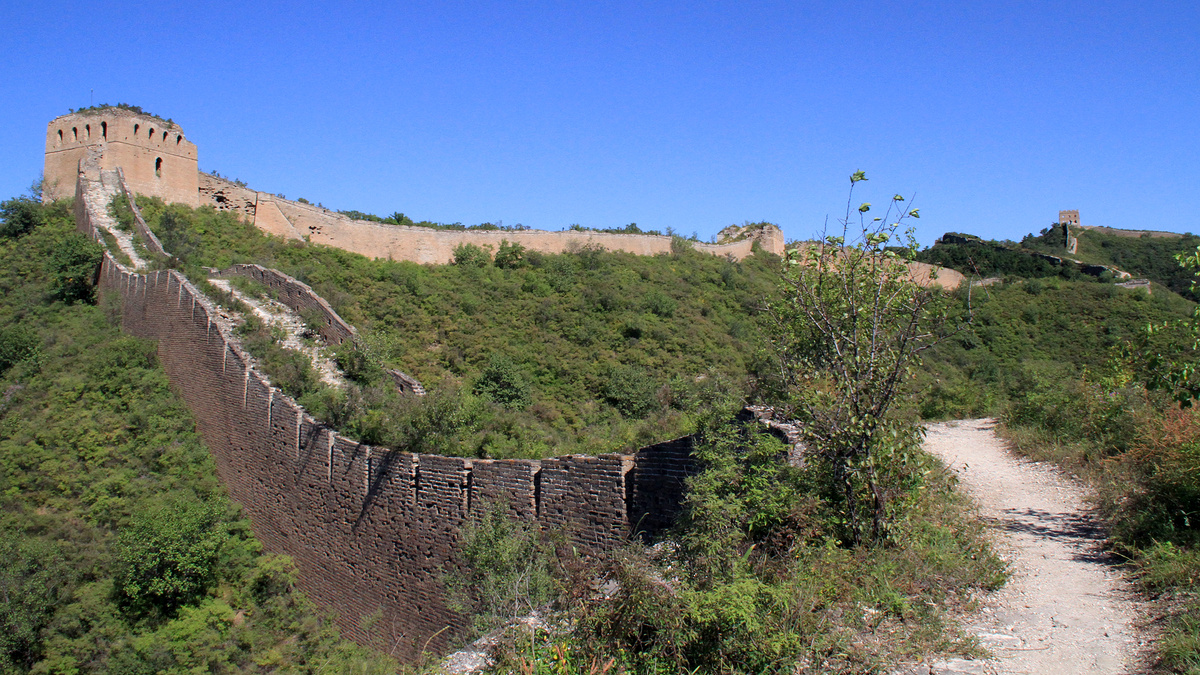
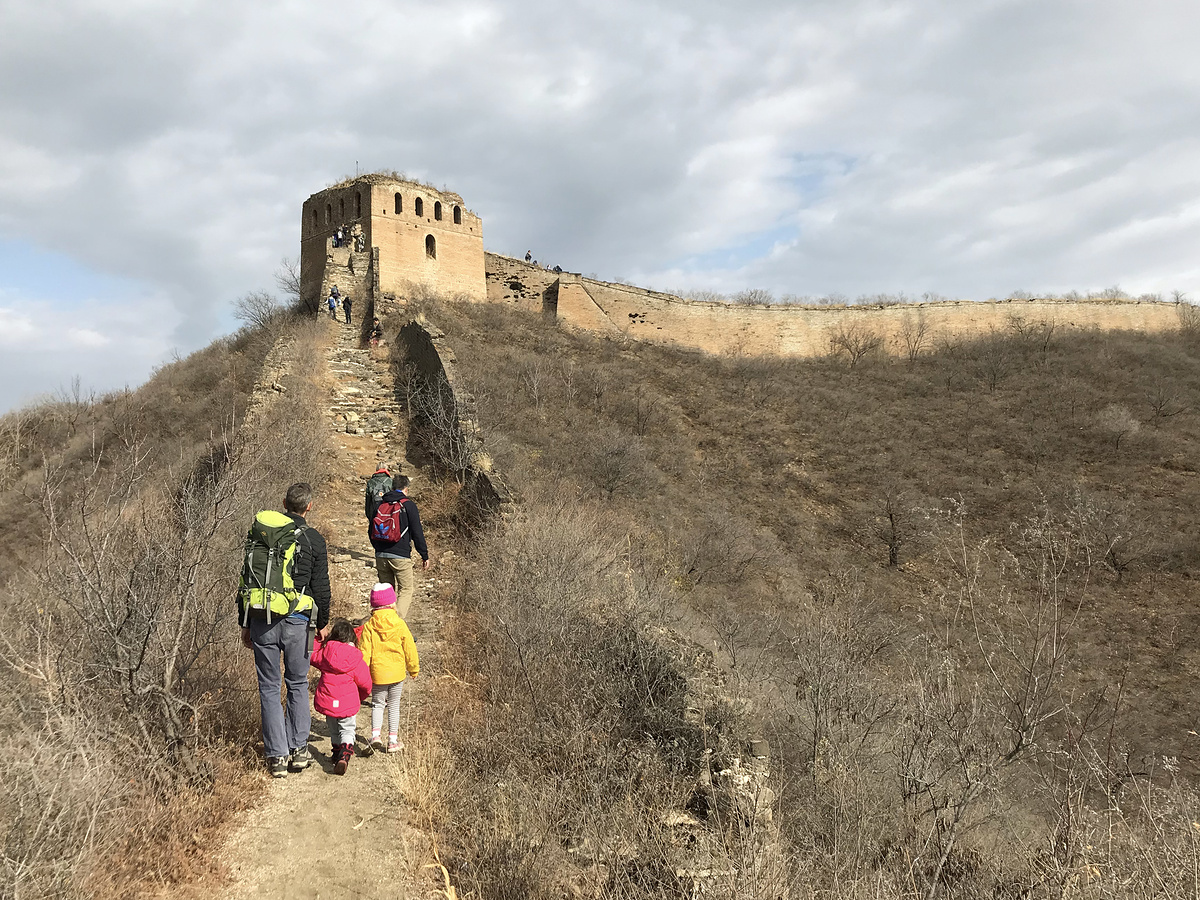
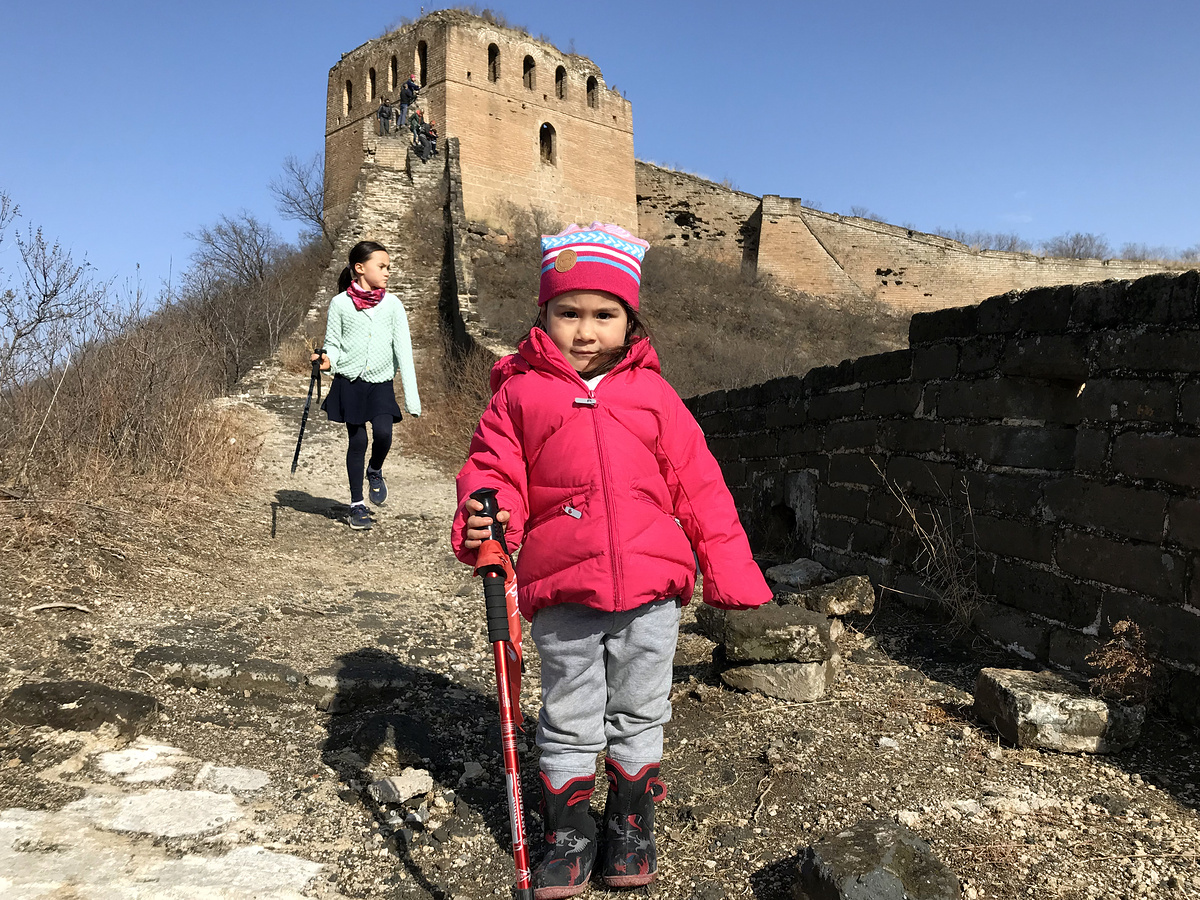
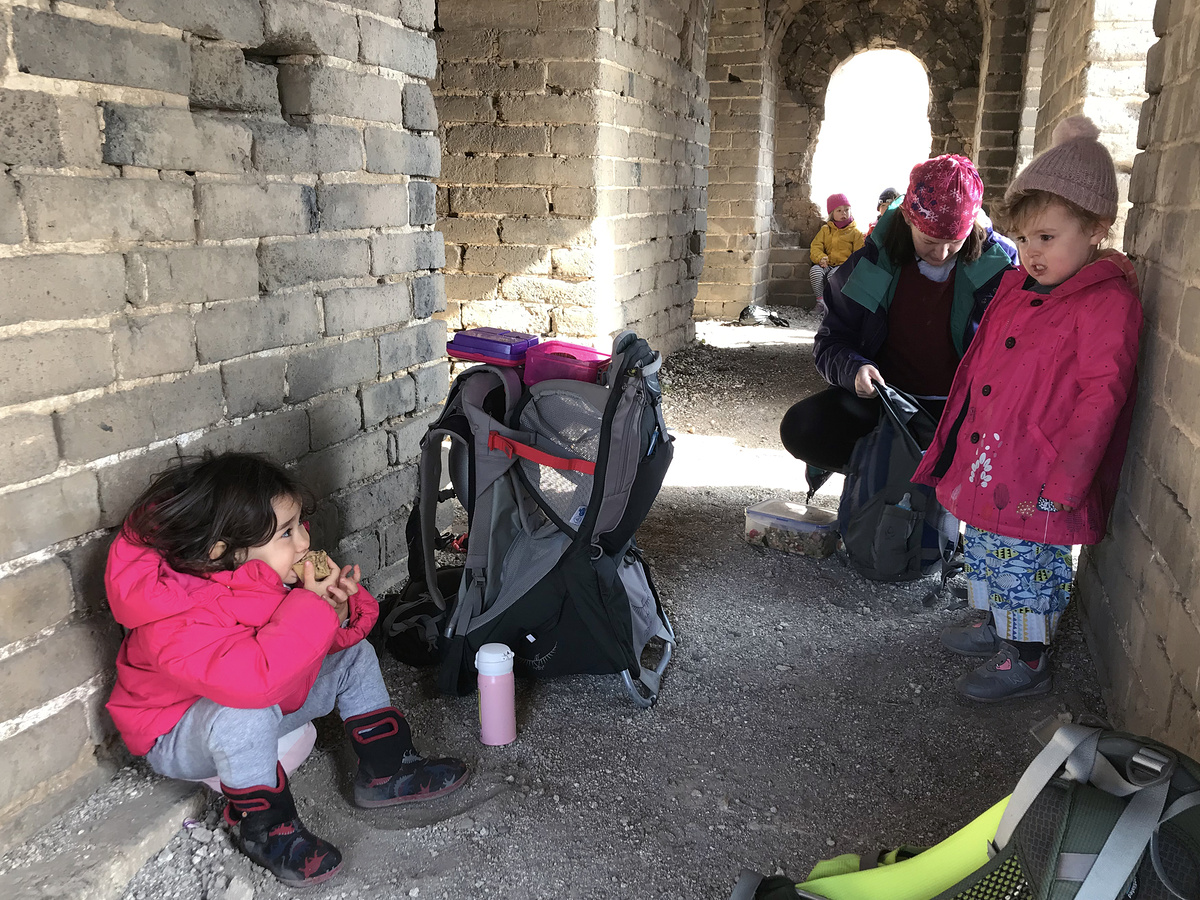
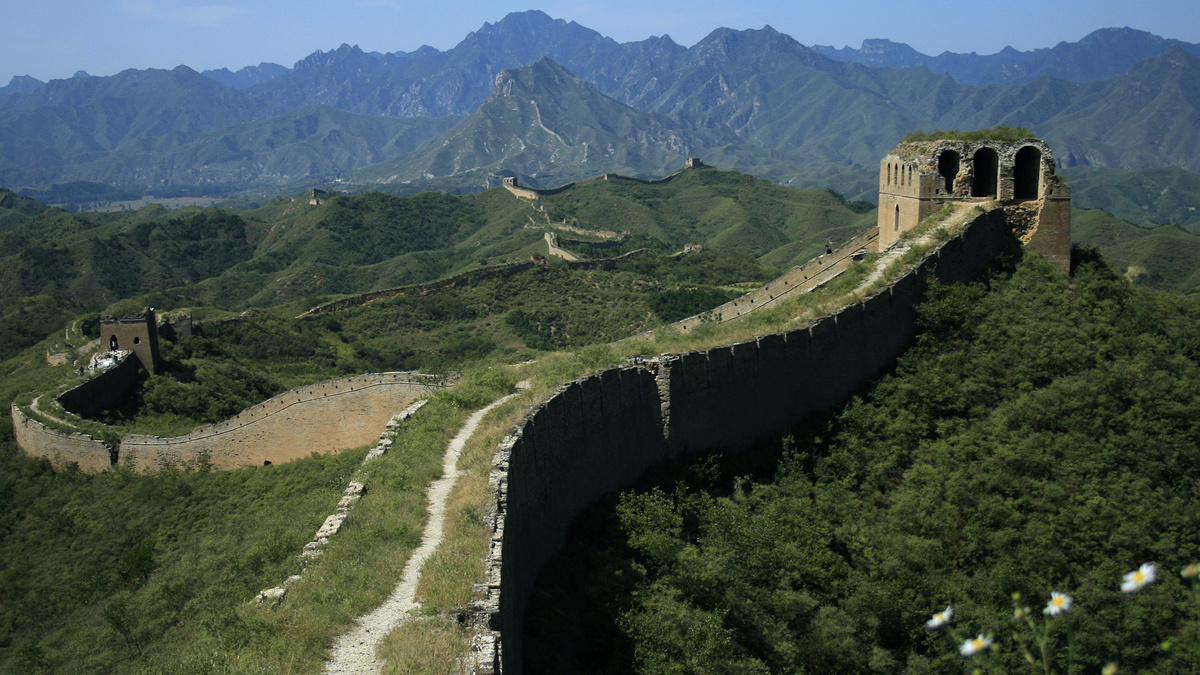
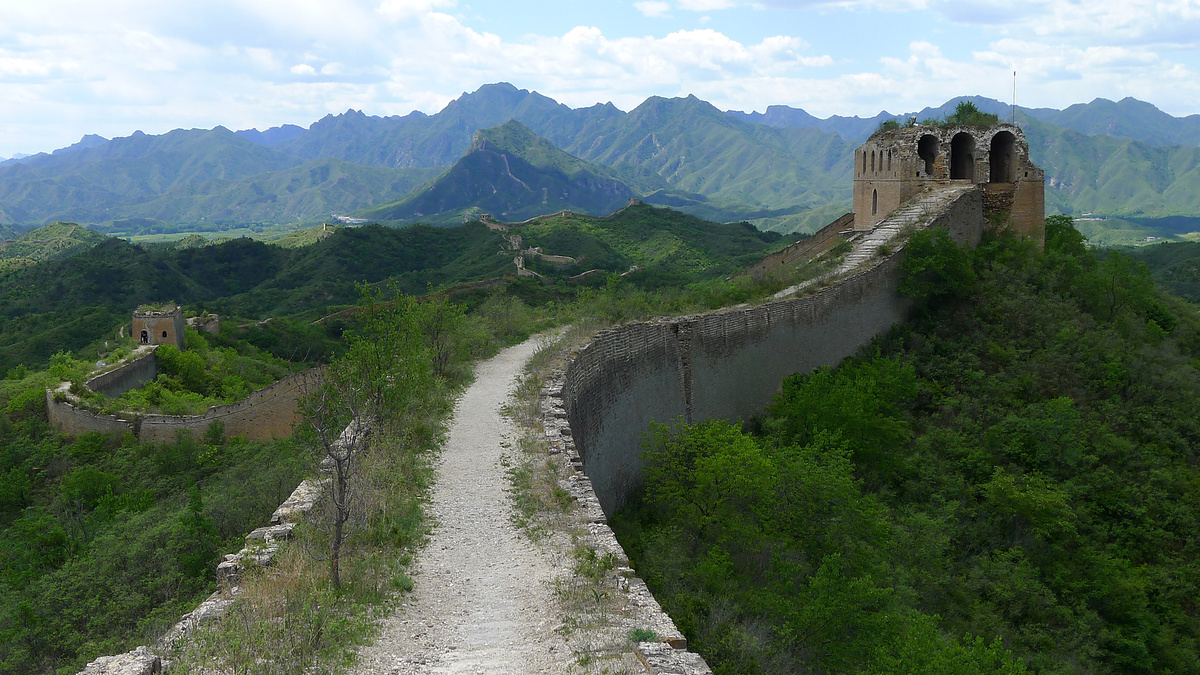

This large tower has two accesses from the Beijing side of the Great Wall: the large arch you can see in the side of the tower, and also a stairway that comes up just to the side of the tower.
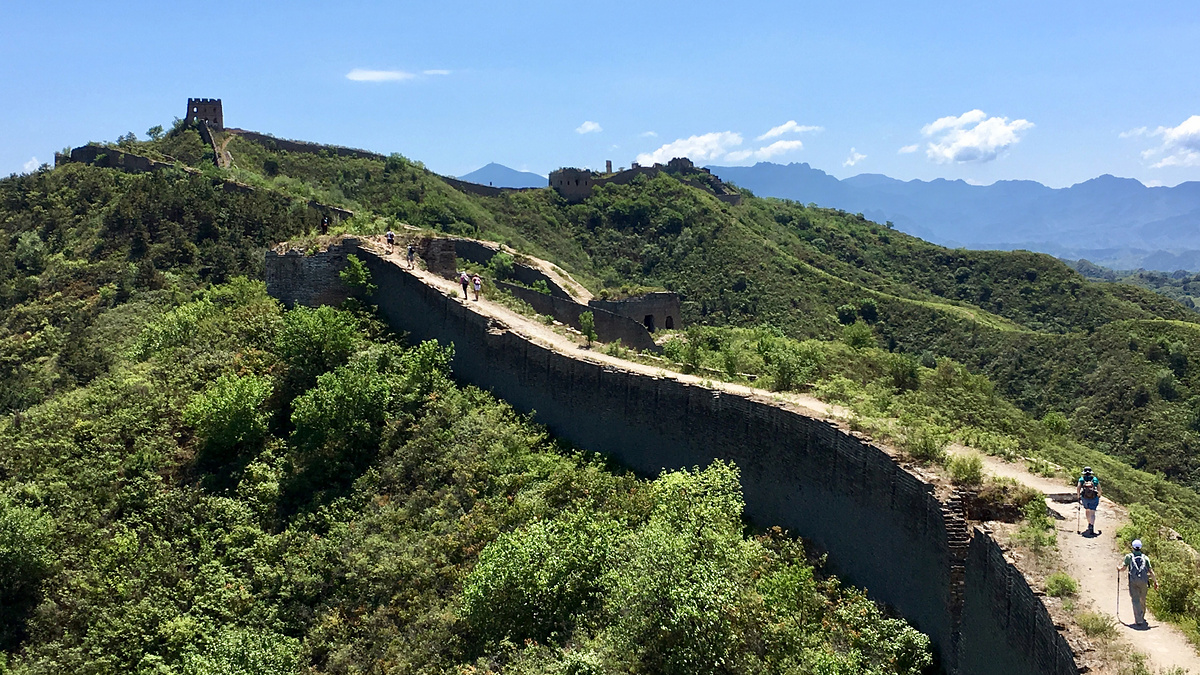
Interesting feature #7
Near one of the towers in the preceding photo is a secret door. Well, not really secret, but if you’re not looking for it you’d walk right over it and not notice. To me it looks like it would be part of a path from the Gubeikou camp and main pass down by the river up to this top section of the Great Wall.
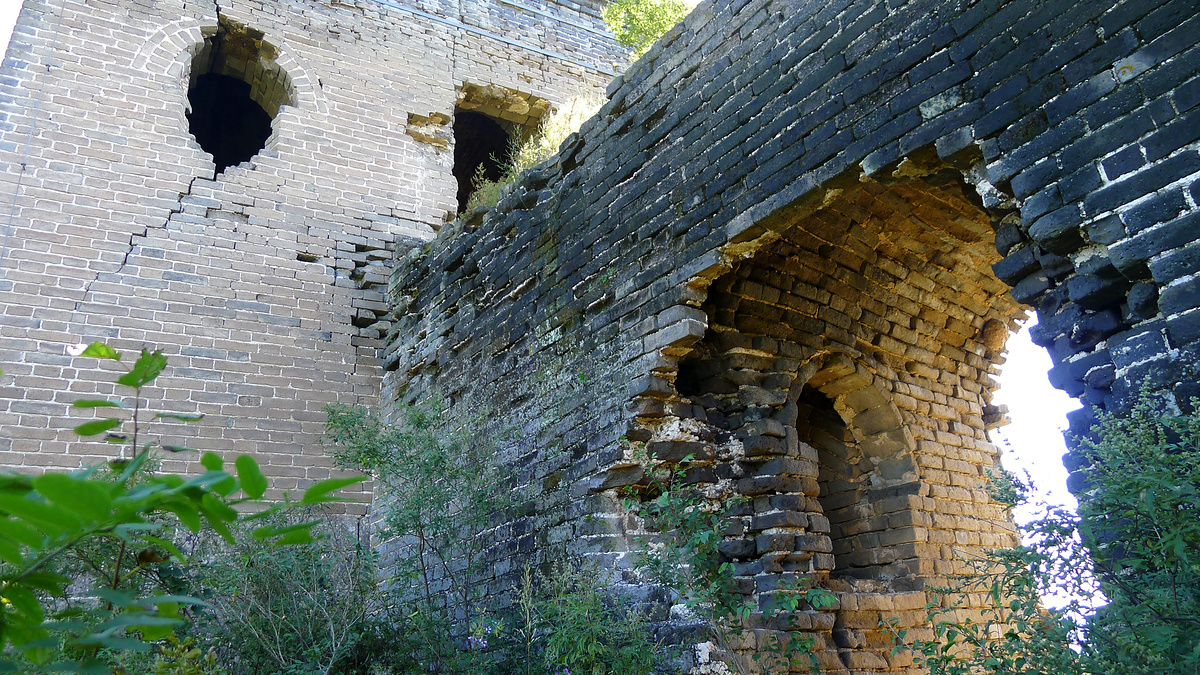
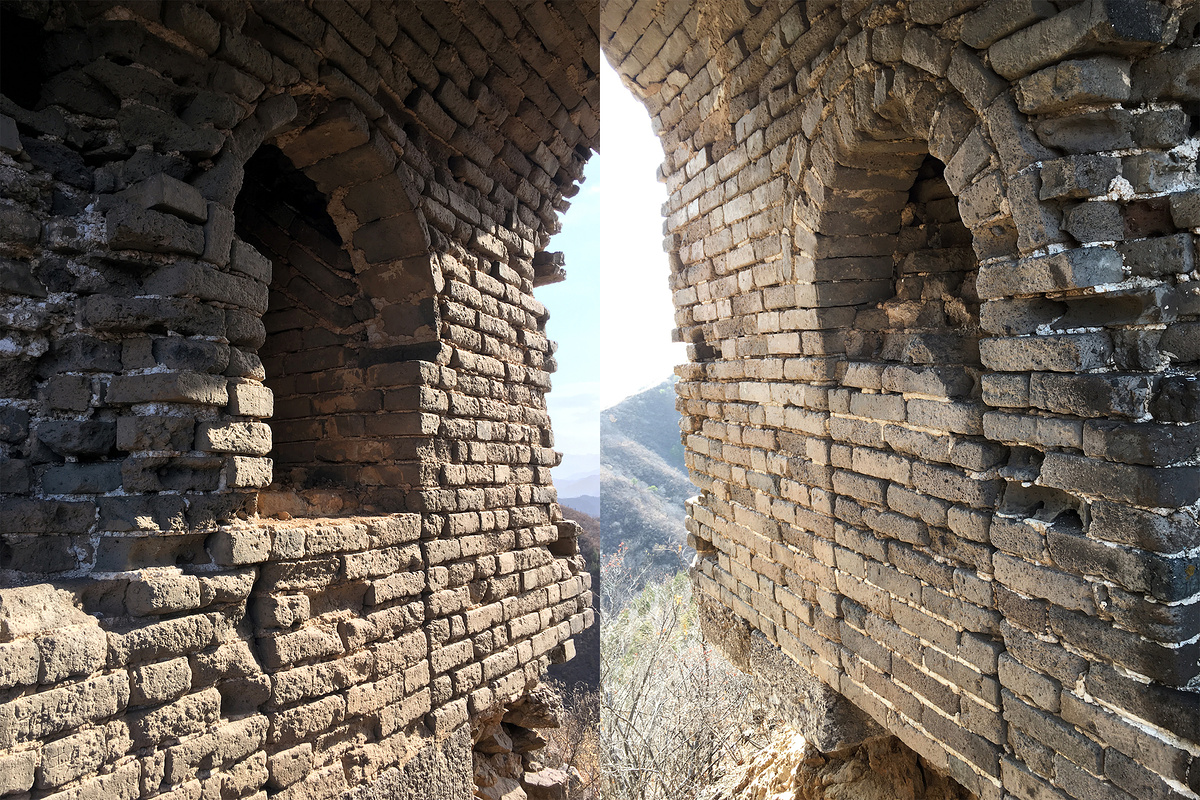
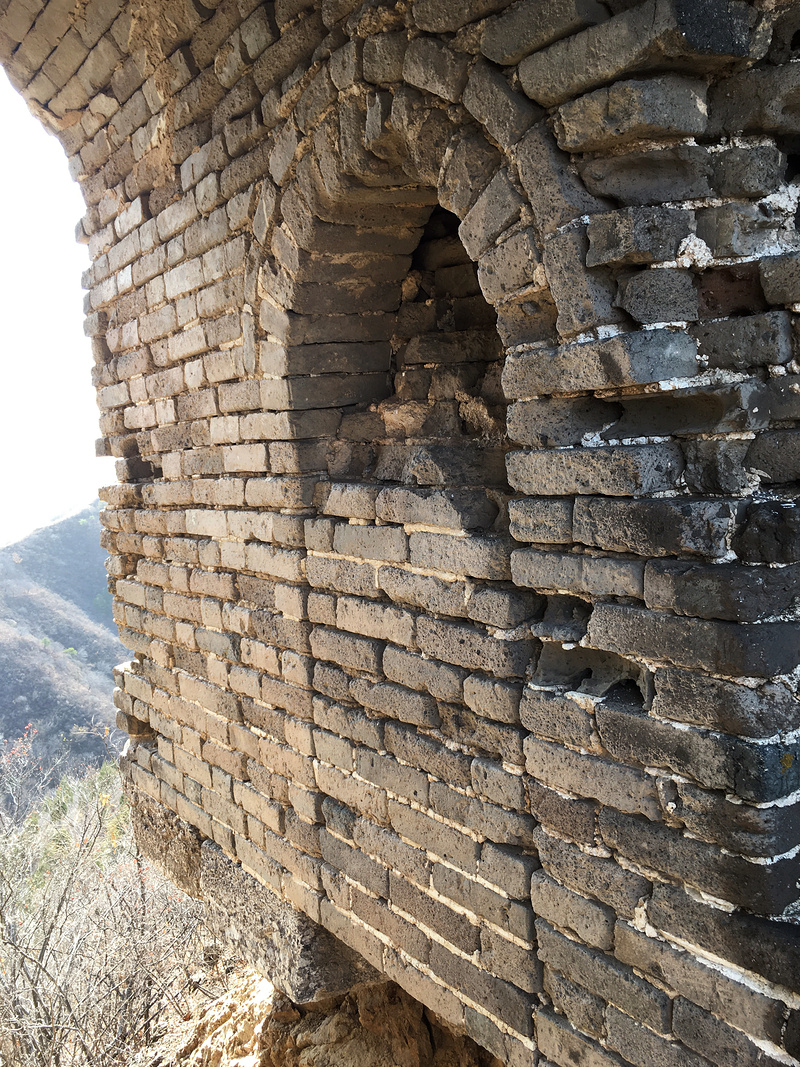
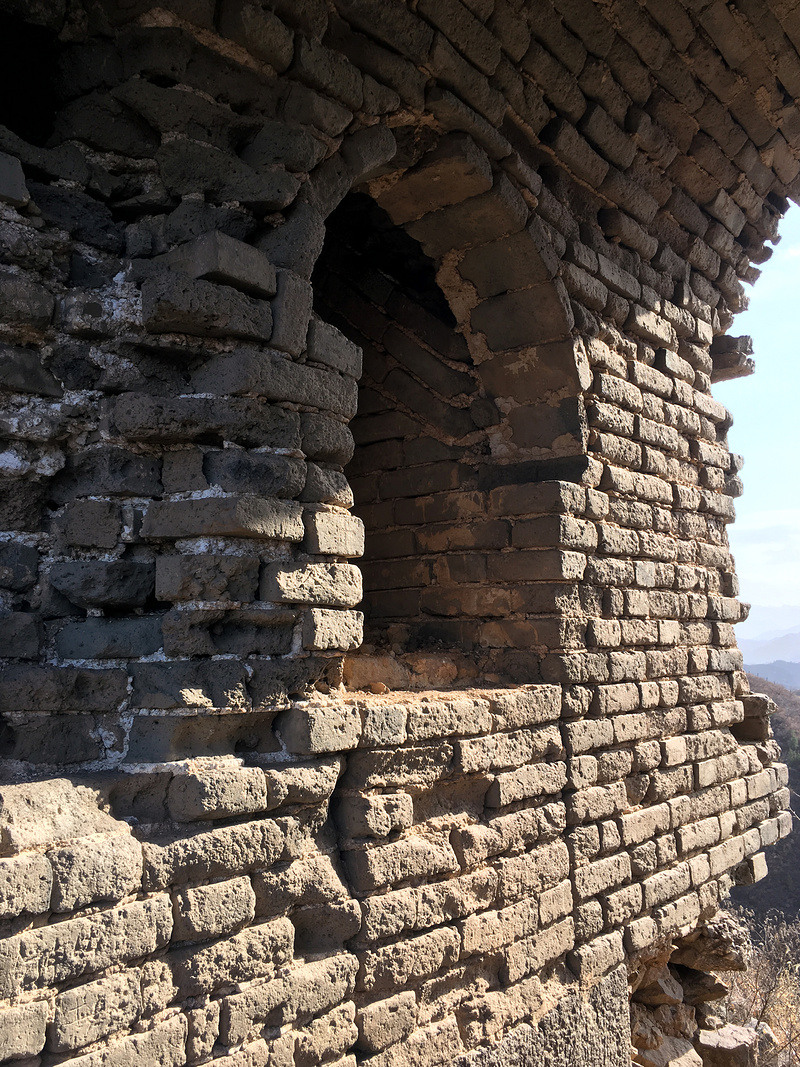

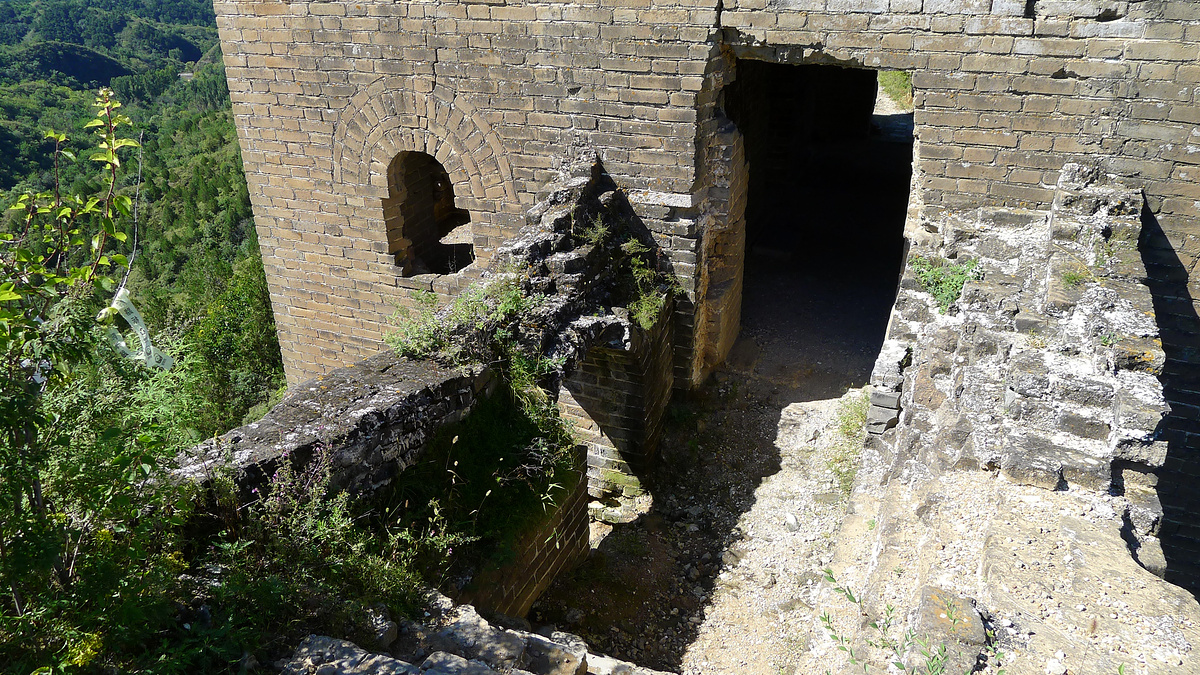

From here it’s a short walk to 24-Eyes Tower.
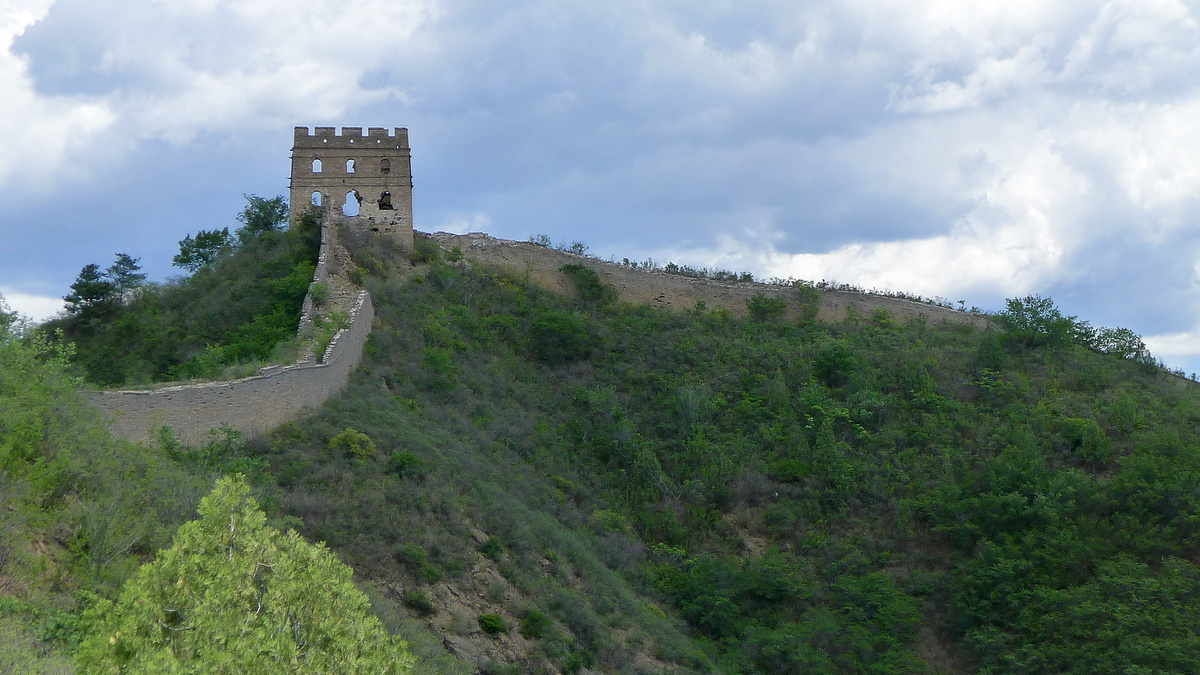
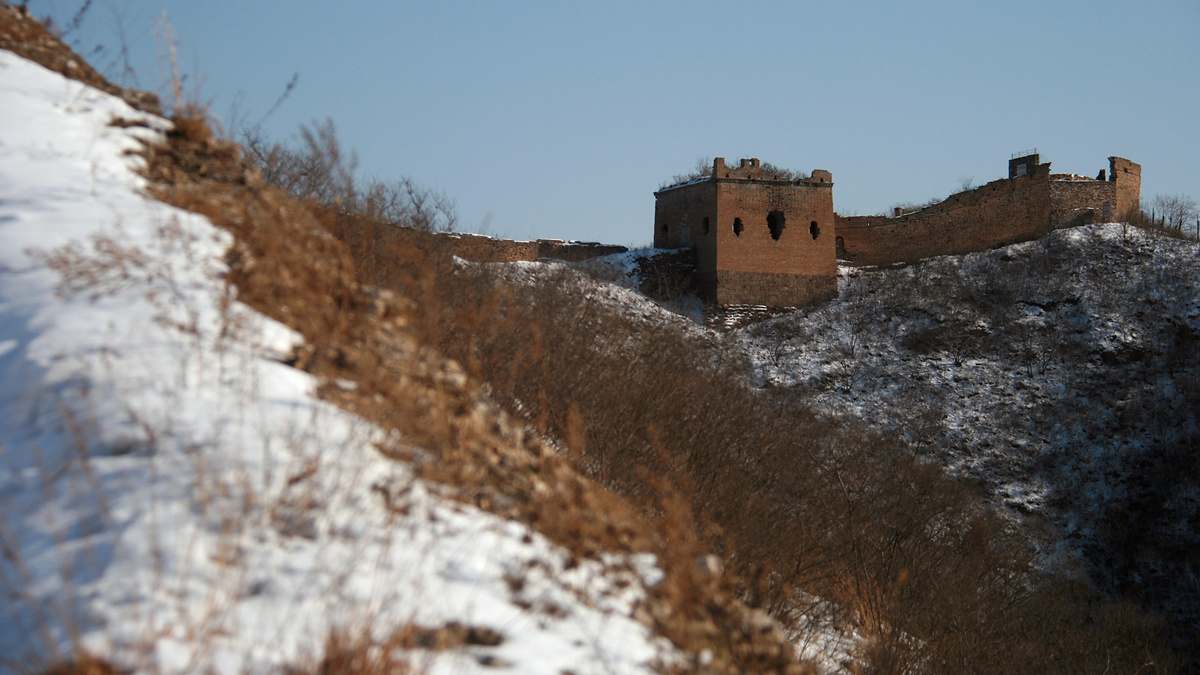
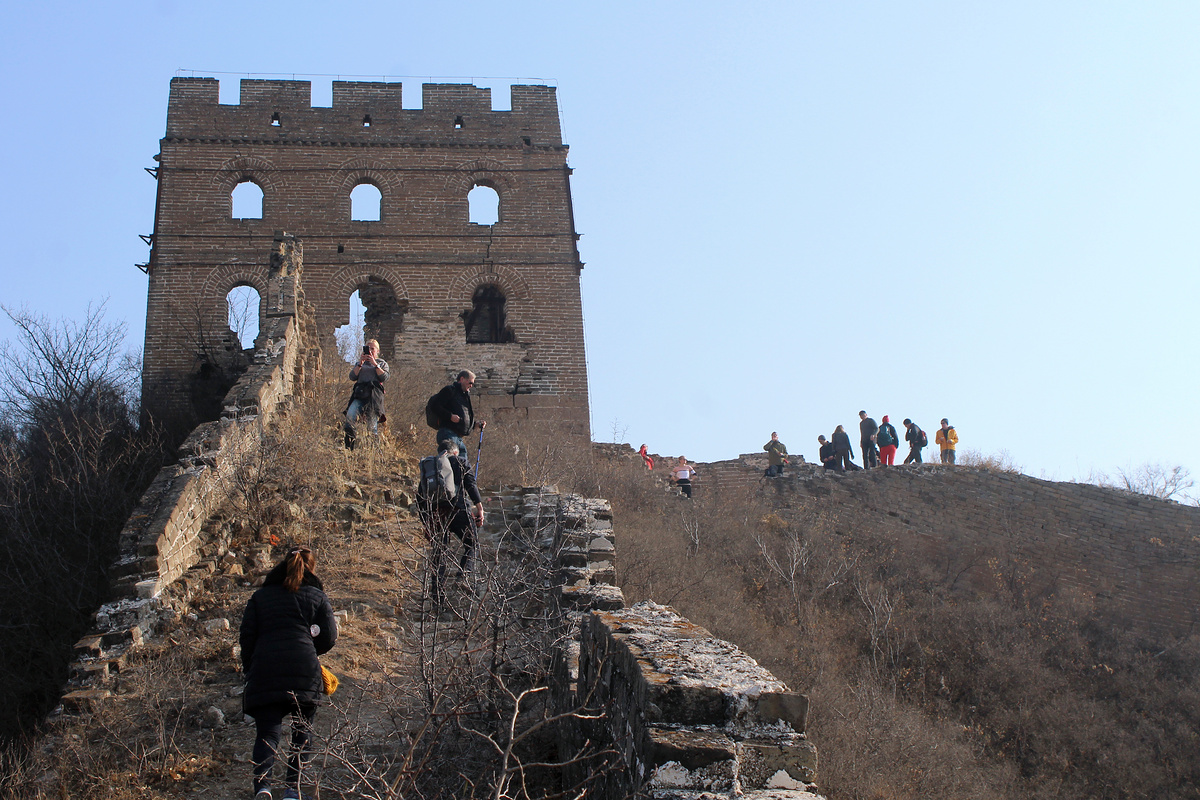

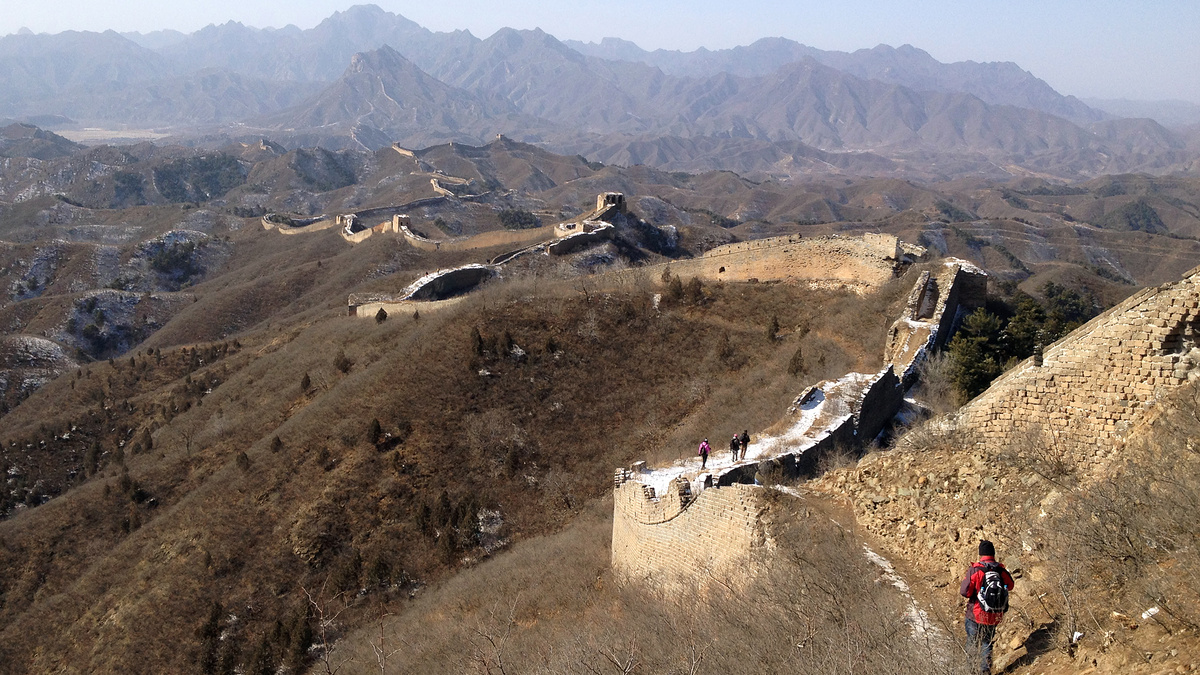
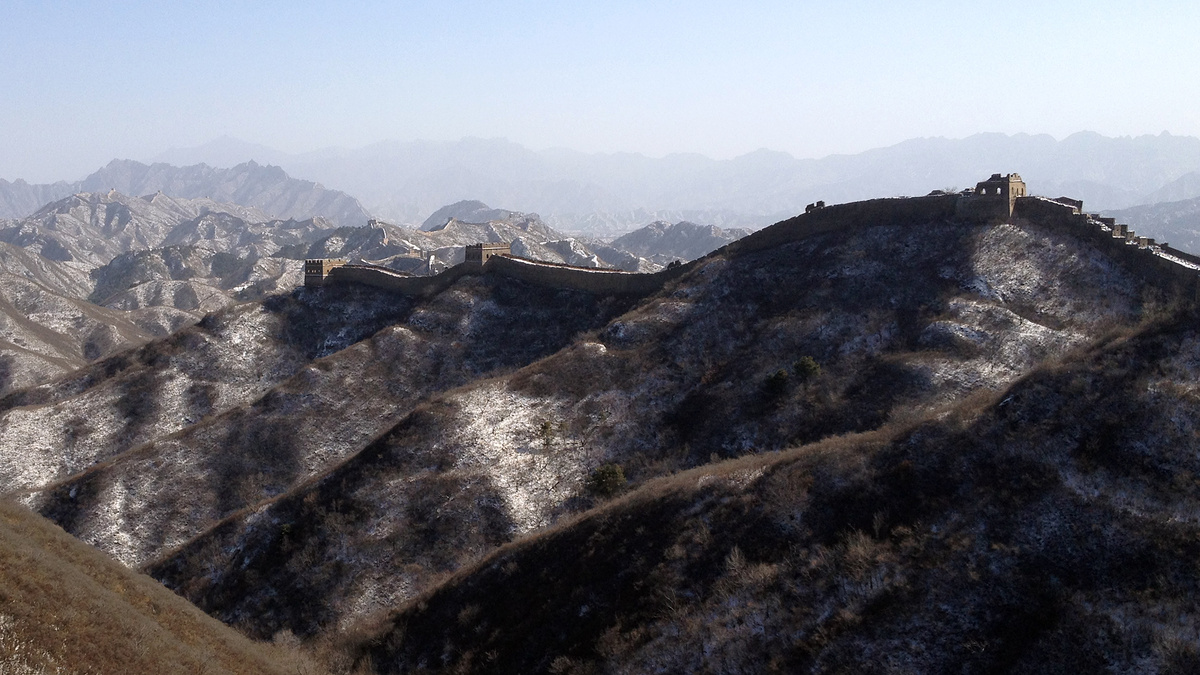
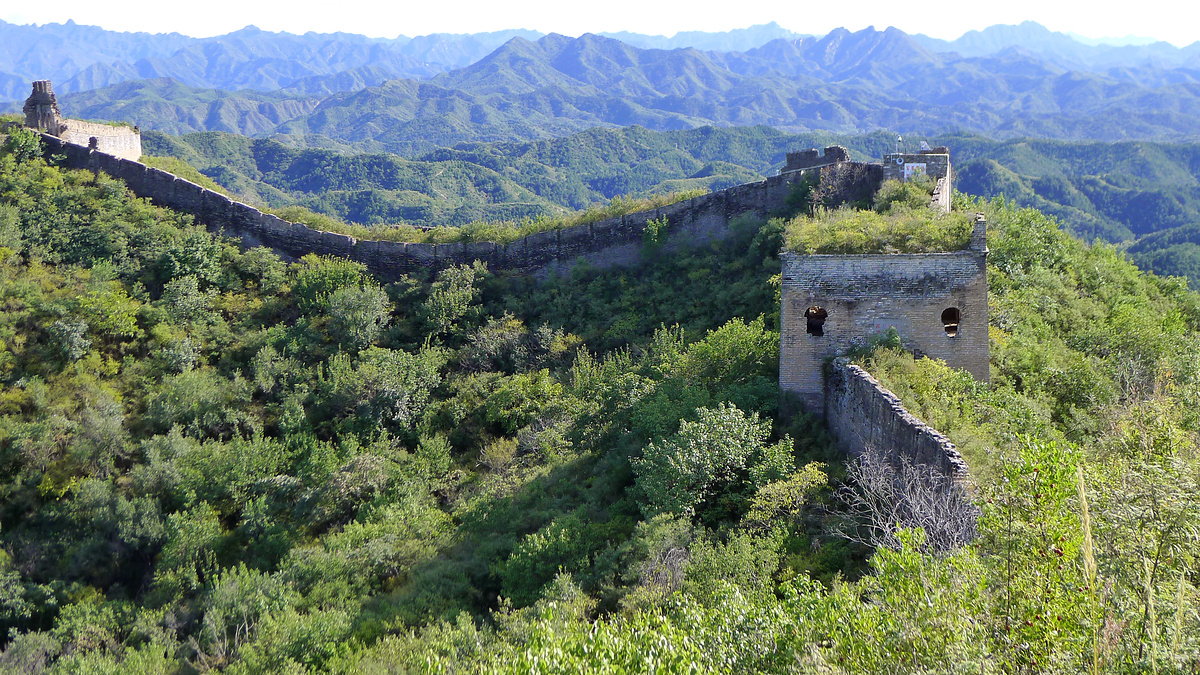
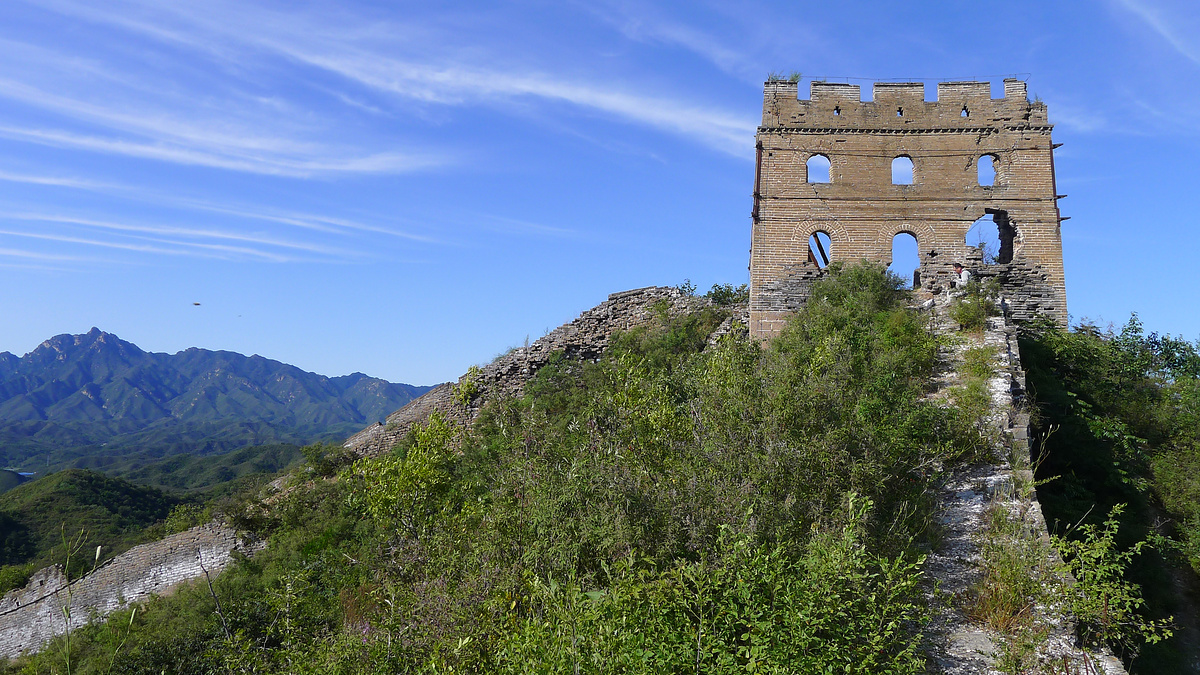
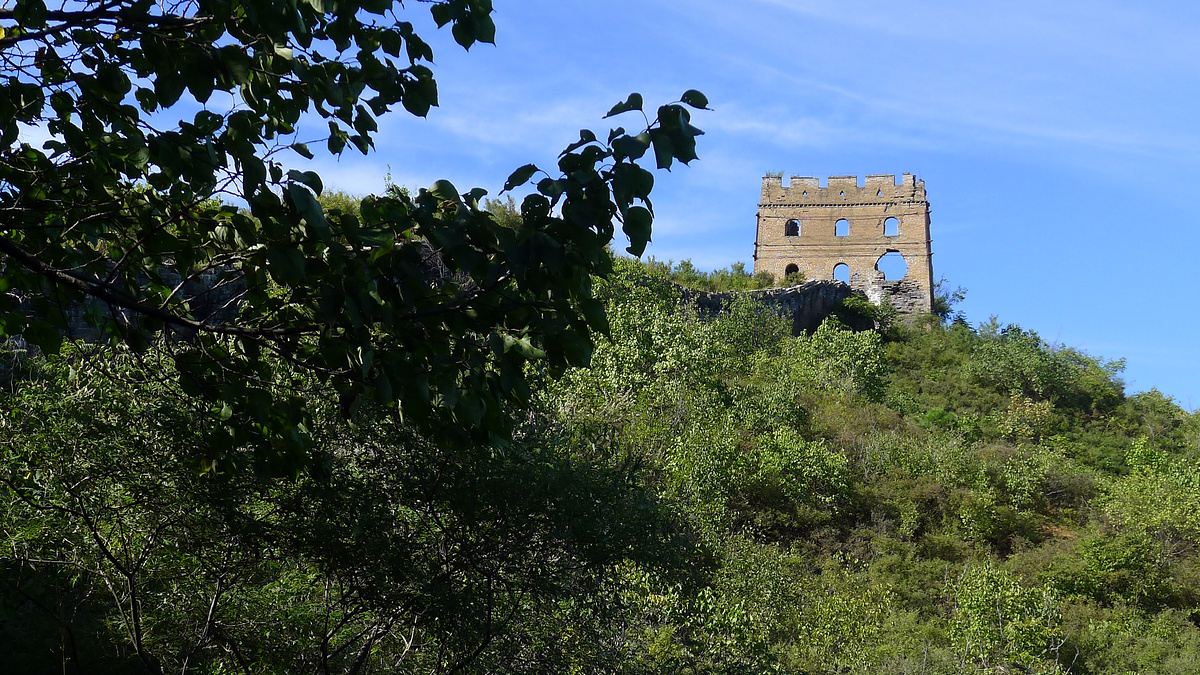
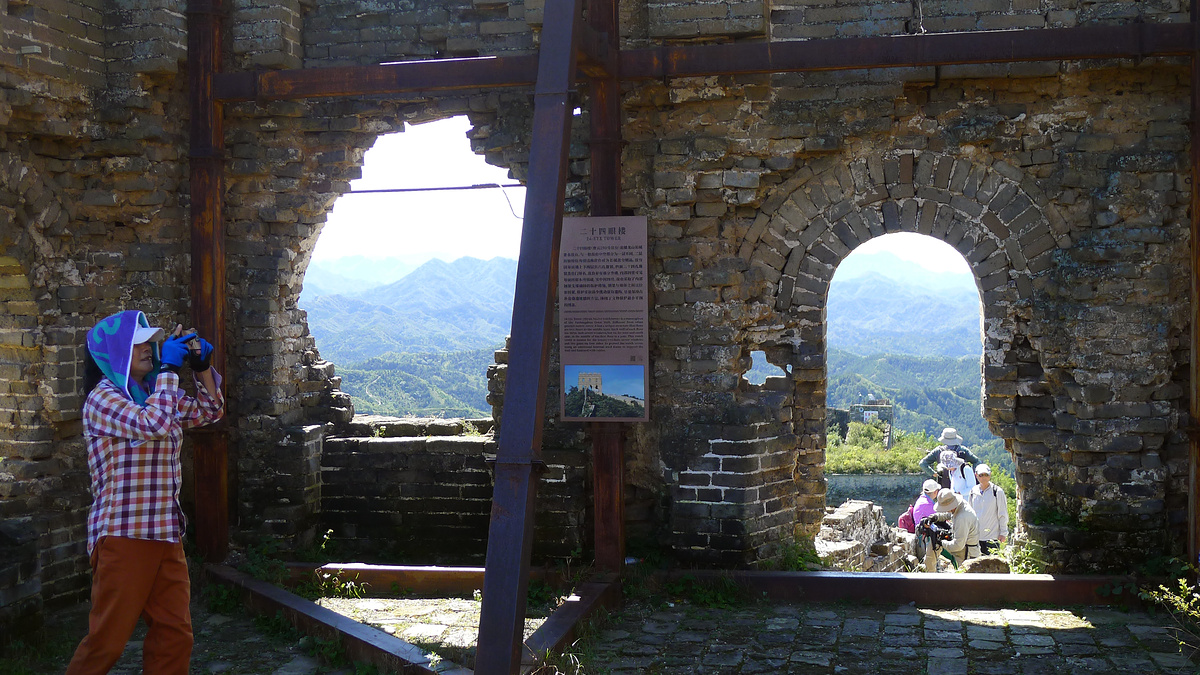
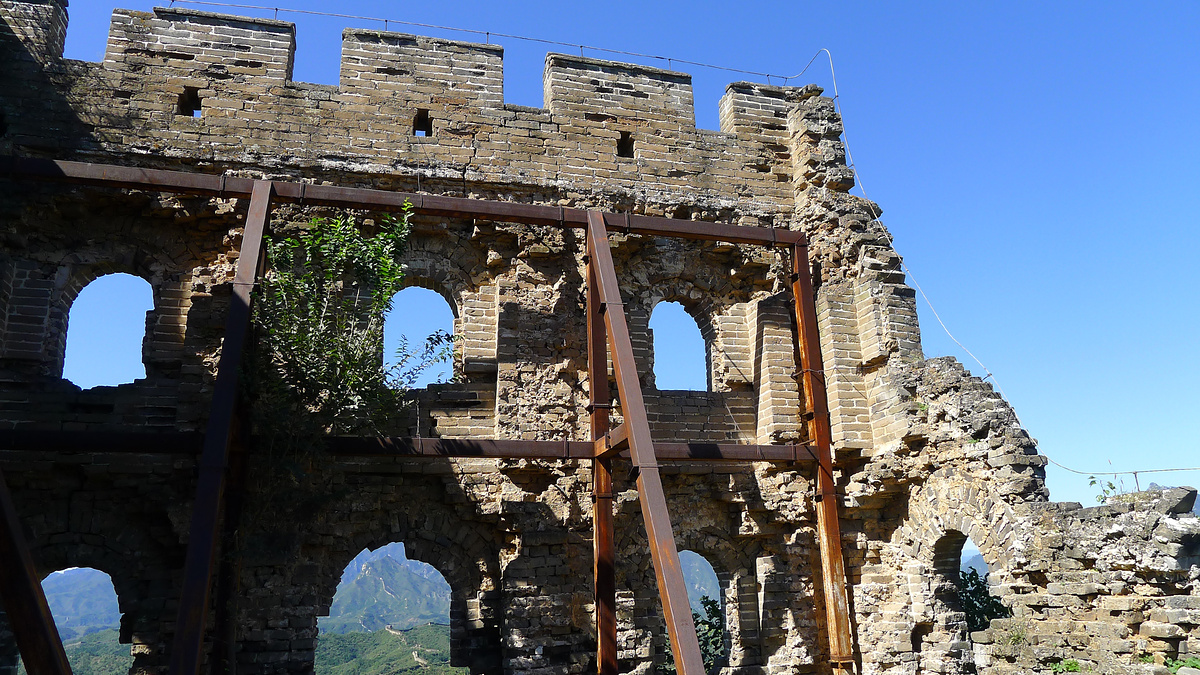
Interesting feature #8
In the northwest corner of 24-Eyes Tower is a pillbox built during the 1933 Battle of the Great Wall. (This was previously mistaken for a rubbish bin; we cleaned it out on cleanup hikes several times.)
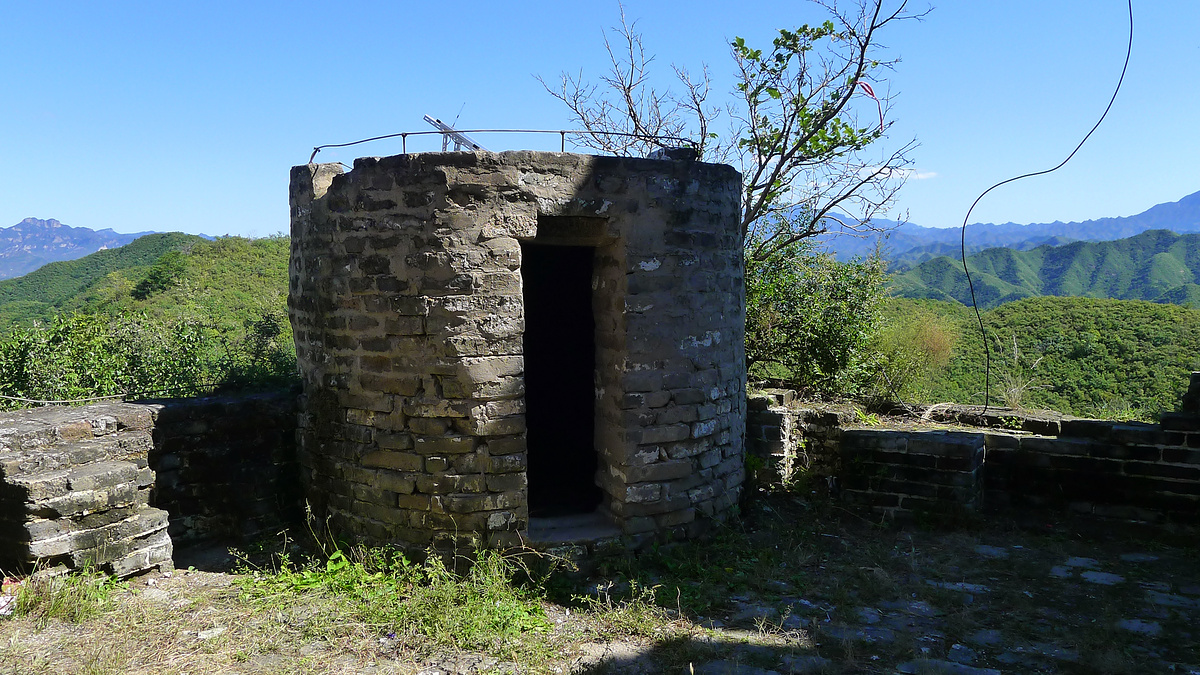
The pillbox offered a protected line of fire out towards a nearby hilltop, a hilltop from which attackers would have had a prime spot for taking potshots at anyone inside the tower, as you’ll see in the following photos.
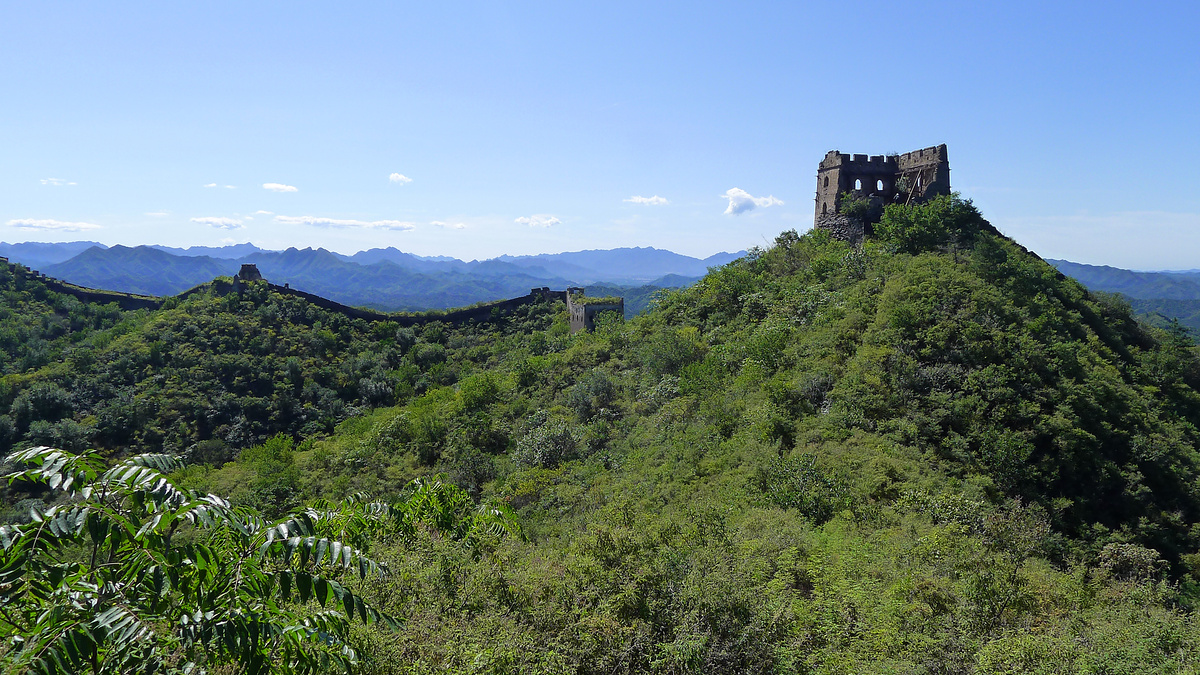
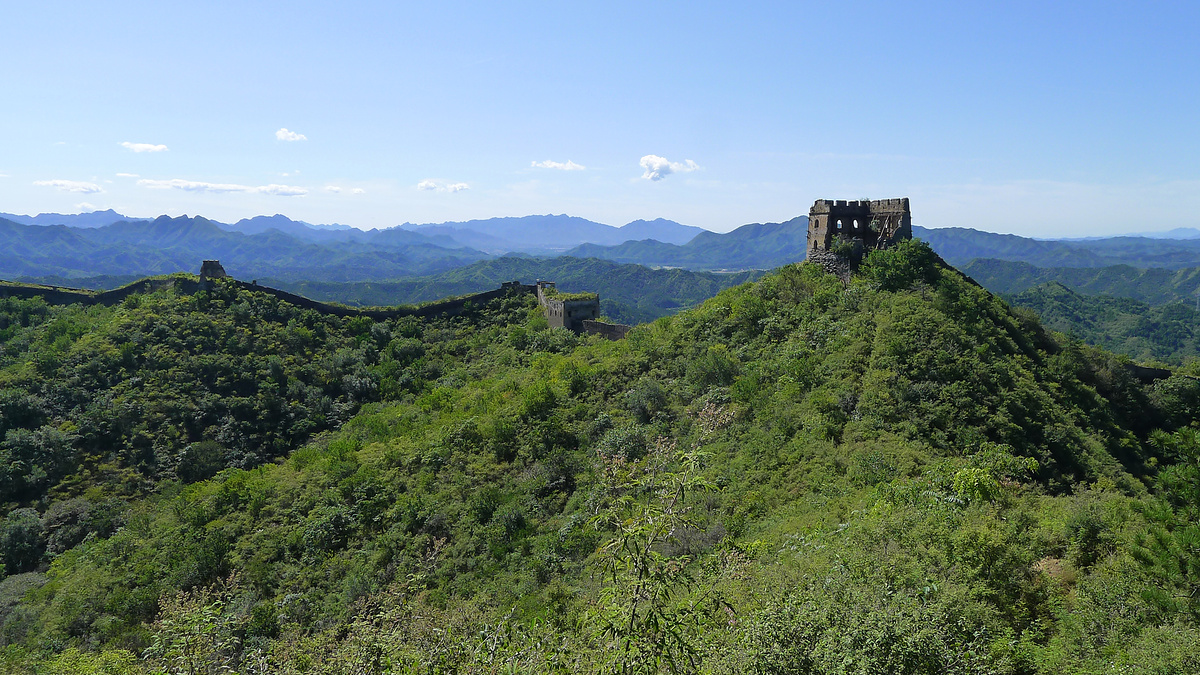

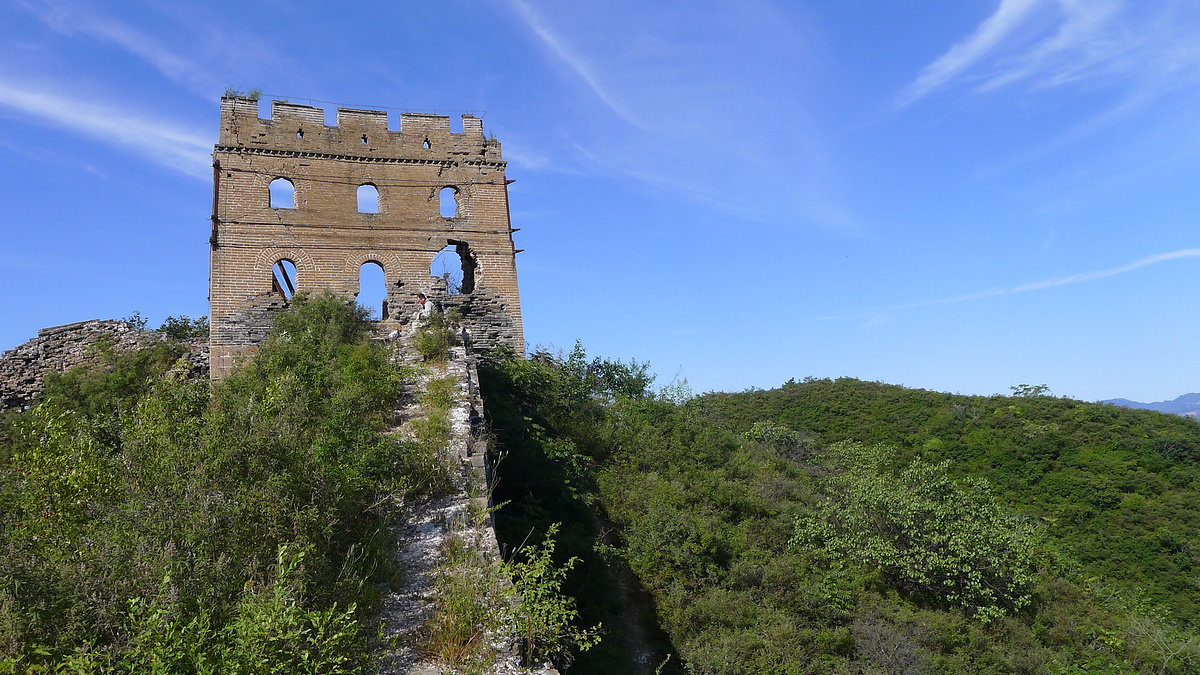
Notes and links
Beijing Hikers organises Gubeikou Great Wall hikes a few times each month.
Gubeikou Great Wall information
Gubeikou Great Wall
Gǔběikǒu / 古北口 / Old North Pass
Pánlóng Shān / 蟠龙山 / Coiled Dragon Mountain
Battle of the Great Wall
Battle/Defense of the Great Wall on Wikipedia
Maps
Some more of the GPS maps I made for this area.
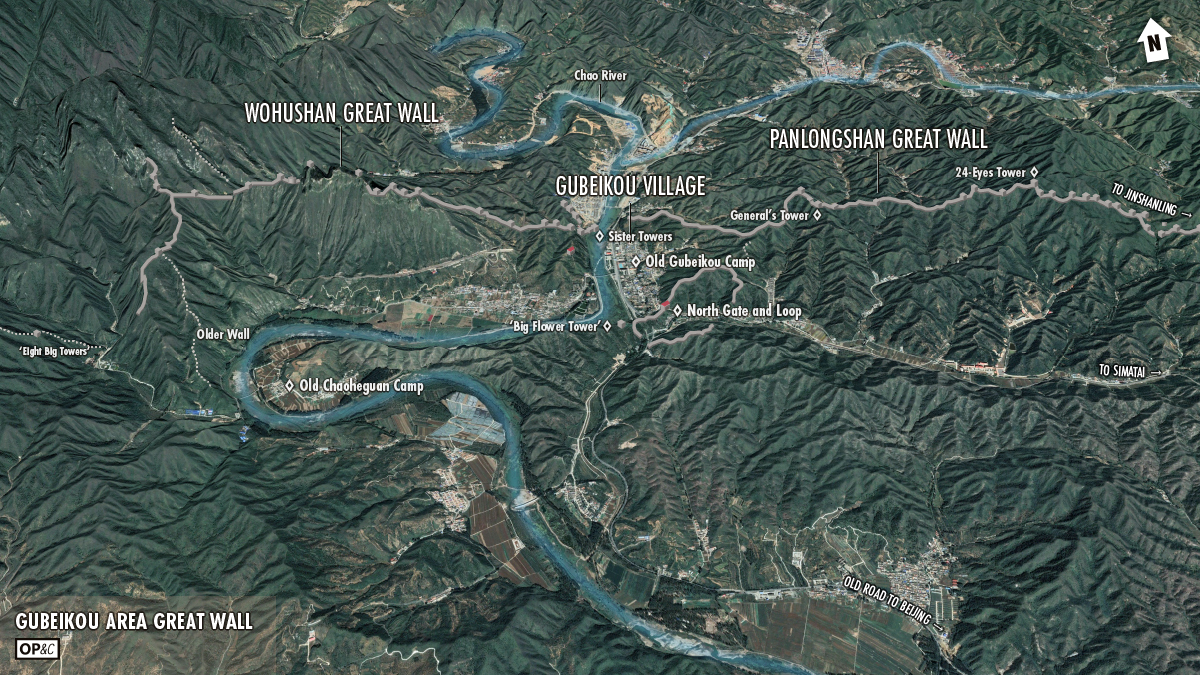
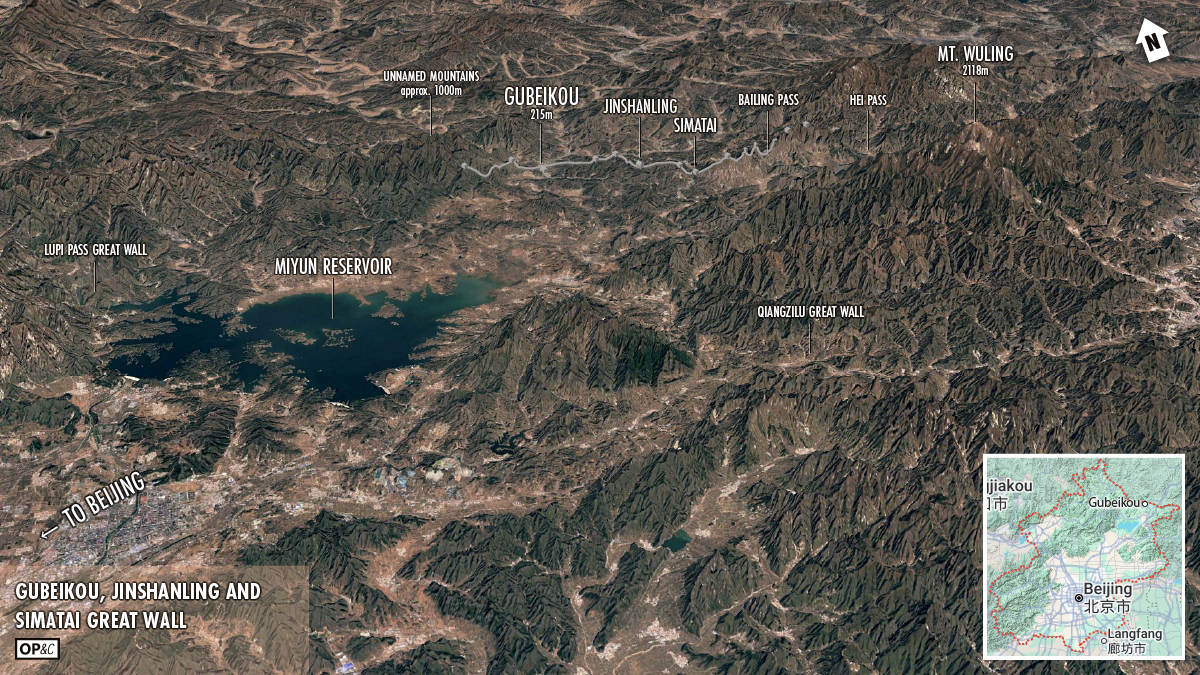
To-do
There’s still a bit more to do to finish this post in proper style.
- Photo of the pillbox in 24-Eyes Tower ✅ (2025/09/18)
- Photos of the overlapping windows and inner walls in some of the towers (Photos taken 2025/09/18, yet to be processed)
- Get better shots of some of the other towers on the top section (Photos taken 2025/09/18, yet to be processed)
- Better photos of the repaired minor pass and little gate
- Some more photos of the secret arch and the trail that leads up to it ✅ (2025/09/18, although no photos from the trail that leads up to it, the trail being hopelessly overgrown)
- Explore what looks like another secret door near the Exploded Tower
- Photos of some of the bullet holes (Took photos 2025/09/18 but they’re all blurry)
- Photos of more of the stamps in the bricks, including the one that says “Seventh Year of the Wanli Emperor”
- Actually hike the main line of wall down towards the river, and get some photos of that part of the Great Wall
- Better angles of the rephotography photos so I can overlay them and make an animation that fades between old photo and new photo
- Ask an expert about the bore in the foundation block
